Keenly Preesents
TWOPOINTS
Lupi Asensio & Martin Lorenz
Designer
Lupi Asensio & Martin Lorenz
Designer
Lupi Asensio & Martin Lorenz
Designer
Lupi Asensio & Martin Lorenz
Designer
Lupi Asensio & Martin Lorenz
Designer
Hamburg
Hamburg
Hamburg
Hamburg
Hamburg
Mario Gorniok (Interview, Ton)
Julia Cybulski (Kamera, Schnitt)
Mila Haegele (Redaktion)
Mario Gorniok (Interview, Ton)
Julia Cybulski (Kamera, Schnitt)
Mila Haegele (Redaktion)
Mario Gorniok (Interview, Ton)
Julia Cybulski (Kamera, Schnitt)
Mila Haegele (Redaktion)
Mario Gorniok (Interview, Ton)
Julia Cybulski (Kamera, Schnitt)
Mila Haegele (Redaktion)
Mario Gorniok (Interview, Ton)
Julia Cybulski (Kamera, Schnitt)
Mila Haegele (Redaktion)
"You don’t tell them, you let
them think, that if they gonna
pay you more, they will get
something even better."
"You don’t tell them,
you let them think, that if they gonna pay you more, they will get something even better."
"You don’t tell them, you let them think, that if they gonna
pay you more, they will get something even better."
"You don’t tell them, you let
them think, that if they gonna
pay you more, they will get
something even better."
"You don’t tell them, you let
them think,
that if they gonna
pay you more, they will get
something even better."
How fascinating can design be? Learn more when Keenly preesents meets Lupi Asensio and Martin Lorenz of the design studio TwoPoints.Net. See the whole story now!
How fascinating can design be? Learn more when Keenly preesents meets Lupi Asensio and Martin Lorenz of the design studio TwoPoints.Net. See the whole story now!
How fascinating can design be? Learn more when Keenly preesents meets Lupi Asensio and Martin Lorenz of the design studio TwoPoints.Net. See the whole story now!
How fascinating can design be? Learn more when Keenly preesents meets Lupi Asensio and Martin Lorenz of the design studio TwoPoints.Net. See the whole story now!
How fascinating can design be? Learn more when Keenly preesents meets Lupi Asensio and Martin Lorenz of the design studio TwoPoints.Net. See the whole story now!
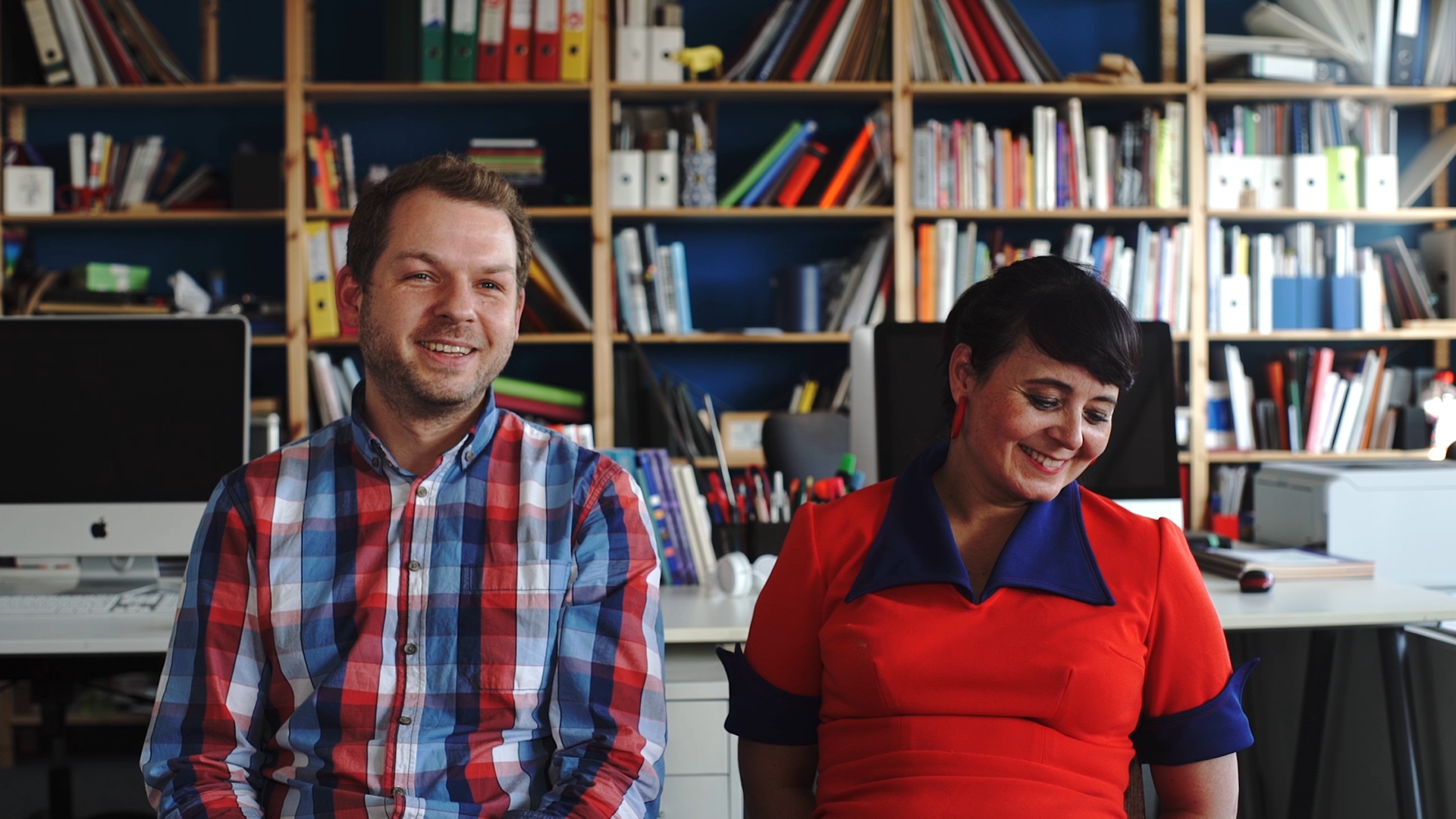
ML: Hi I am Martin Lorenz and I am a graphic Designer.
LA: Hey I am Lupi Asensio and I am a graphic designer, too.
The most challenging part is to find a visual concept and this part we do together. Once we have the concept then Martin is the one who develop more the system visually, normally.
He is better in typeface, so when it comes to choose a typeface we don’t discuss because Martin is better than me. And when it comes to colour we don’t discuss either because Martin gives me the Pantone charge and tell me give me the colours so ... is that right, Martin?
Can you remember the first intense experience with design?
ML: That’s an interesting question because the first time I was aware of design is when I didn’t really know what design is. I still remember from my early childhood that my father had this Billy Fleckhaus designed Suhrkamp series of books, the famous rainbow series. And in my kidsroom was filled with these books – this had a really strong impression on me. But I didn’t really know that this was design. But it is something that still fascinates me as well, how you can make such an impression with just a book spine.
LA: I discovered that actually you can find a lot of design in literature and literature is another of my big passions. So to discover that design is in books, but actually it is everywhere, it was a really big excitement.
What did you want to be when you grew up?
ML: Well as a kid I always imagined to be either a comic artist or a cook.
I wanted to do an internship as a cook but I couldn’t because I got sick. So I took the other profession that I liked, comic artist. But in our building we had a graphic design studio and I ended up doing my internship there and this is where I had the first contact with graphic design. One talk which I had there was with one artist which really marked me and when I decided not to become a comic artist, but a graphic designer is that she said the life as an artist is really hard and lowly. And what I saw in this design office I really enjoyed because as a designer you have a lot of contact with different people. So I think with 12 already I had made up my mind that I want to become a designer.
LA: Well at 10 I wanted to be noun, dancer and singer, everything together because I was in a religious school. At 13 I wanted to be detective because I was into Agatha Christie. At 14 I wanted to be veterinary, doctor for animals, because I love animals.
Your first design?
ML: So the very first project of twopoints.net is a project that we did together before twopints actually existed, it is called the “one weekend book”-series. One book has to be done in 48 hours in one weekend. They don’t have any other concept than meet someone I don’t know and then to do with this person a book.
LA: So it is like a share authorship, there is not anymore just you drawing or he drawing, it is something that is just a product of the moment and of the circumstances as well. And of how much you slept or didn’t slept the night before, because everything is about the spontaneity, a computer is forbidden – so it is about: let accidents happen and explore things without briefing actually.
Your worst experience in your job so far?
ML: The most embarrassing moment I can remember, was when I recognized that something that we designed looked exactly like something somewhere else already designed. We would never do this and that's why it was so embarrassing. Because we looked the same and it was something from unformated for Nike, a big project, everybody has seen it. And we just did a campaign for a festival in Barcelona. Next morning I sent him an Email and tell, look I just found out that our design looks exactly like yours, but then he answered to days later and everything was fine, but these two days were hell. And I slept really bad.
Some words to design students:
LA: One student asked me last semester: They asked me to do this job and how much should I charge. I told him you should charge this for hour and you have to calculate the hours you need. He said what about when they have less money. Then I said: OK, if you gonna say if you have less money I have to do less. I can do it but I am gonna do less. And then you do exactly the same that you do, because you do it for your portfolio. You don’t tell them, you let them think, that if they gonna pay you more, they will get something even better.
Hamburg, September 2016
ML: Hi I am Martin Lorenz and I am a graphic Designer.
LA: Hey I am Lupi Asensio and I am a graphic designer, too.
The most challenging part is to find a visual concept and this part we do together. Once we have the concept then Martin is the one who develop more the system visually, normally.
He is better in typeface, so when it comes to choose a typeface we don’t discuss because Martin is better than me. And when it comes to colour we don’t discuss either because Martin gives me the Pantone charge and tell me give me the colours so ... is that right, Martin?
Can you remember the first intense experience with design?
ML: That’s an interesting question because the first time I was aware of design is when I didn’t really know what design is. I still remember from my early childhood that my father had this Billy Fleckhaus designed Suhrkamp series of books, the famous rainbow series. And in my kidsroom was filled with these books – this had a really strong impression on me. But I didn’t really know that this was design. But it is something that still fascinates me as well, how you can make such an impression with just a book spine.
LA: I discovered that actually you can find a lot of design in literature and literature is another of my big passions. So to discover that design is in books, but actually it is everywhere, it was a really big excitement.
What did you want to be when you grew up?
ML: Well as a kid I always imagined to be either a comic artist or a cook.
I wanted to do an internship as a cook but I couldn’t because I got sick. So I took the other profession that I liked, comic artist. But in our building we had a graphic design studio and I ended up doing my internship there and this is where I had the first contact with graphic design. One talk which I had there was with one artist which really marked me and when I decided not to become a comic artist, but a graphic designer is that she said the life as an artist is really hard and lowly. And what I saw in this design office I really enjoyed because as a designer you have a lot of contact with different people. So I think with 12 already I had made up my mind that I want to become a designer.
LA: Well at 10 I wanted to be noun, dancer and singer, everything together because I was in a religious school. At 13 I wanted to be detective because I was into Agatha Christie. At 14 I wanted to be veterinary, doctor for animals, because I love animals.
Your first design?
ML: So the very first project of twopoints.net is a project that we did together before twopints actually existed, it is called the “one weekend book”-series. One book has to be done in 48 hours in one weekend. They don’t have any other concept than meet someone I don’t know and then to do with this person a book.
LA: So it is like a share authorship, there is not anymore just you drawing or he drawing, it is something that is just a product of the moment and of the circumstances as well. And of how much you slept or didn’t slept the night before, because everything is about the spontaneity, a computer is forbidden – so it is about: let accidents happen and explore things without briefing actually.
Your worst experience in your job so far?
ML: The most embarrassing moment I can remember, was when I recognized that something that we designed looked exactly like something somewhere else already designed. We would never do this and that's why it was so embarrassing. Because we looked the same and it was something from unformated for Nike, a big project, everybody has seen it. And we just did a campaign for a festival in Barcelona. Next morning I sent him an Email and tell, look I just found out that our design looks exactly like yours, but then he answered to days later and everything was fine, but these two days were hell. And I slept really bad.
Some words to design students:
LA: One student asked me last semester: They asked me to do this job and how much should I charge. I told him you should charge this for hour and you have to calculate the hours you need. He said what about when they have less money. Then I said: OK, if you gonna say if you have less money I have to do less. I can do it but I am gonna do less. And then you do exactly the same that you do, because you do it for your portfolio. You don’t tell them, you let them think, that if they gonna pay you more, they will get something even better.
Hamburg, September 2016
ML: Hi I am Martin Lorenz and I am a graphic Designer.
LA: Hey I am Lupi Asensio and I am a graphic designer, too.
The most challenging part is to find a visual concept and this part we do together. Once we have the concept then Martin is the one who develop more the system visually, normally.
He is better in typeface, so when it comes to choose a typeface we don’t discuss because Martin is better than me. And when it comes to colour we don’t discuss either because Martin gives me the Pantone charge and tell me give me the colours so ... is that right, Martin?
Can you remember the first intense experience with design?
ML: That’s an interesting question because the first time I was aware of design is when I didn’t really know what design is. I still remember from my early childhood that my father had this Billy Fleckhaus designed Suhrkamp series of books, the famous rainbow series. And in my kidsroom was filled with these books – this had a really strong impression on me. But I didn’t really know that this was design. But it is something that still fascinates me as well, how you can make such an impression with just a book spine.
LA: I discovered that actually you can find a lot of design in literature and literature is another of my big passions. So to discover that design is in books, but actually it is everywhere, it was a really big excitement.
What did you want to be when you grew up?
ML: Well as a kid I always imagined to be either a comic artist or a cook.
I wanted to do an internship as a cook but I couldn’t because I got sick. So I took the other profession that I liked, comic artist. But in our building we had a graphic design studio and I ended up doing my internship there and this is where I had the first contact with graphic design. One talk which I had there was with one artist which really marked me and when I decided not to become a comic artist, but a graphic designer is that she said the life as an artist is really hard and lowly. And what I saw in this design office I really enjoyed because as a designer you have a lot of contact with different people. So I think with 12 already I had made up my mind that I want to become a designer.
LA: Well at 10 I wanted to be noun, dancer and singer, everything together because I was in a religious school. At 13 I wanted to be detective because I was into Agatha Christie. At 14 I wanted to be veterinary, doctor for animals, because I love animals.
Your first design?
ML: So the very first project of twopoints.net is a project that we did together before twopints actually existed, it is called the “one weekend book”-series. One book has to be done in 48 hours in one weekend. They don’t have any other concept than meet someone I don’t know and then to do with this person a book.
LA: So it is like a share authorship, there is not anymore just you drawing or he drawing, it is something that is just a product of the moment and of the circumstances as well. And of how much you slept or didn’t slept the night before, because everything is about the spontaneity, a computer is forbidden – so it is about: let accidents happen and explore things without briefing actually.
Your worst experience in your job so far?
ML: The most embarrassing moment I can remember, was when I recognized that something that we designed looked exactly like something somewhere else already designed. We would never do this and that's why it was so embarrassing. Because we looked the same and it was something from unformated for Nike, a big project, everybody has seen it. And we just did a campaign for a festival in Barcelona. Next morning I sent him an Email and tell, look I just found out that our design looks exactly like yours, but then he answered to days later and everything was fine, but these two days were hell. And I slept really bad.
Some words to design students:
LA: One student asked me last semester: They asked me to do this job and how much should I charge. I told him you should charge this for hour and you have to calculate the hours you need. He said what about when they have less money. Then I said: OK, if you gonna say if you have less money I have to do less. I can do it but I am gonna do less. And then you do exactly the same that you do, because you do it for your portfolio. You don’t tell them, you let them think, that if they gonna pay you more, they will get something even better.
Hamburg, September 2016
ML: Hi I am Martin Lorenz and I am a graphic Designer.
LA: Hey I am Lupi Asensio and I am a graphic designer, too.
The most challenging part is to find a visual concept and this part we do together. Once we have the concept then Martin is the one who develop more the system visually, normally.
He is better in typeface, so when it comes to choose a typeface we don’t discuss because Martin is better than me. And when it comes to colour we don’t discuss either because Martin gives me the Pantone charge and tell me give me the colours so ... is that right, Martin?
Can you remember the first intense experience with design?
ML: That’s an interesting question because the first time I was aware of design is when I didn’t really know what design is. I still remember from my early childhood that my father had this Billy Fleckhaus designed Suhrkamp series of books, the famous rainbow series. And in my kidsroom was filled with these books – this had a really strong impression on me. But I didn’t really know that this was design. But it is something that still fascinates me as well, how you can make such an impression with just a book spine.
LA: I discovered that actually you can find a lot of design in literature and literature is another of my big passions. So to discover that design is in books, but actually it is everywhere, it was a really big excitement.
What did you want to be when you grew up?
ML: Well as a kid I always imagined to be either a comic artist or a cook.
I wanted to do an internship as a cook but I couldn’t because I got sick. So I took the other profession that I liked, comic artist. But in our building we had a graphic design studio and I ended up doing my internship there and this is where I had the first contact with graphic design. One talk which I had there was with one artist which really marked me and when I decided not to become a comic artist, but a graphic designer is that she said the life as an artist is really hard and lowly. And what I saw in this design office I really enjoyed because as a designer you have a lot of contact with different people. So I think with 12 already I had made up my mind that I want to become a designer.
LA: Well at 10 I wanted to be noun, dancer and singer, everything together because I was in a religious school. At 13 I wanted to be detective because I was into Agatha Christie. At 14 I wanted to be veterinary, doctor for animals, because I love animals.
Your first design?
ML: So the very first project of twopoints.net is a project that we did together before twopints actually existed, it is called the “one weekend book”-series. One book has to be done in 48 hours in one weekend. They don’t have any other concept than meet someone I don’t know and then to do with this person a book.
LA: So it is like a share authorship, there is not anymore just you drawing or he drawing, it is something that is just a product of the moment and of the circumstances as well. And of how much you slept or didn’t slept the night before, because everything is about the spontaneity, a computer is forbidden – so it is about: let accidents happen and explore things without briefing actually.
Your worst experience in your job so far?
ML: The most embarrassing moment I can remember, was when I recognized that something that we designed looked exactly like something somewhere else already designed. We would never do this and that's why it was so embarrassing. Because we looked the same and it was something from unformated for Nike, a big project, everybody has seen it. And we just did a campaign for a festival in Barcelona. Next morning I sent him an Email and tell, look I just found out that our design looks exactly like yours, but then he answered to days later and everything was fine, but these two days were hell. And I slept really bad.
Some words to design students:
LA: One student asked me last semester: They asked me to do this job and how much should I charge. I told him you should charge this for hour and you have to calculate the hours you need. He said what about when they have less money. Then I said: OK, if you gonna say if you have less money I have to do less. I can do it but I am gonna do less. And then you do exactly the same that you do, because you do it for your portfolio. You don’t tell them, you let them think, that if they gonna pay you more, they will get something even better.
Hamburg, September 2016
ML: Hi I am Martin Lorenz and I am a graphic Designer.
LA: Hey I am Lupi Asensio and I am a graphic designer, too.
The most challenging part is to find a visual concept and this part we do together. Once we have the concept then Martin is the one who develop more the system visually, normally.
He is better in typeface, so when it comes to choose a typeface we don’t discuss because Martin is better than me. And when it comes to colour we don’t discuss either because Martin gives me the Pantone charge and tell me give me the colours so ... is that right, Martin?
Can you remember the first intense experience with design?
ML: That’s an interesting question because the first time I was aware of design is when I didn’t really know what design is. I still remember from my early childhood that my father had this Billy Fleckhaus designed Suhrkamp series of books, the famous rainbow series. And in my kidsroom was filled with these books – this had a really strong impression on me. But I didn’t really know that this was design. But it is something that still fascinates me as well, how you can make such an impression with just a book spine.
LA: I discovered that actually you can find a lot of design in literature and literature is another of my big passions. So to discover that design is in books, but actually it is everywhere, it was a really big excitement.
What did you want to be when you grew up?
ML: Well as a kid I always imagined to be either a comic artist or a cook.
I wanted to do an internship as a cook but I couldn’t because I got sick. So I took the other profession that I liked, comic artist. But in our building we had a graphic design studio and I ended up doing my internship there and this is where I had the first contact with graphic design. One talk which I had there was with one artist which really marked me and when I decided not to become a comic artist, but a graphic designer is that she said the life as an artist is really hard and lowly. And what I saw in this design office I really enjoyed because as a designer you have a lot of contact with different people. So I think with 12 already I had made up my mind that I want to become a designer.
LA: Well at 10 I wanted to be noun, dancer and singer, everything together because I was in a religious school. At 13 I wanted to be detective because I was into Agatha Christie. At 14 I wanted to be veterinary, doctor for animals, because I love animals.
Your first design?
ML: So the very first project of twopoints.net is a project that we did together before twopints actually existed, it is called the “one weekend book”-series. One book has to be done in 48 hours in one weekend. They don’t have any other concept than meet someone I don’t know and then to do with this person a book.
LA: So it is like a share authorship, there is not anymore just you drawing or he drawing, it is something that is just a product of the moment and of the circumstances as well. And of how much you slept or didn’t slept the night before, because everything is about the spontaneity, a computer is forbidden – so it is about: let accidents happen and explore things without briefing actually.
Your worst experience in your job so far?
ML: The most embarrassing moment I can remember, was when I recognized that something that we designed looked exactly like something somewhere else already designed. We would never do this and that's why it was so embarrassing. Because we looked the same and it was something from unformated for Nike, a big project, everybody has seen it. And we just did a campaign for a festival in Barcelona. Next morning I sent him an Email and tell, look I just found out that our design looks exactly like yours, but then he answered to days later and everything was fine, but these two days were hell. And I slept really bad.
Some words to design students:
LA: One student asked me last semester: They asked me to do this job and how much should I charge. I told him you should charge this for hour and you have to calculate the hours you need. He said what about when they have less money. Then I said: OK, if you gonna say if you have less money I have to do less. I can do it but I am gonna do less. And then you do exactly the same that you do, because you do it for your portfolio. You don’t tell them, you let them think, that if they gonna pay you more, they will get something even better.
Hamburg, September 2016
weitere Inspirationen
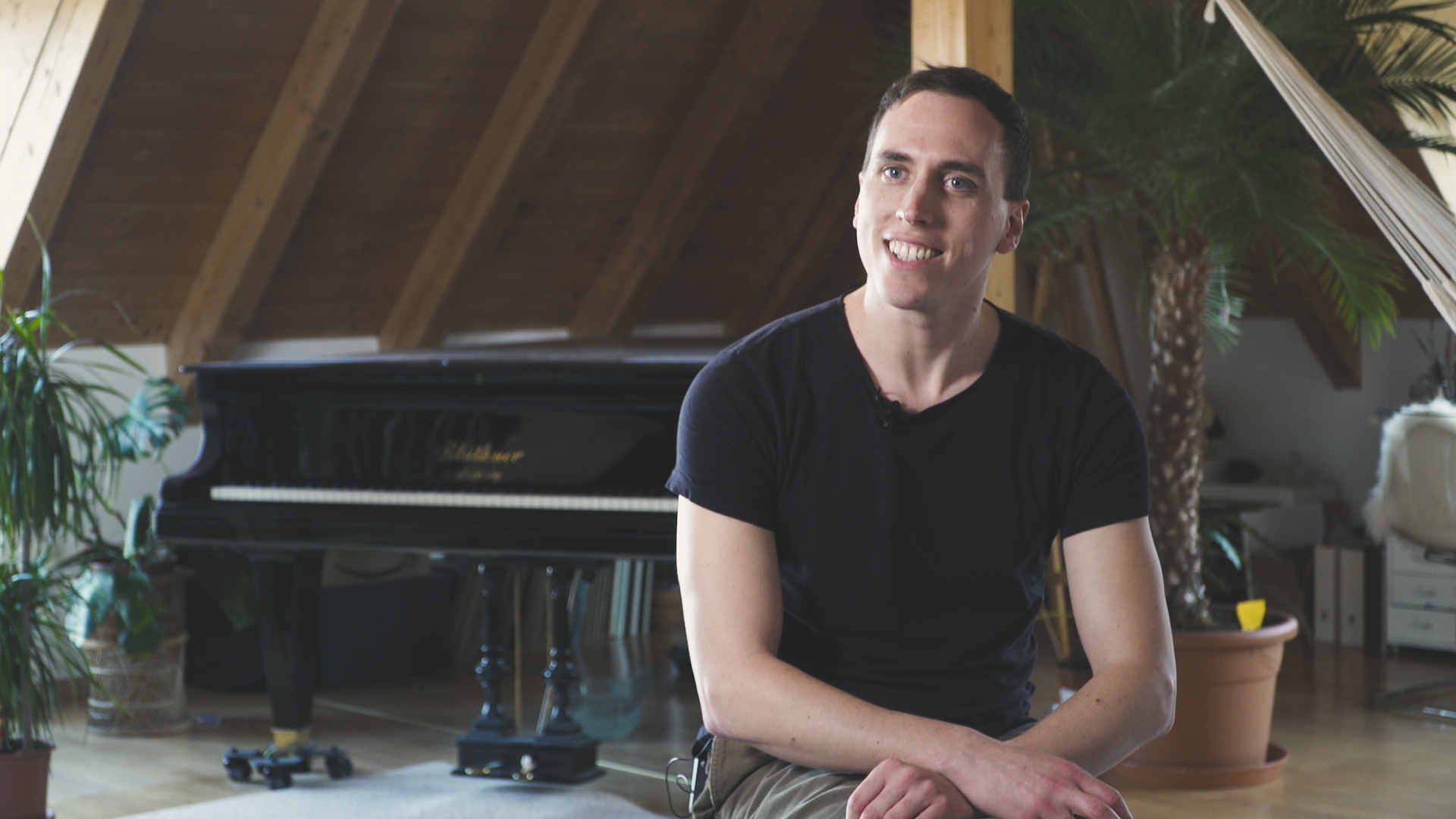
Martin KohlstedtMusician
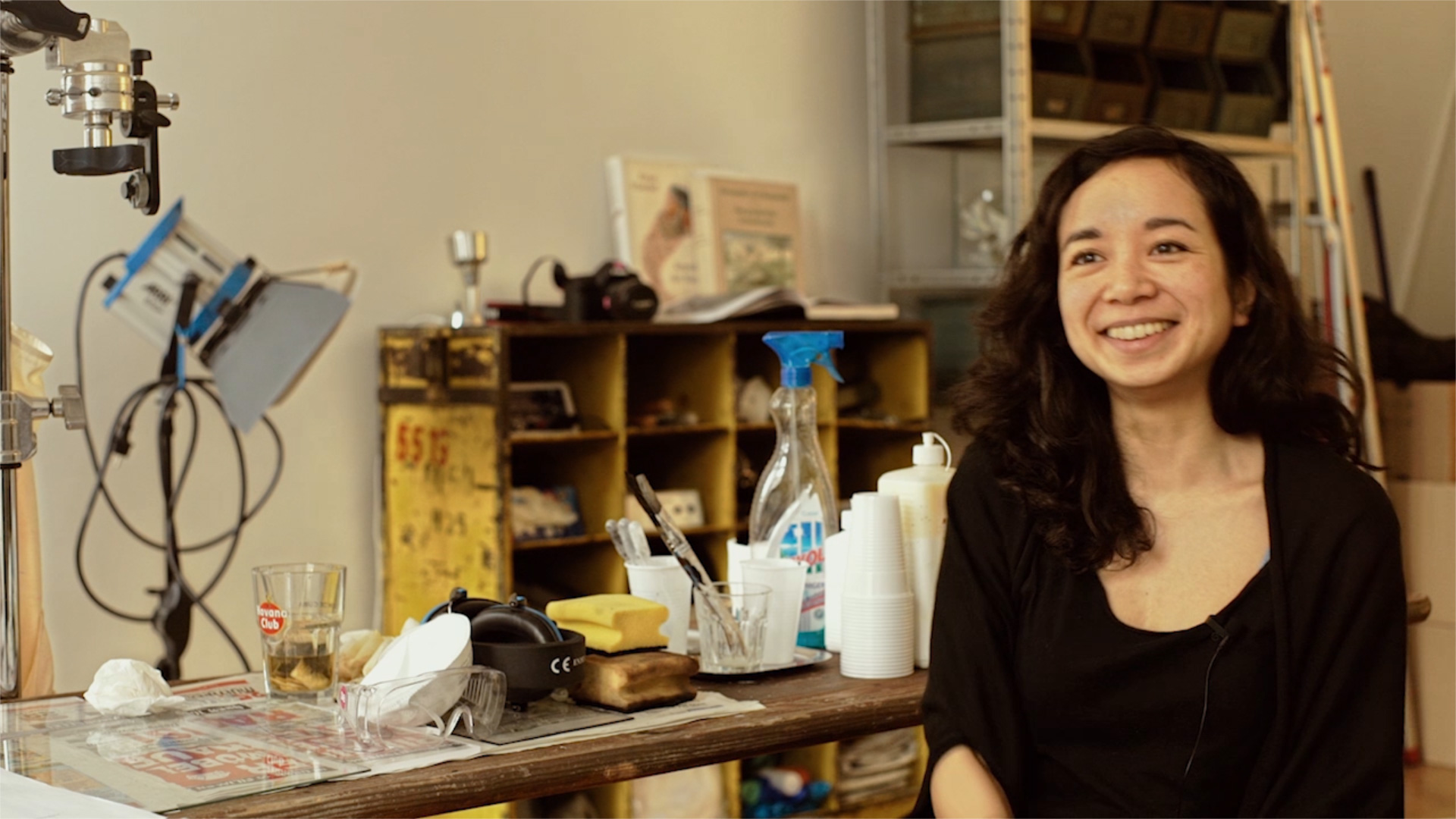
Susi SieFilmemacherin
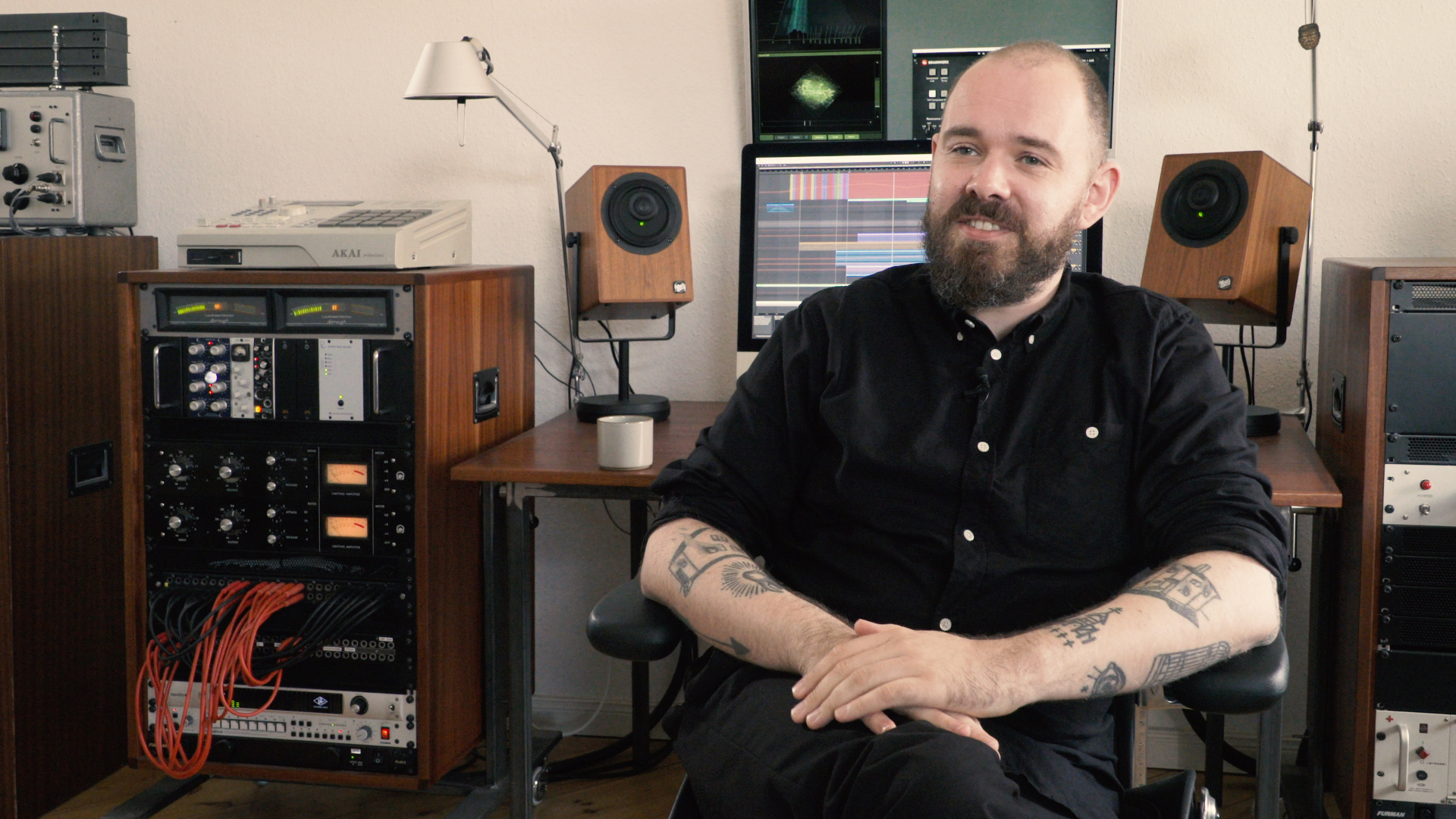
Ben Lukas BoysenMusician
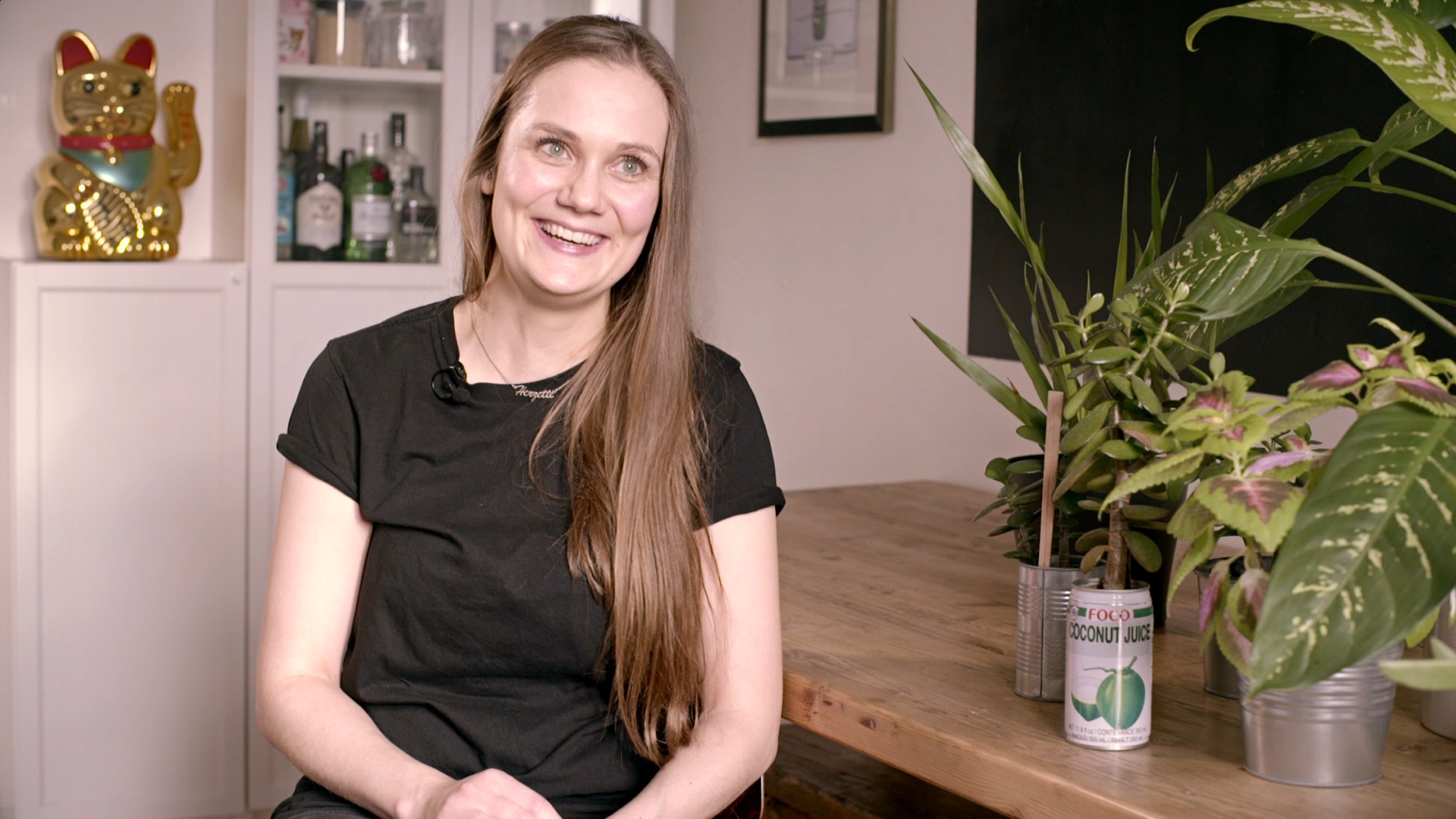
Henriette RietzVisual Storytellerin & Designerin
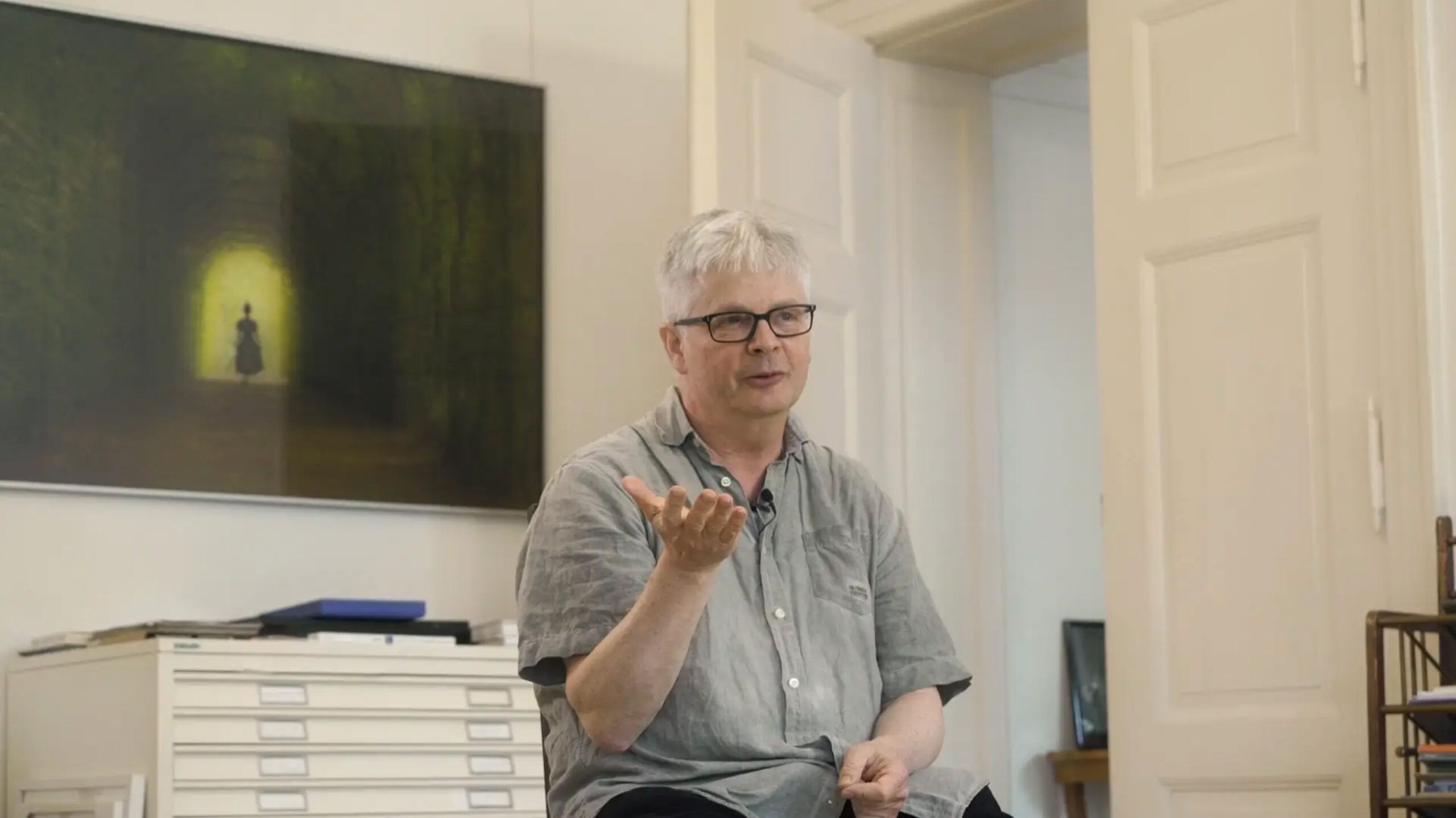
Prof. Matthias LeupoldFotograf
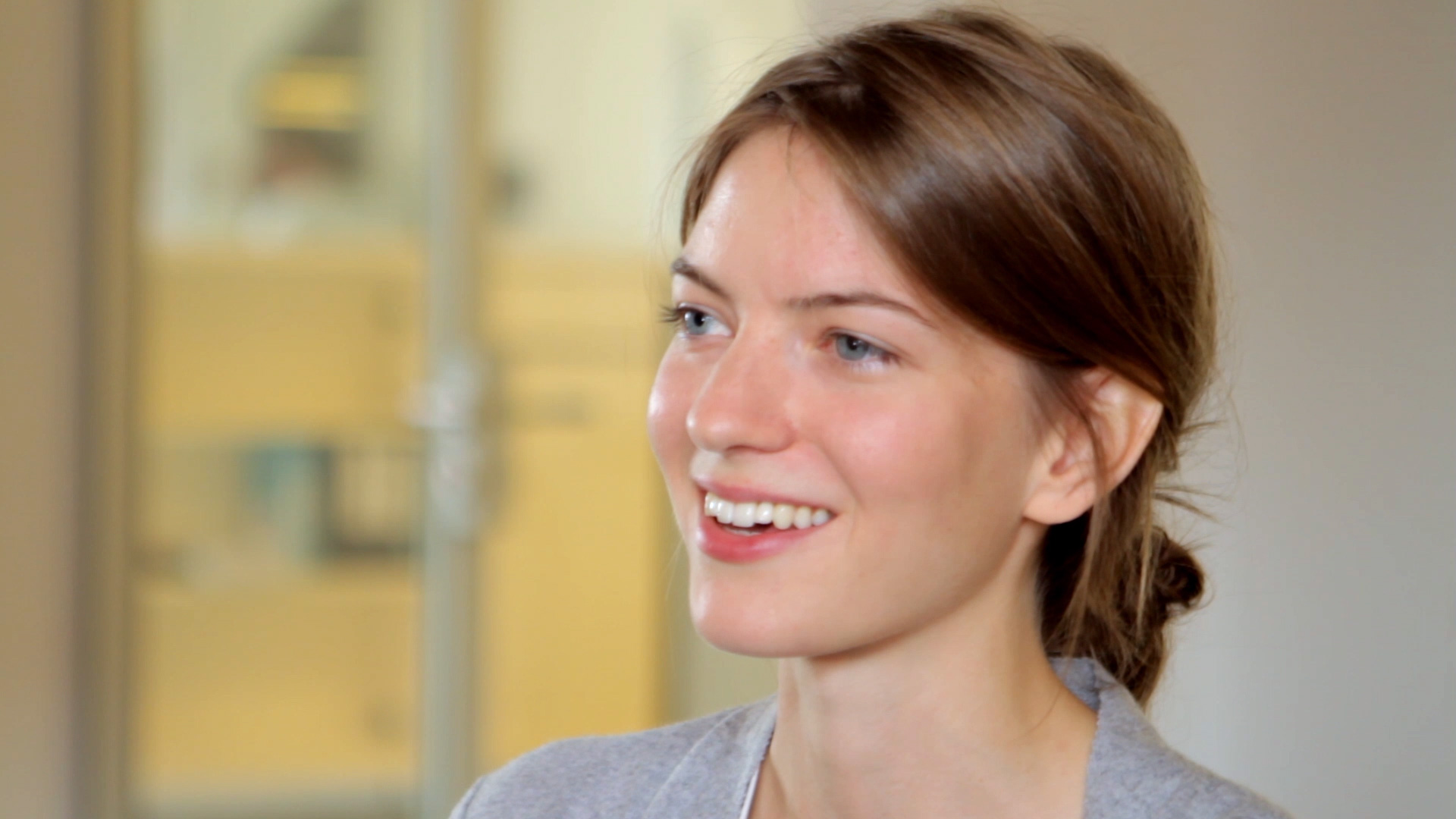
Maria GrejcIllustratorin
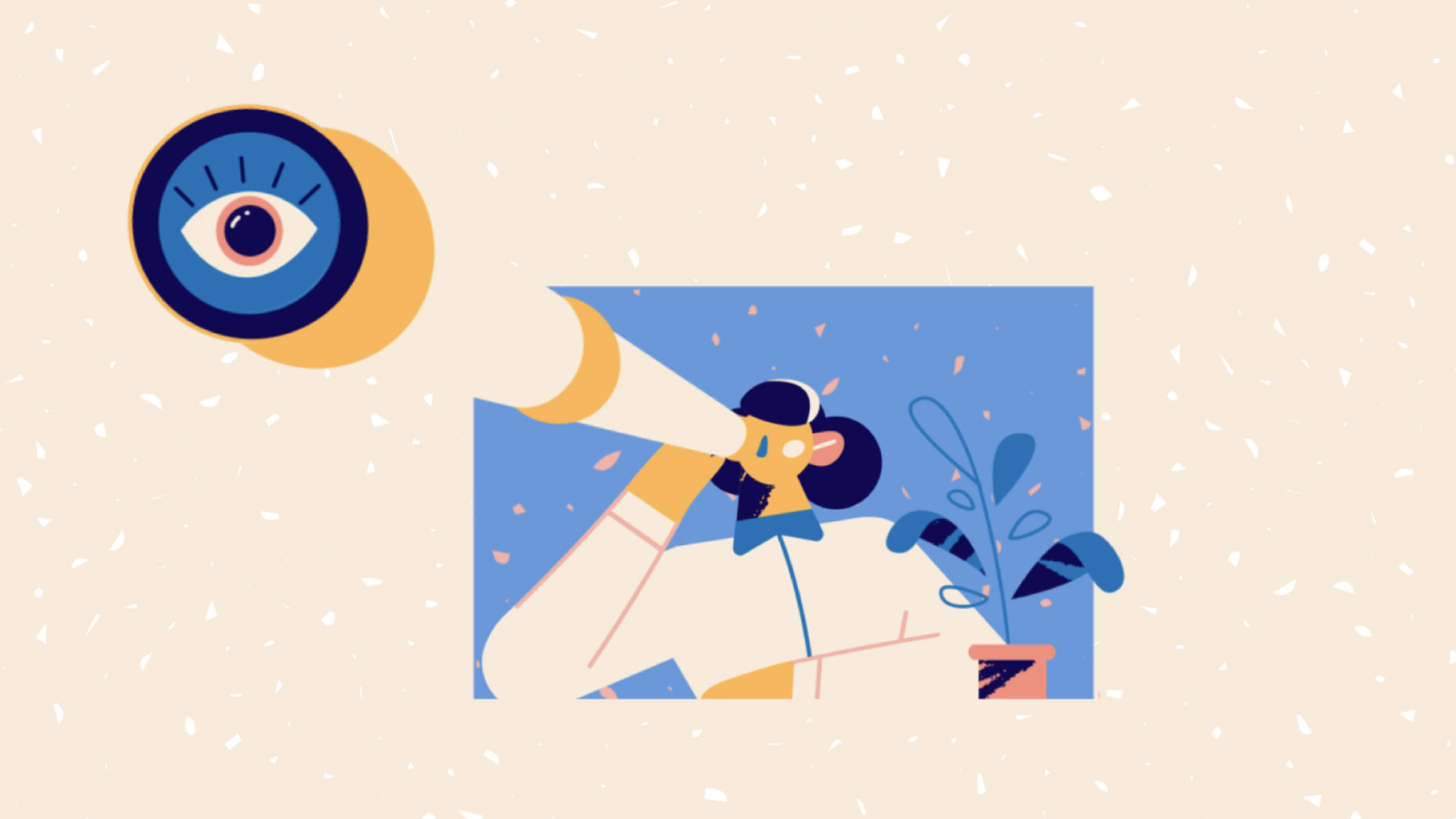
Dinos & TeacupsIllustration & Animation Studio
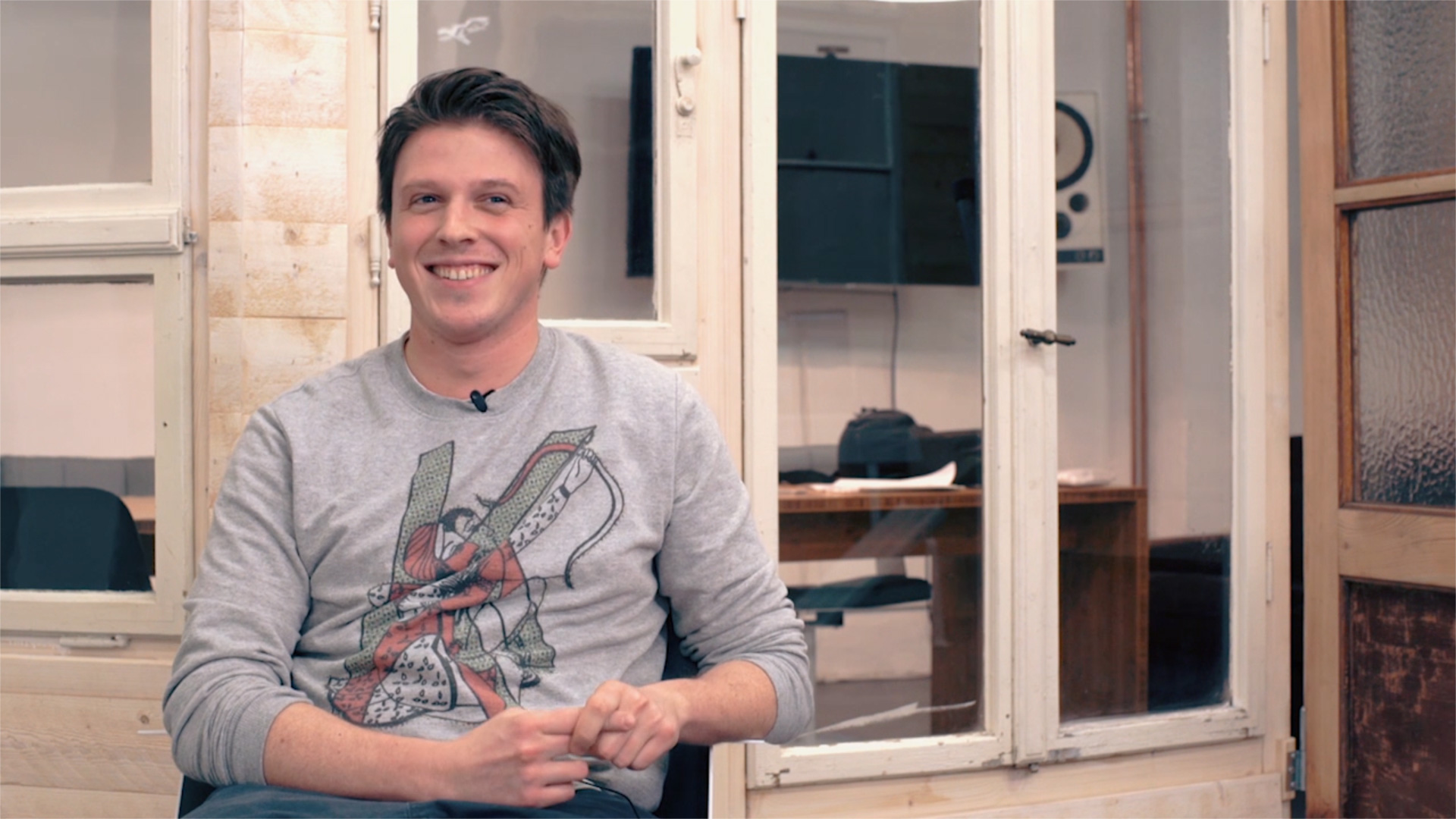
Sebastian von GumpertHead of Production
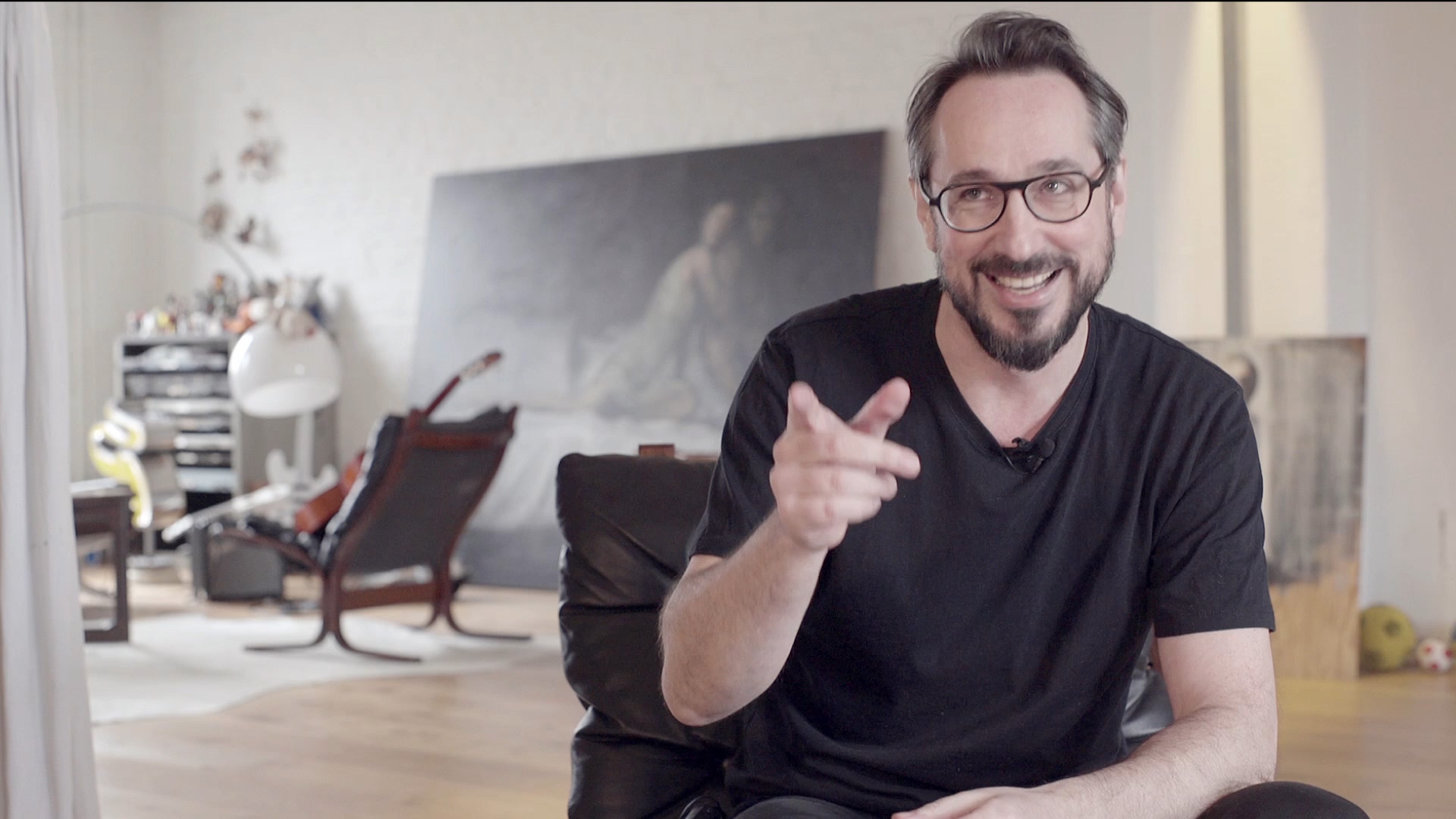
Fons HickmannGestalter & Autor
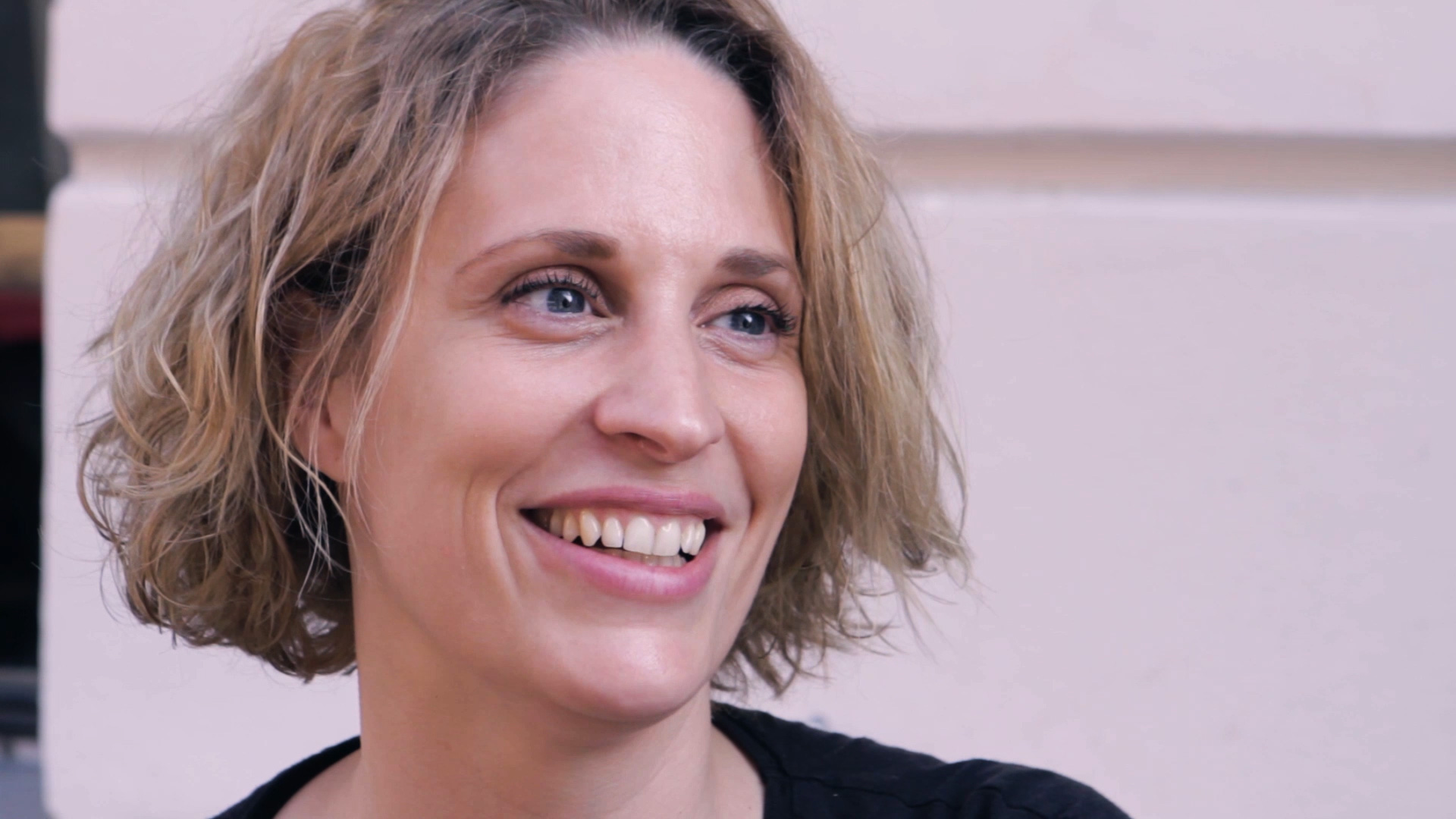
Pia DjukicFilmemacherin
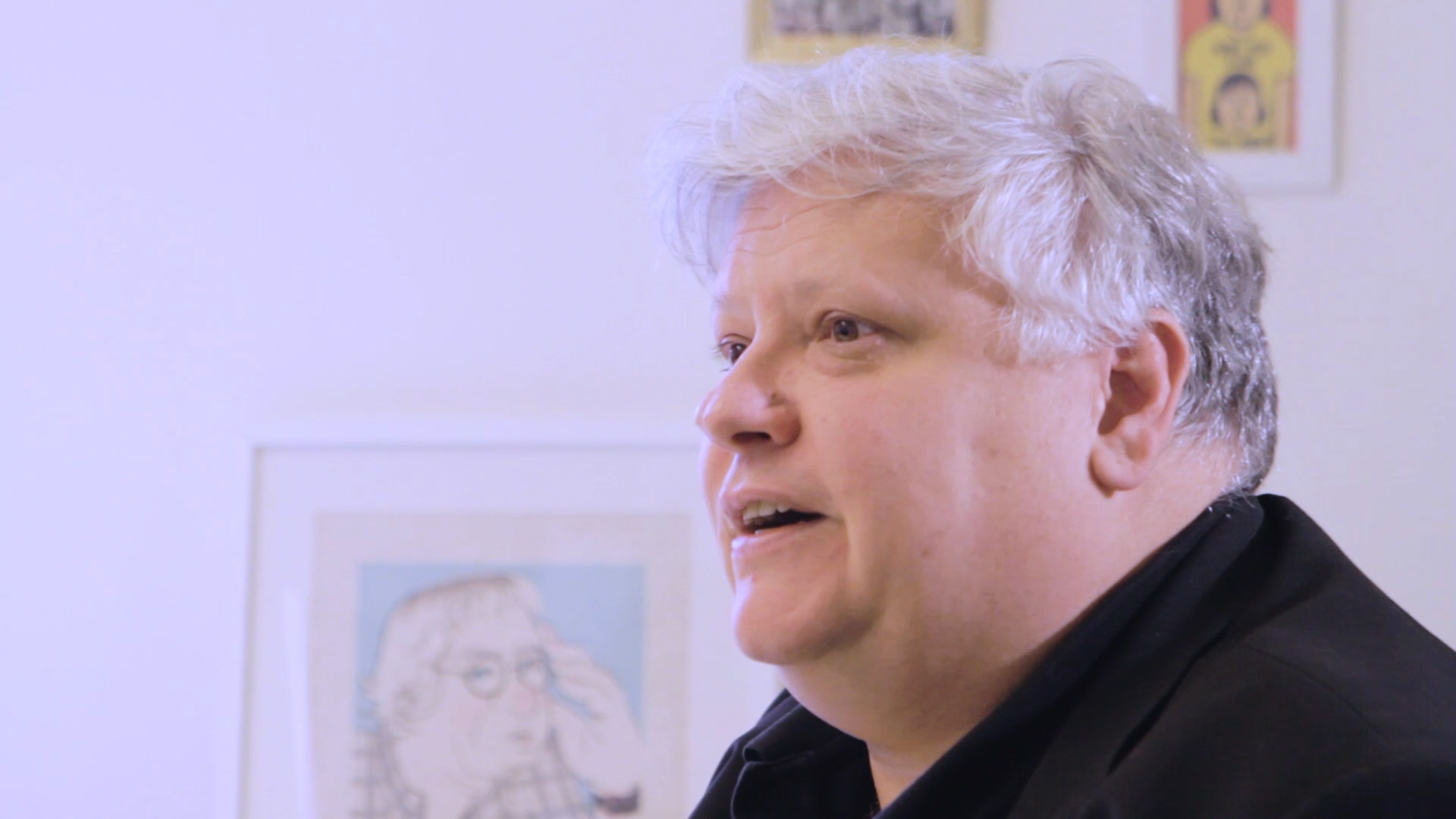
Zoran BihacFilmemacher
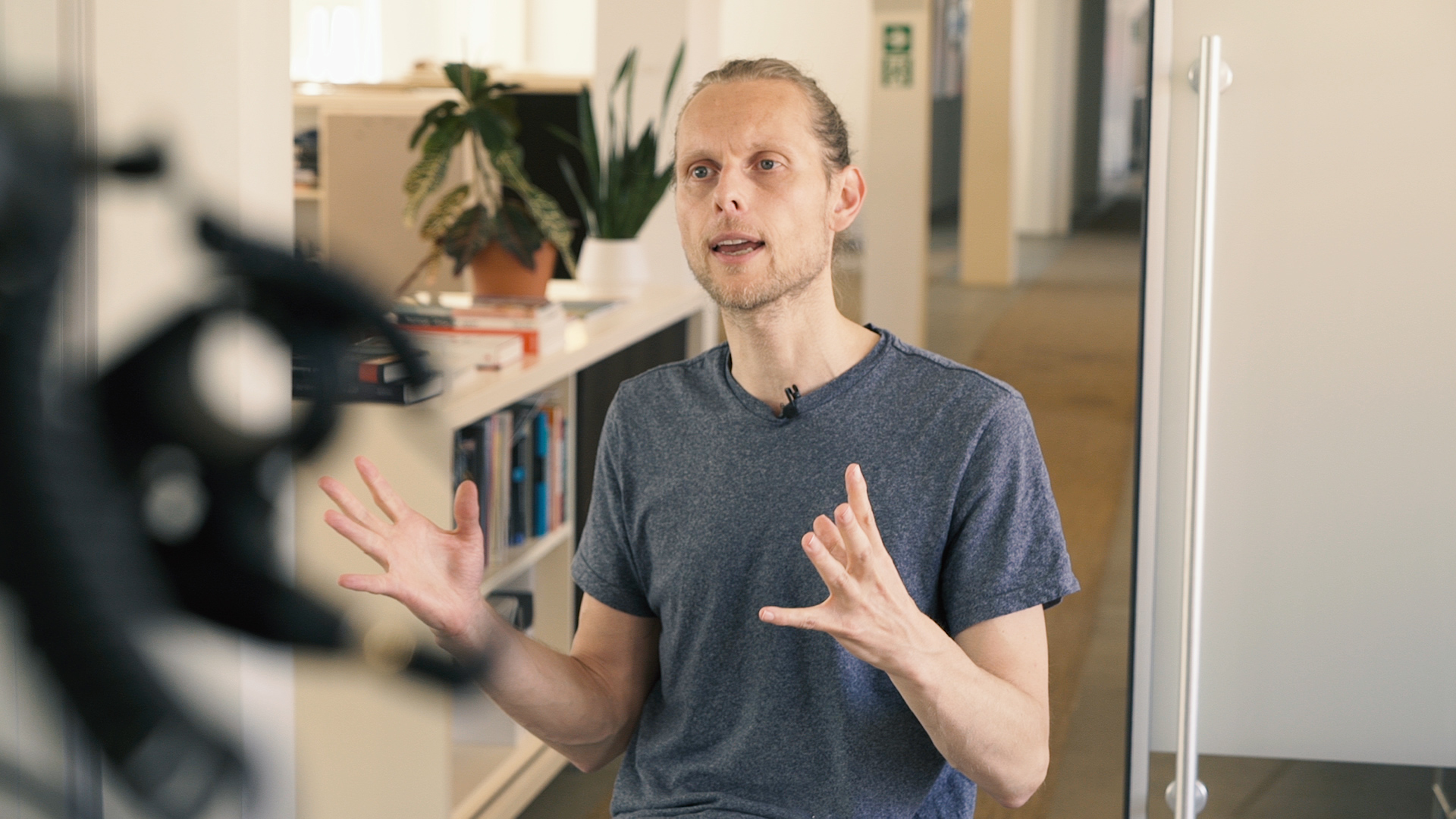
Christen BachAnimator
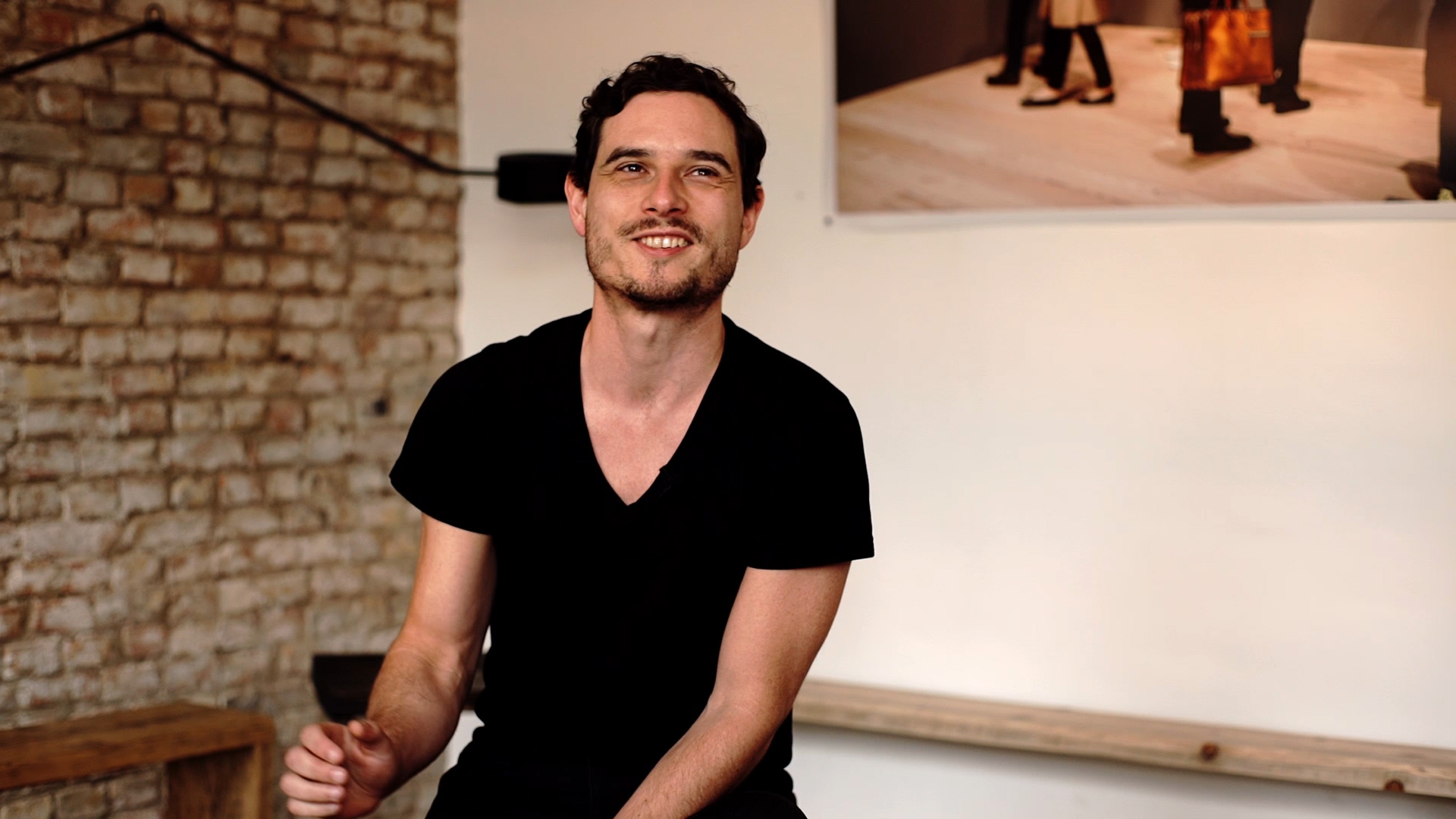
Jens BlankDirector & Designer
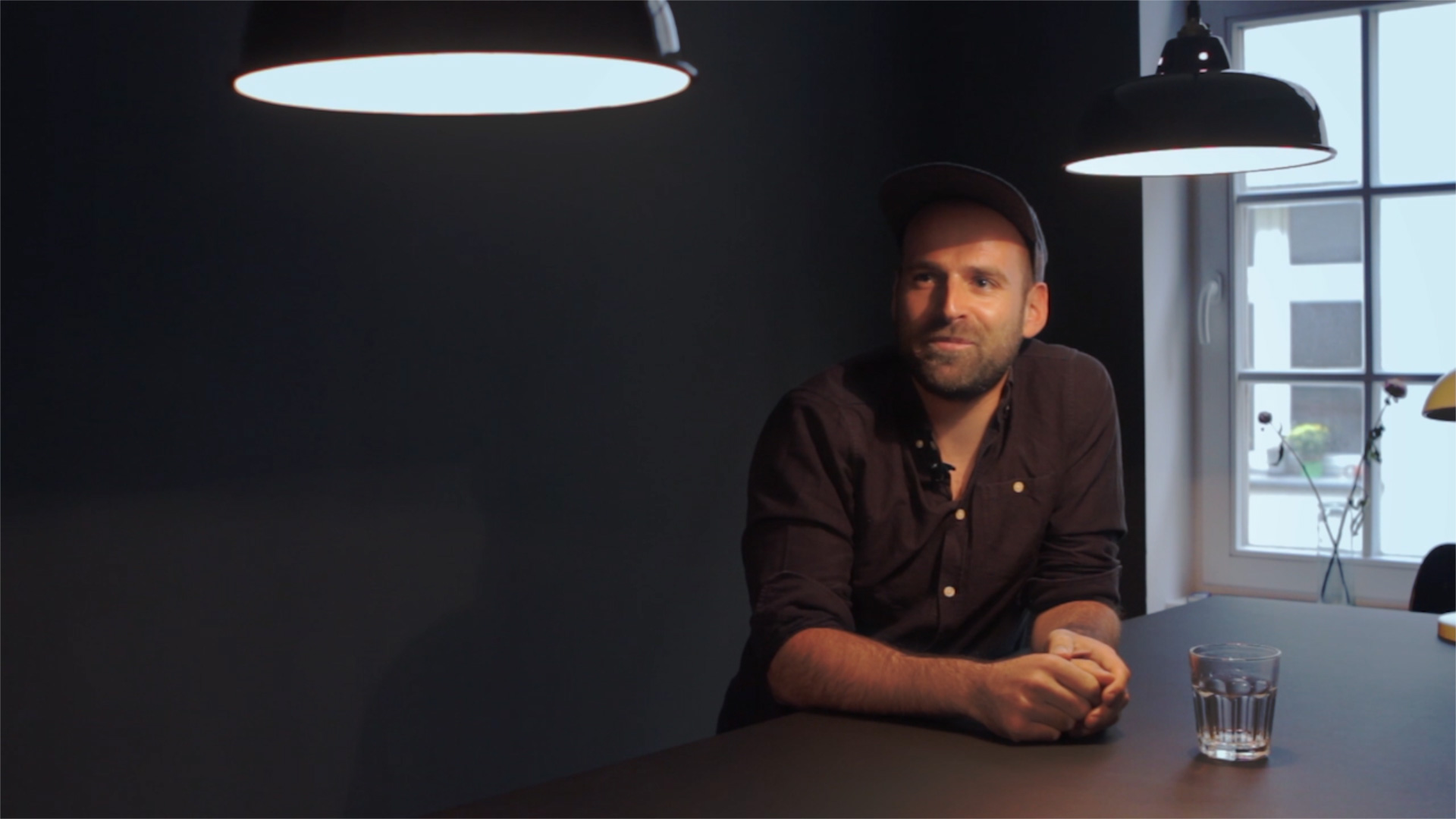
Thorsten Konradfreier Director & Creative Director

JR CanestAnimator & Creative Director
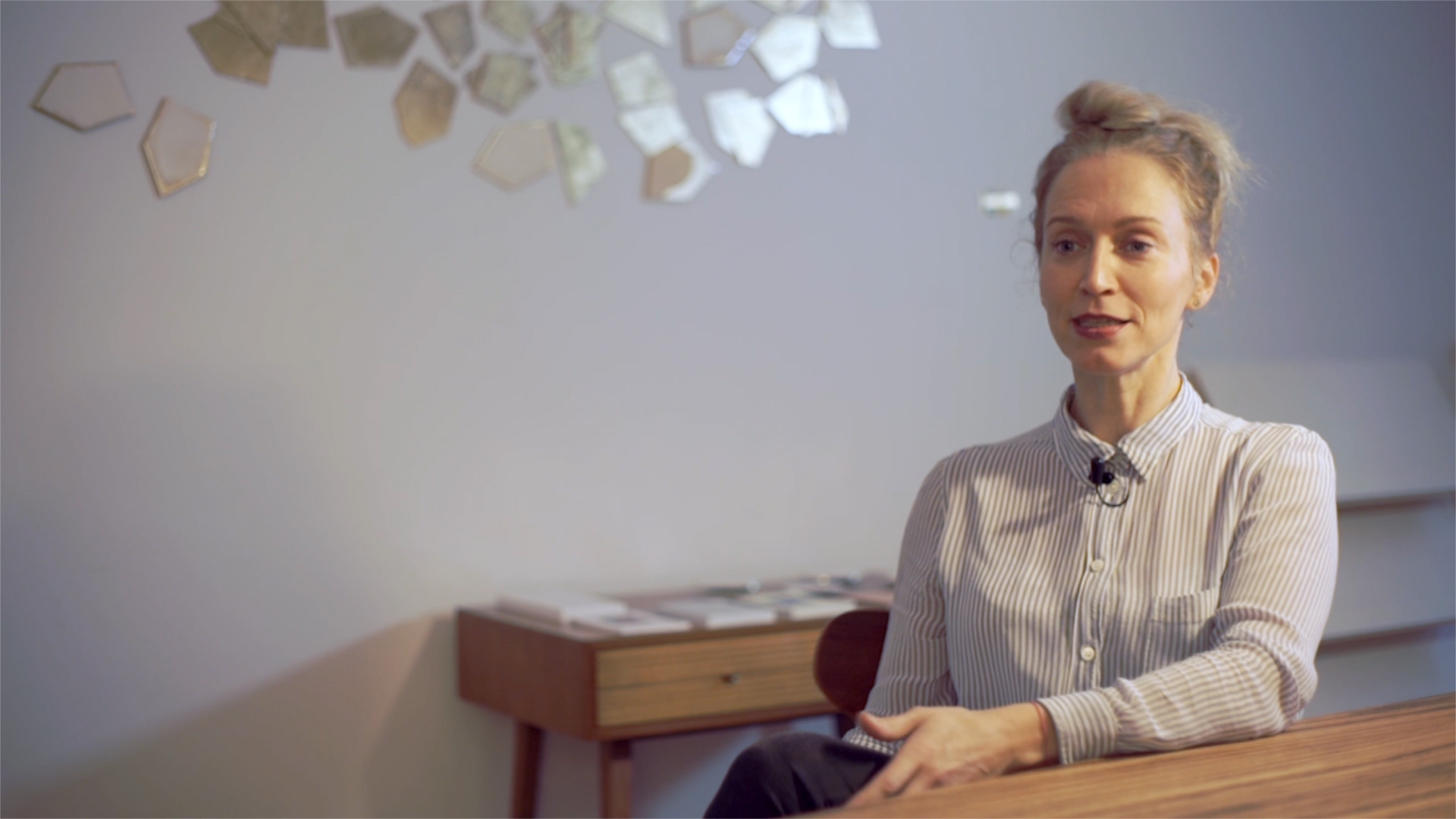
Prof. Sonja UmstätterFilmemacherin
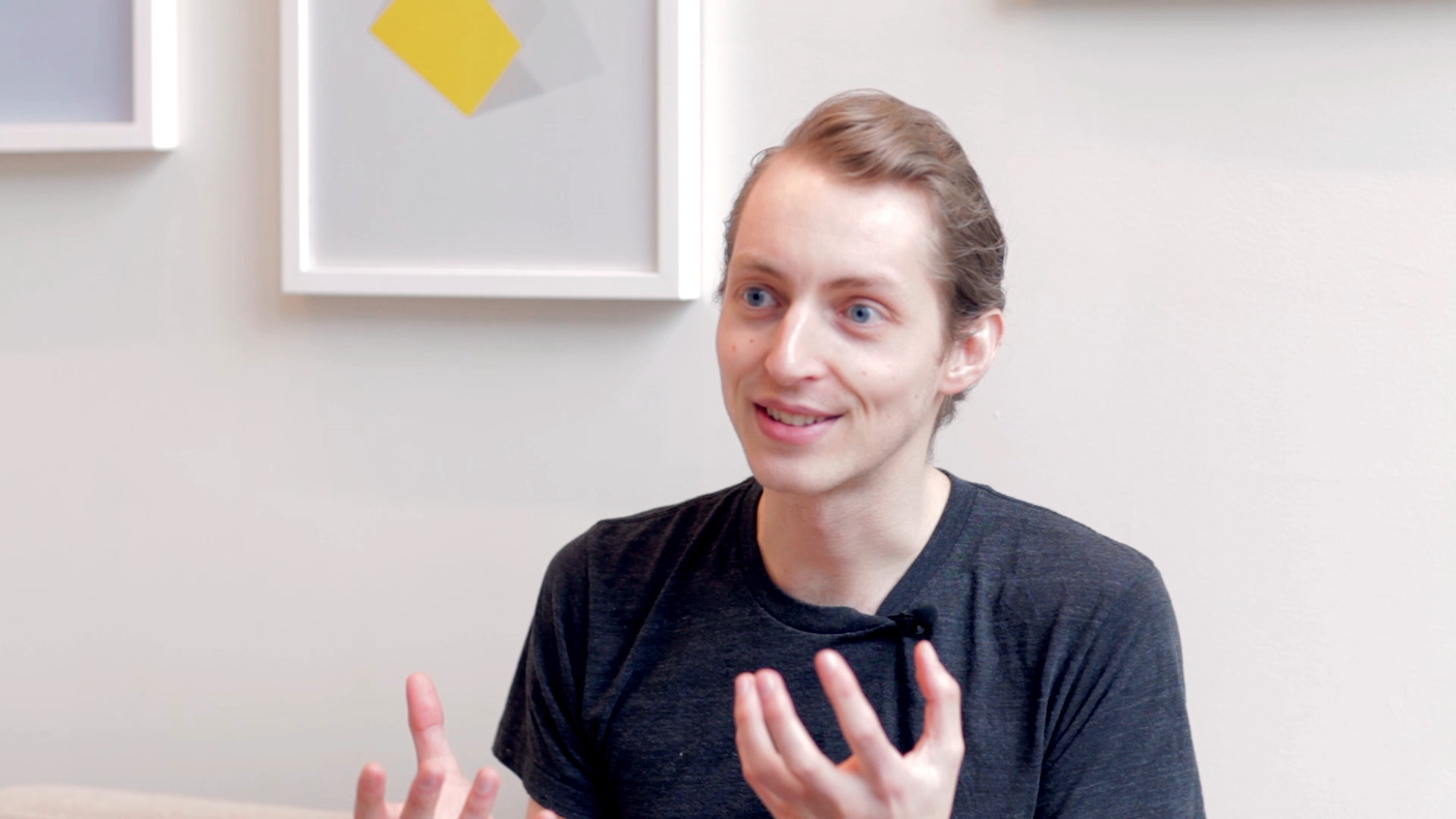
Sander van DijkDesigner & Animator
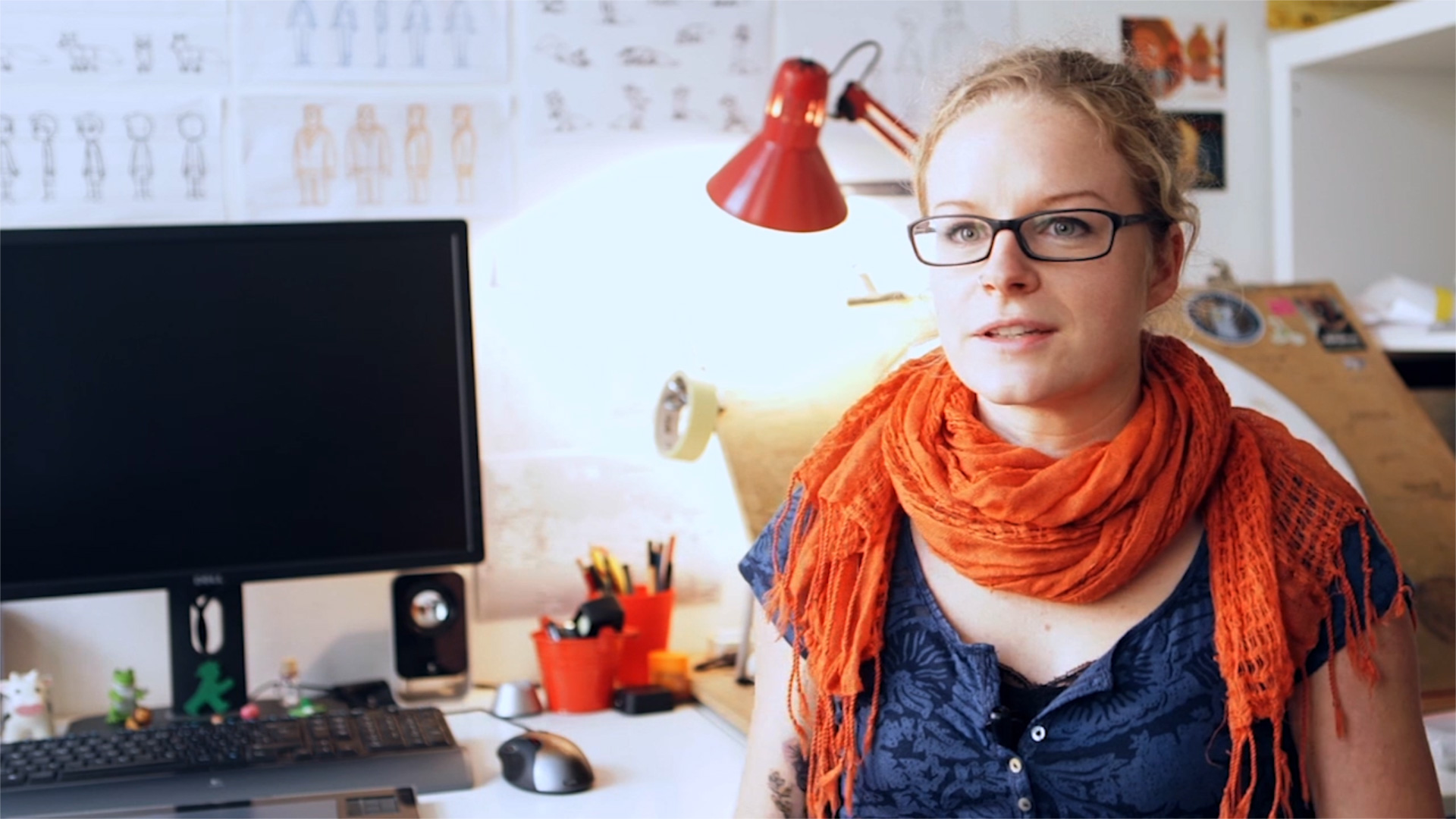
Pauline KortmannDirectorin & Animatorin
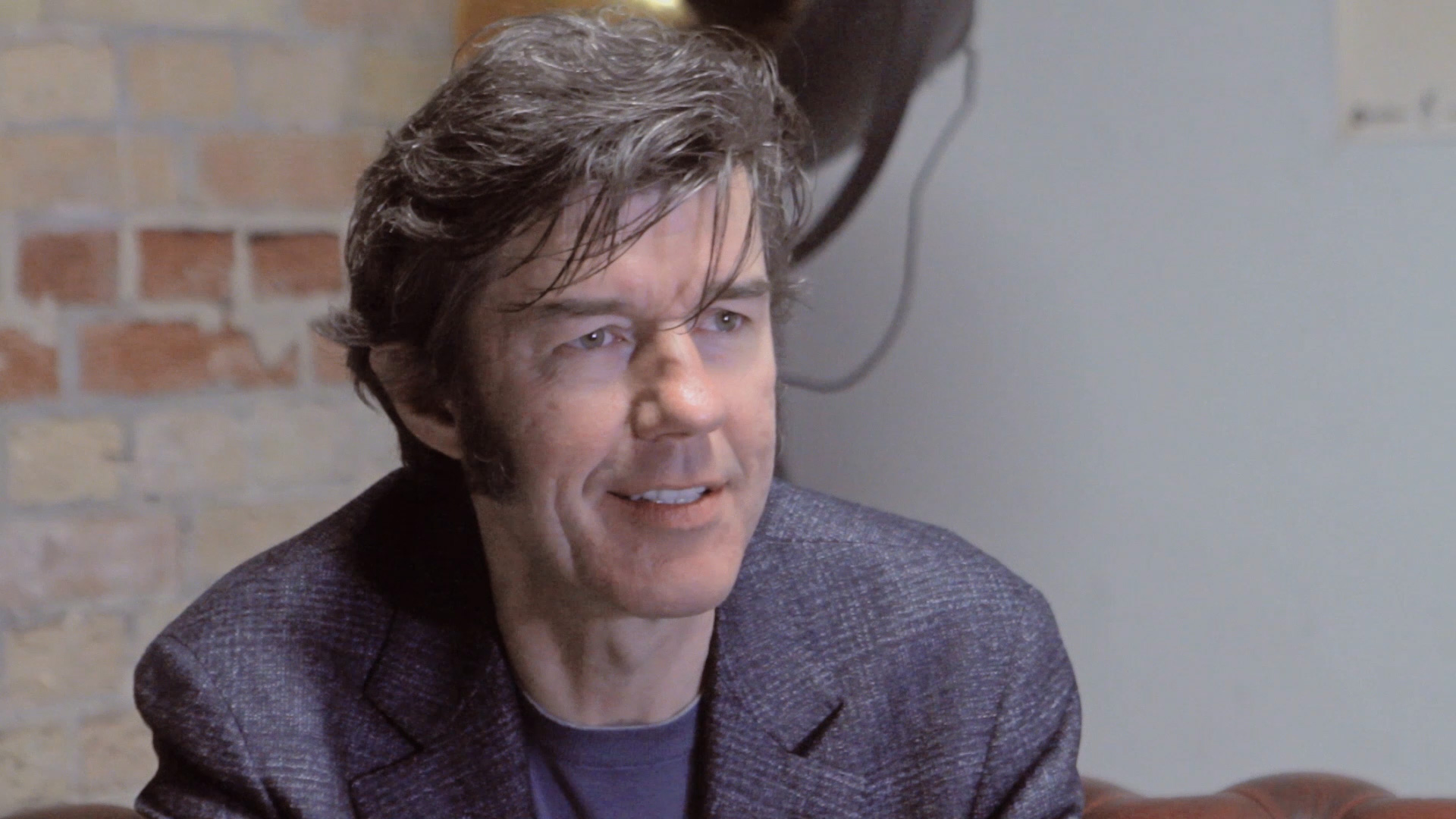
Stefan SagmeisterDesigner
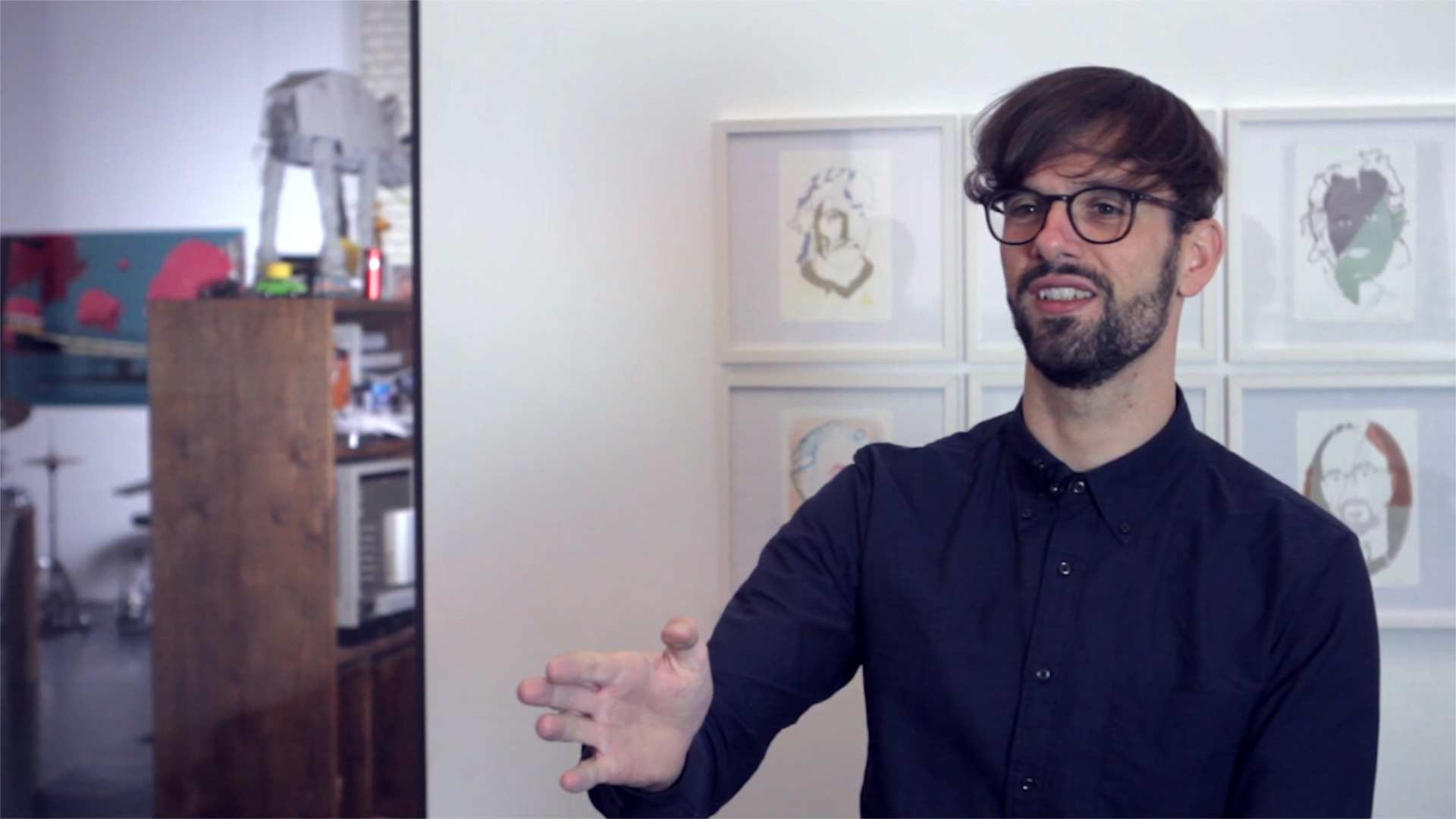
Mate SteinforthCreative Director
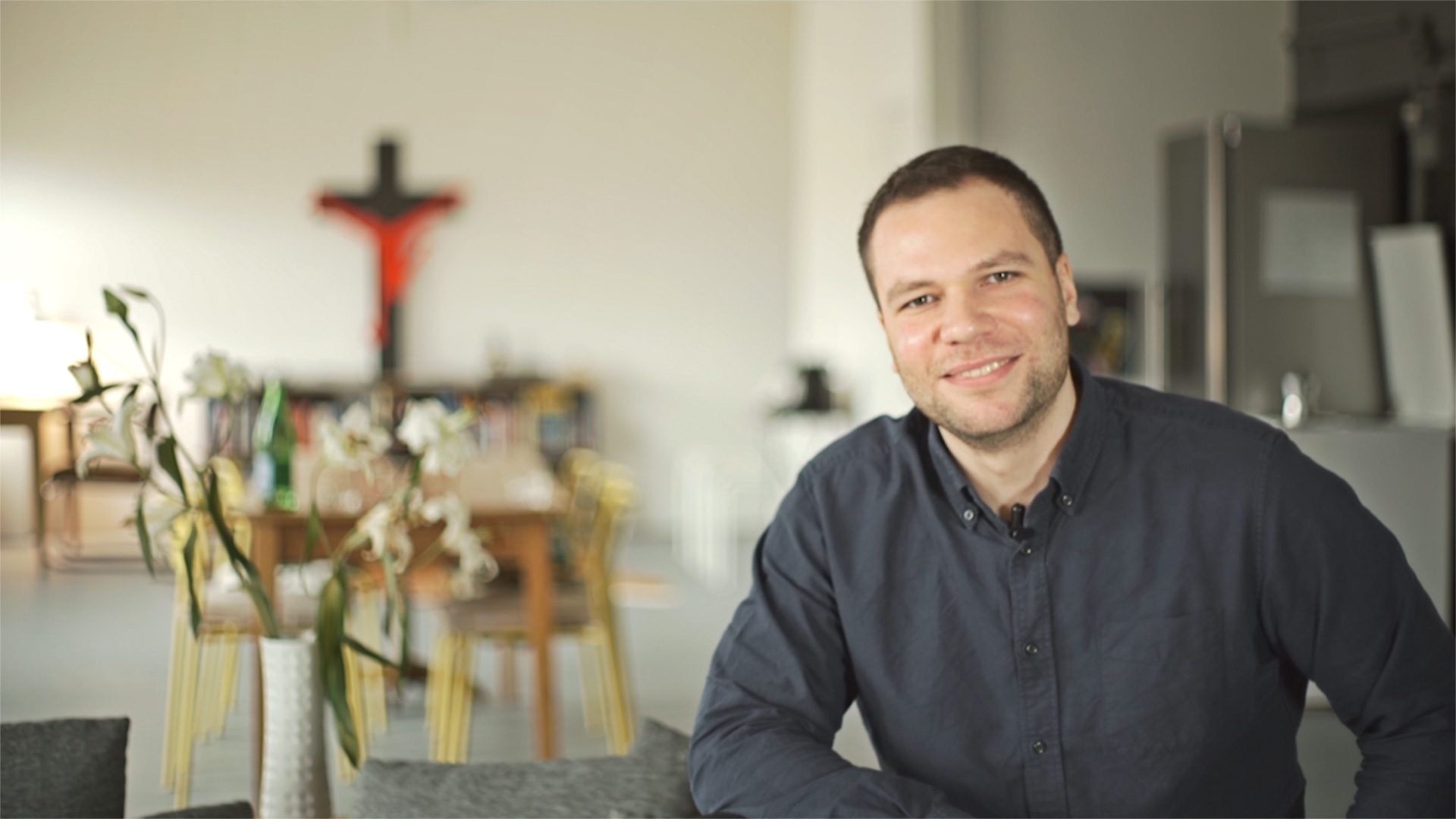
Chehad AbdallahDirector & Graphic Designer
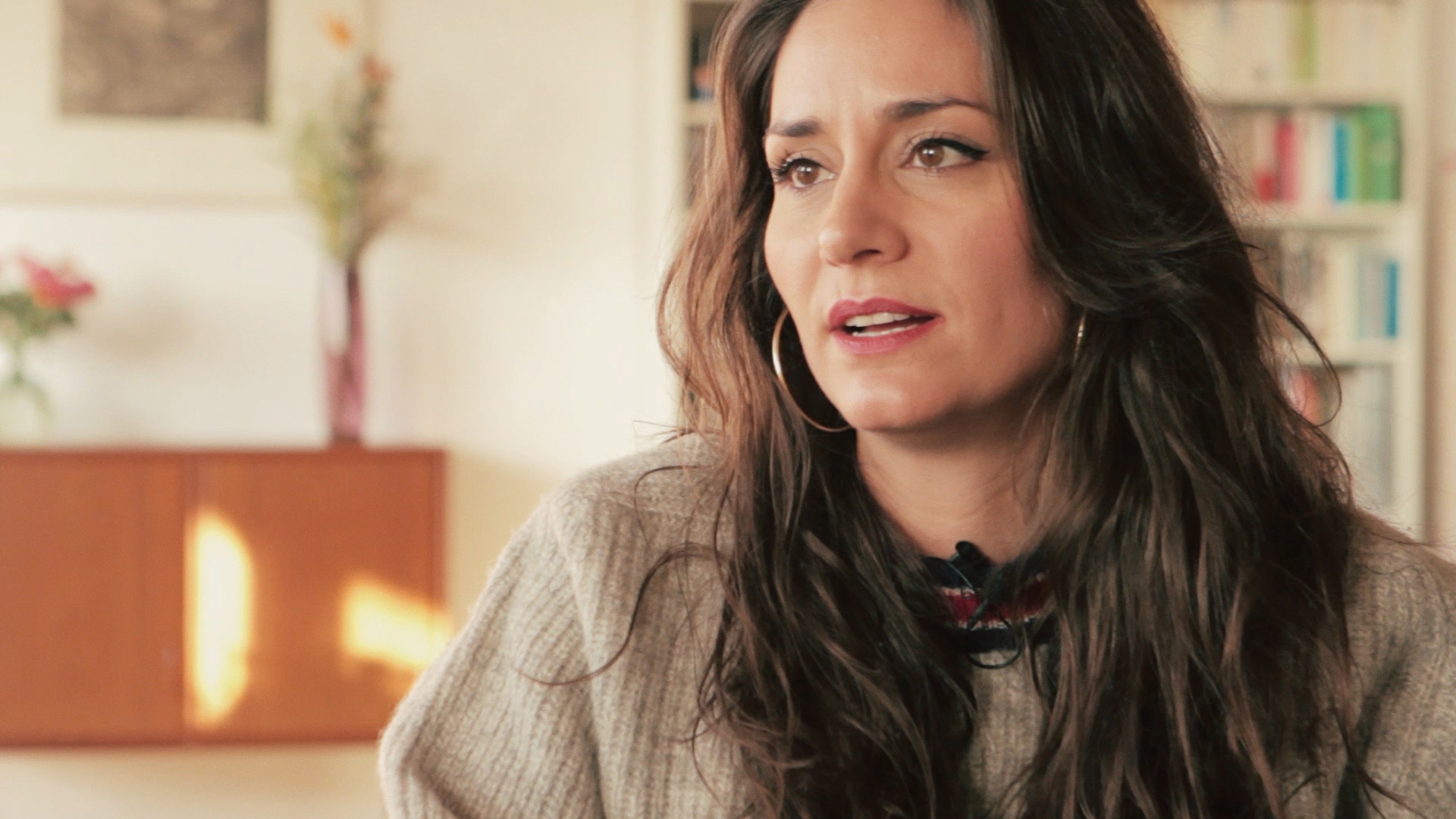
Sofia BavasRegisseurin & Filmemacherin
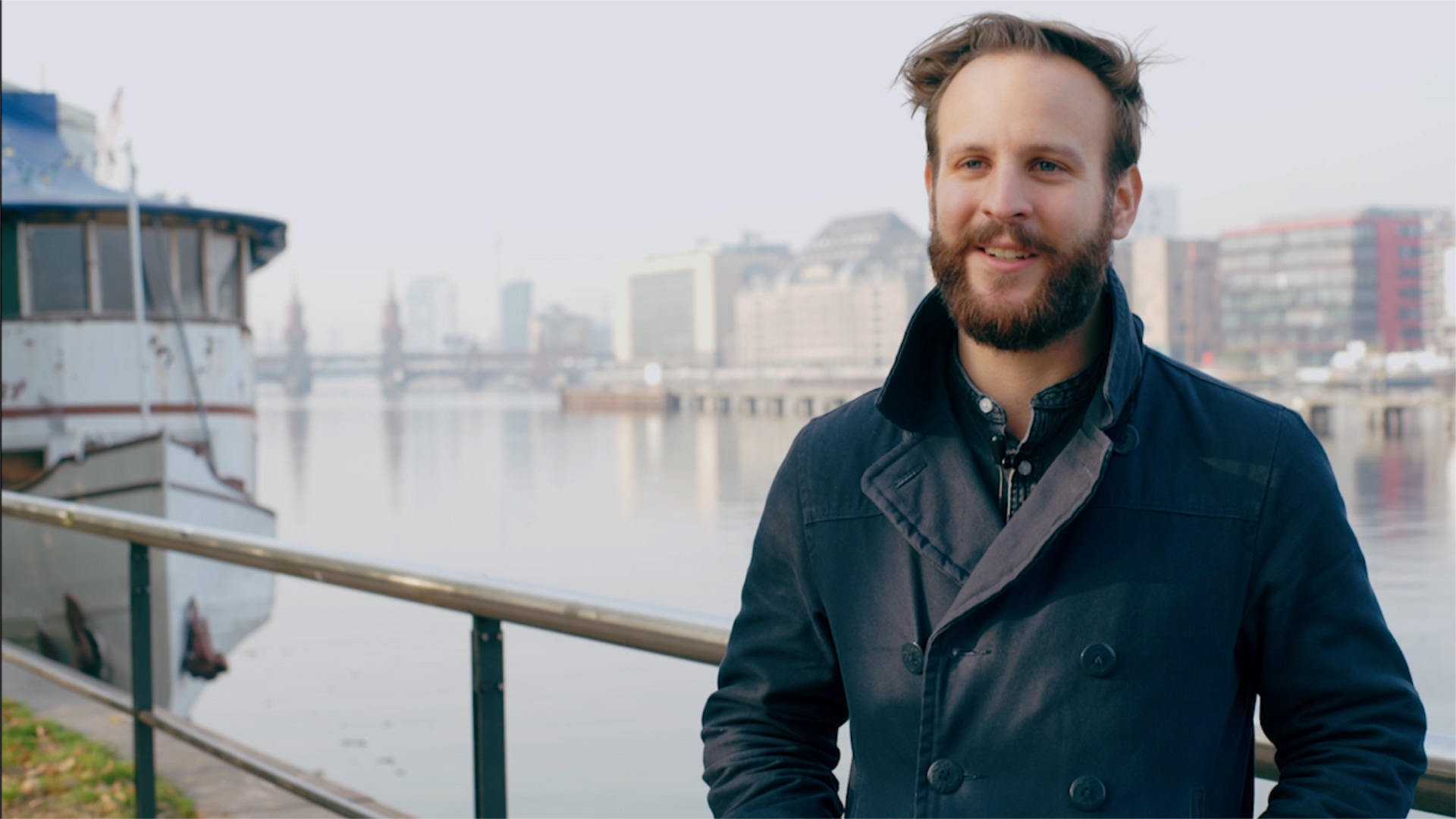
Daniel Rath3D Generalist
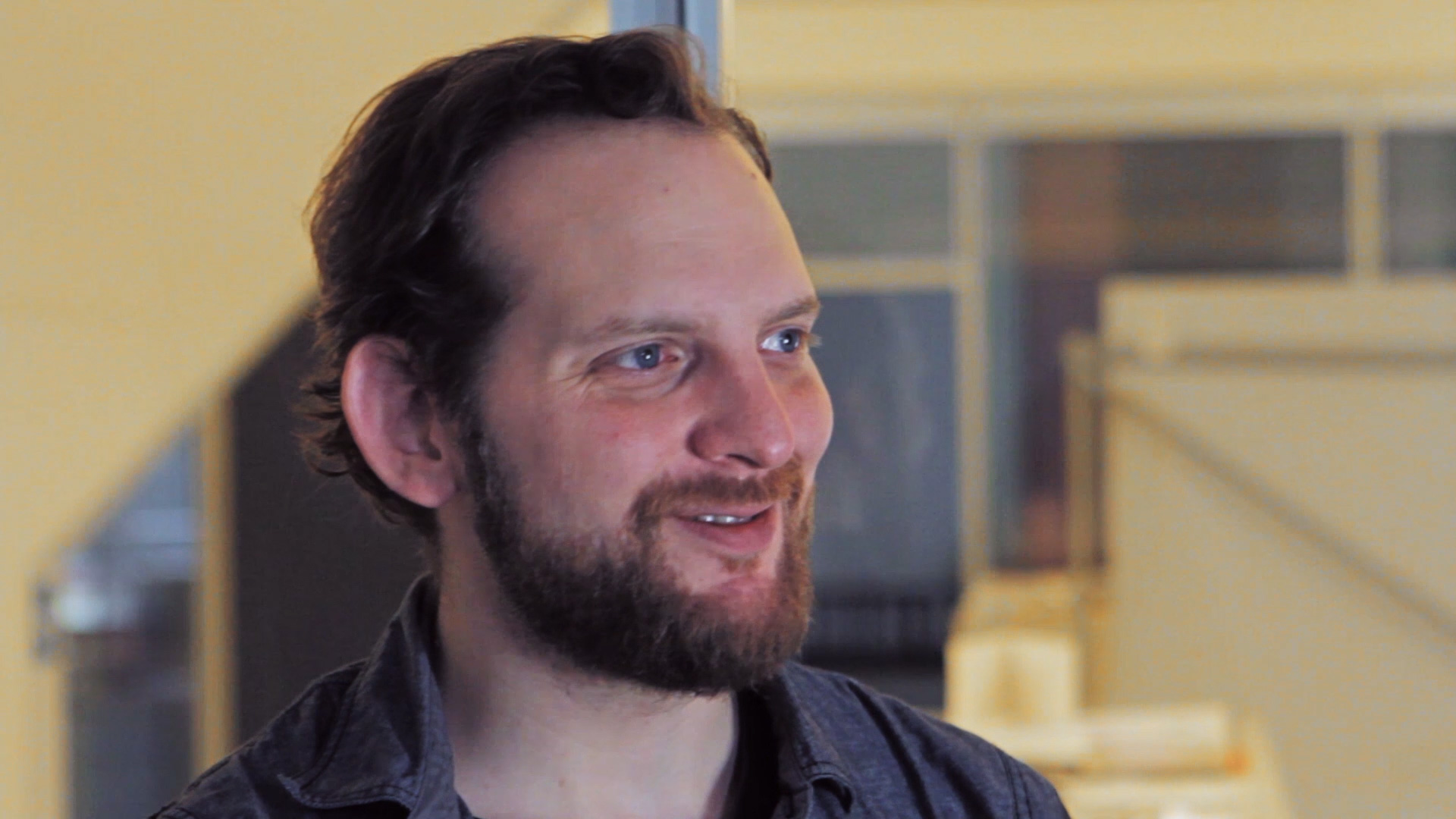
Tobias WüstefeldIllustrator & AnimatorTobias Wüstefeld
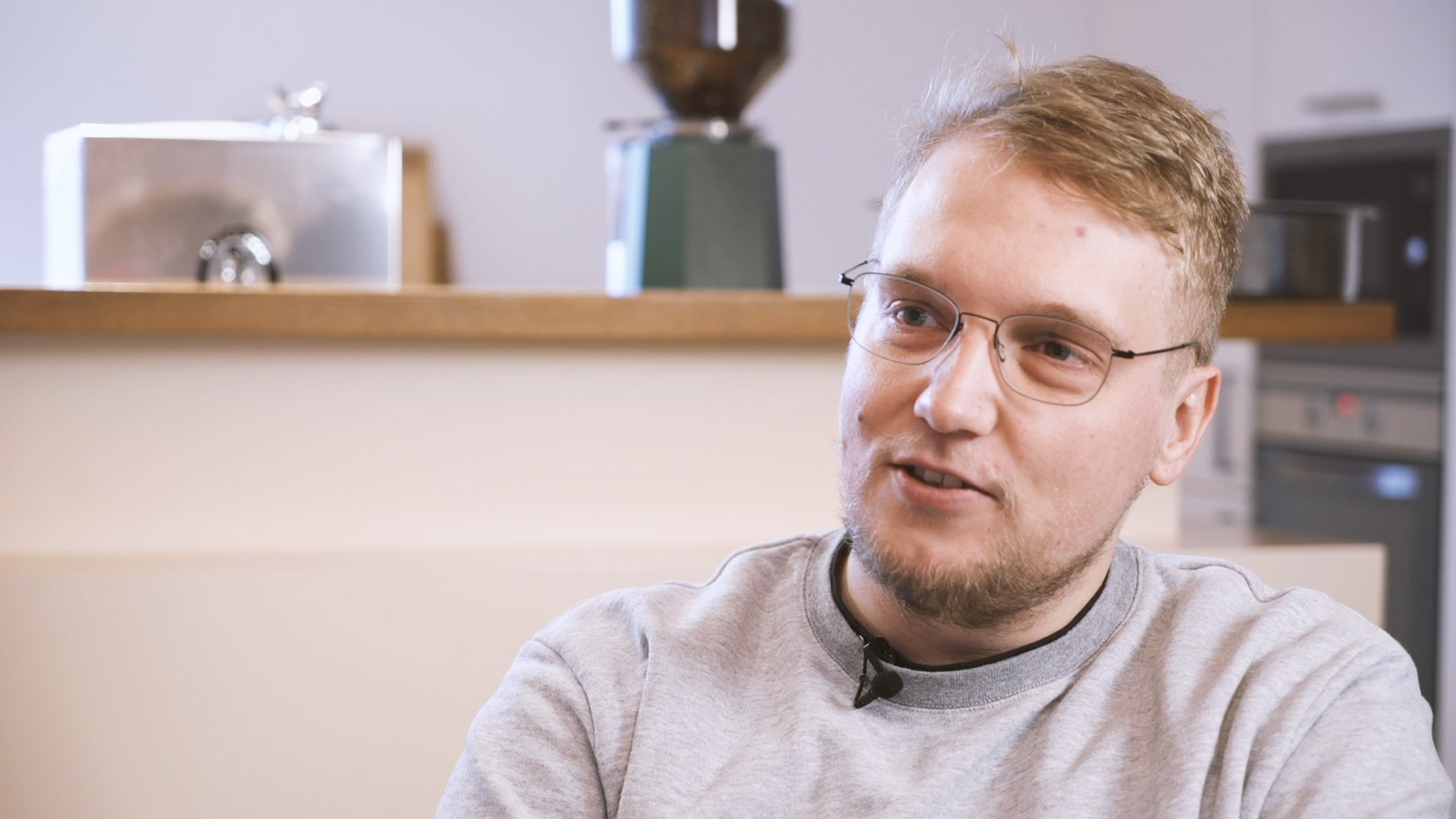
DOZ9Musiker
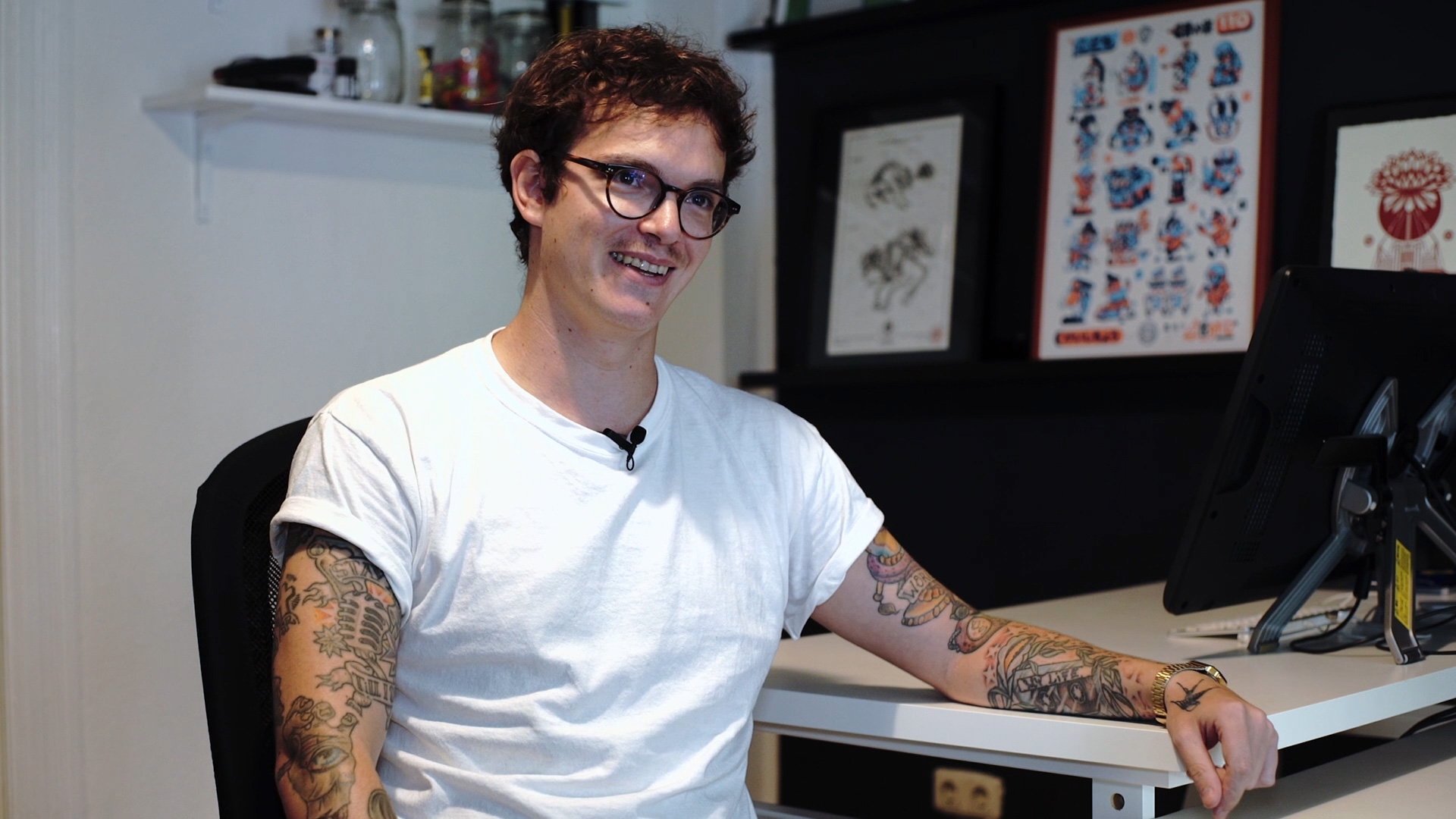
Florian SchommerIllustrator
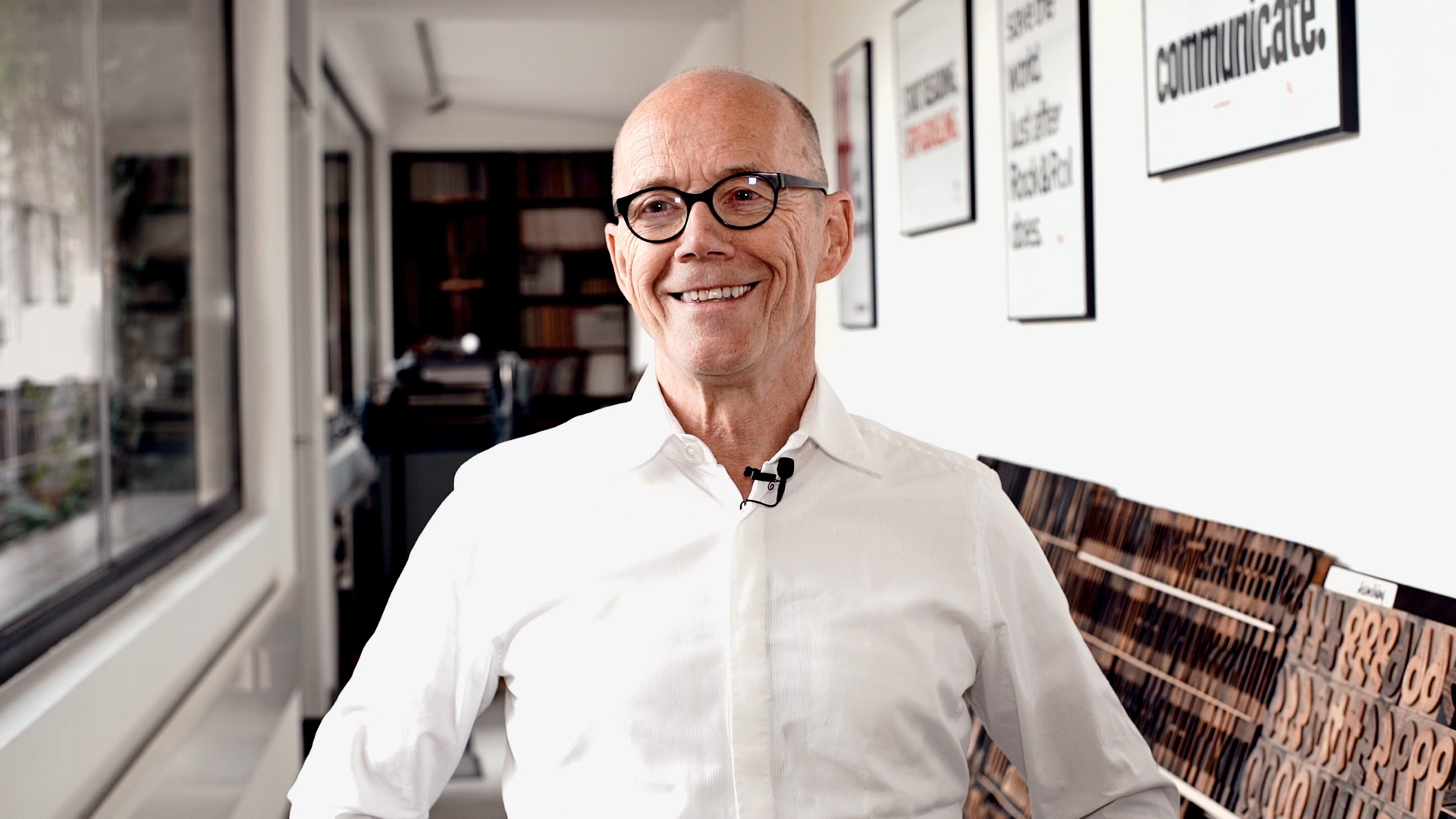
Erik SpiekermannGestalter
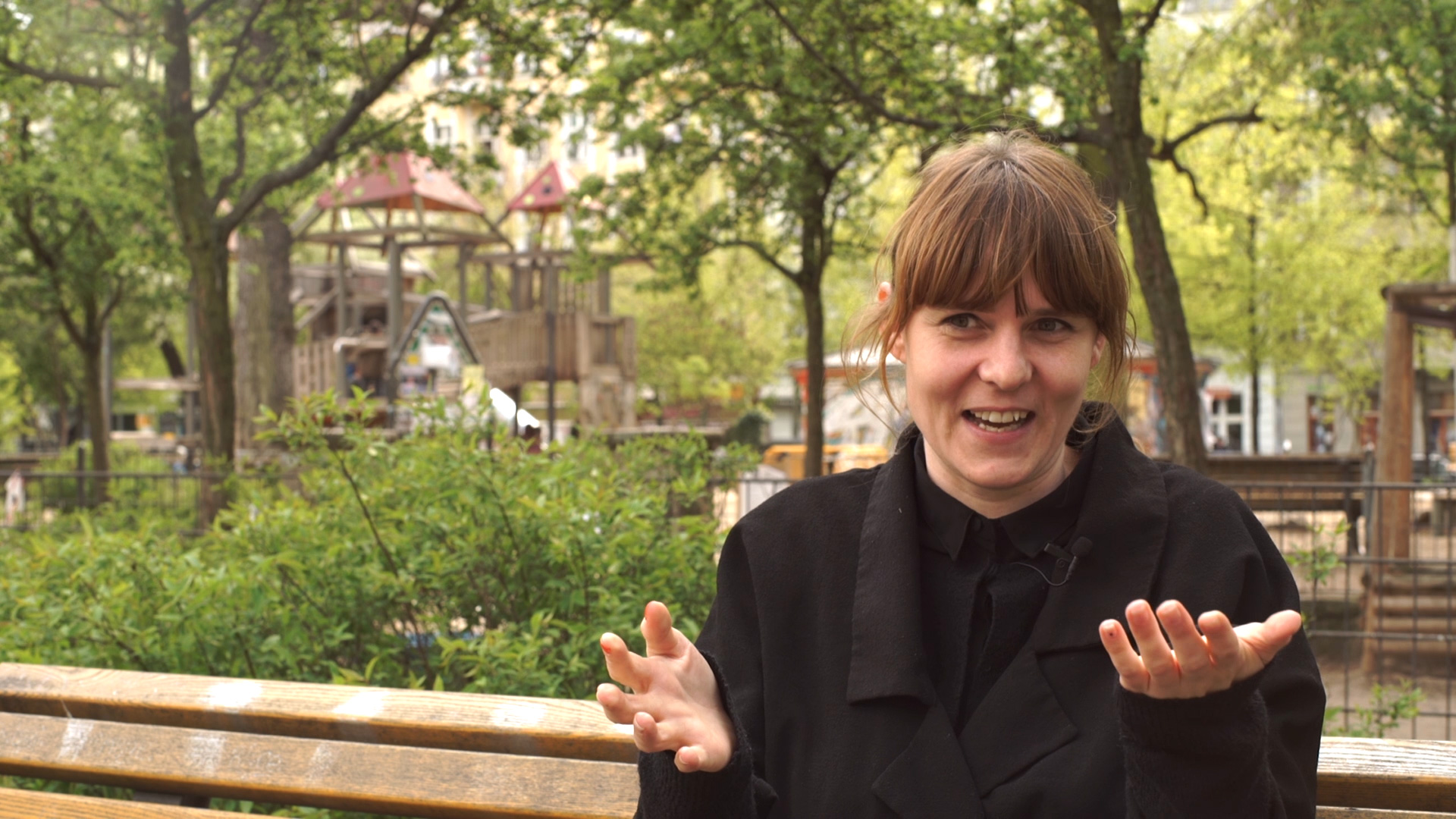
Larissa HonsekKreativdirektorin
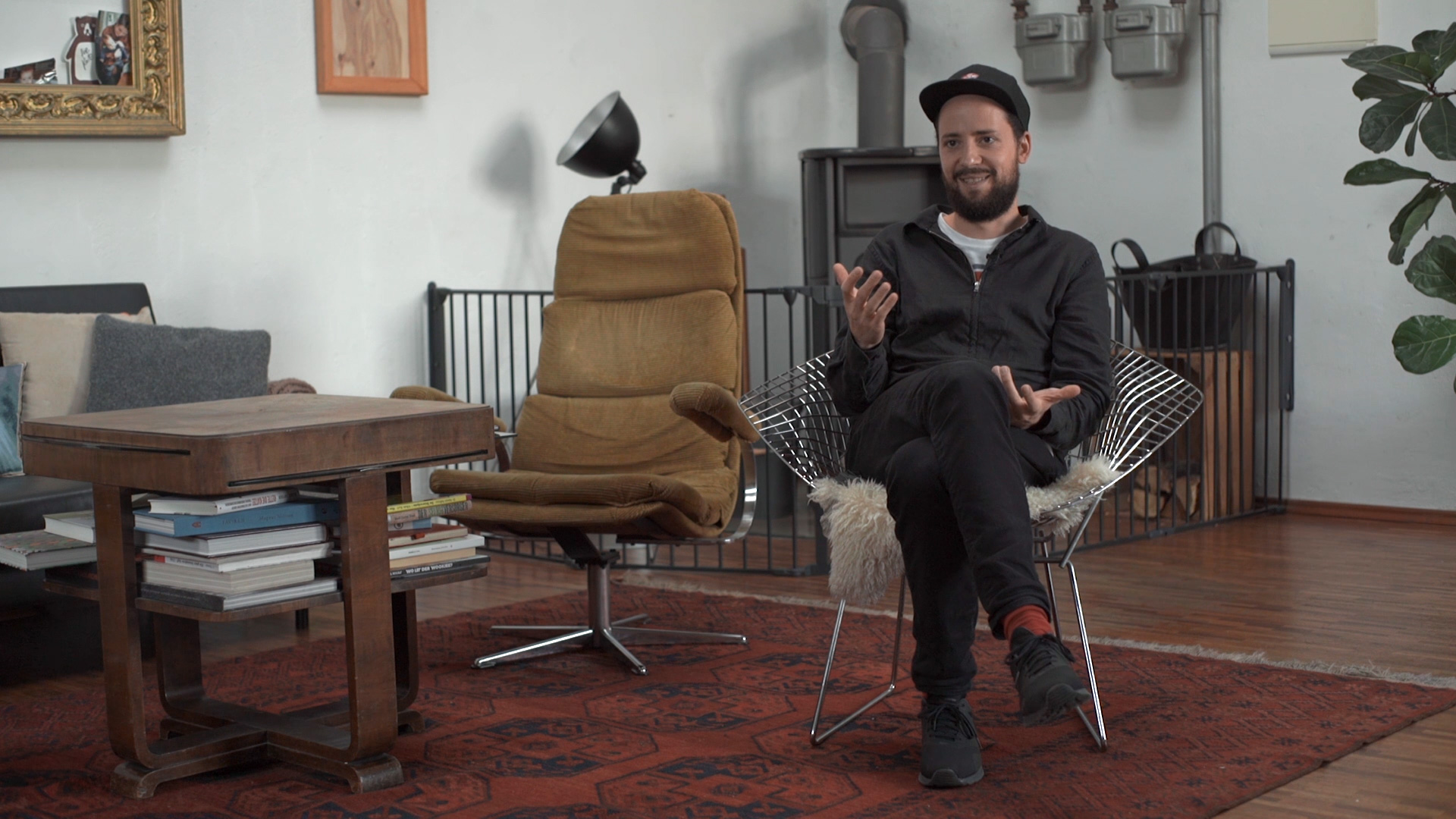
Philipp KässbohrerFilmemacher
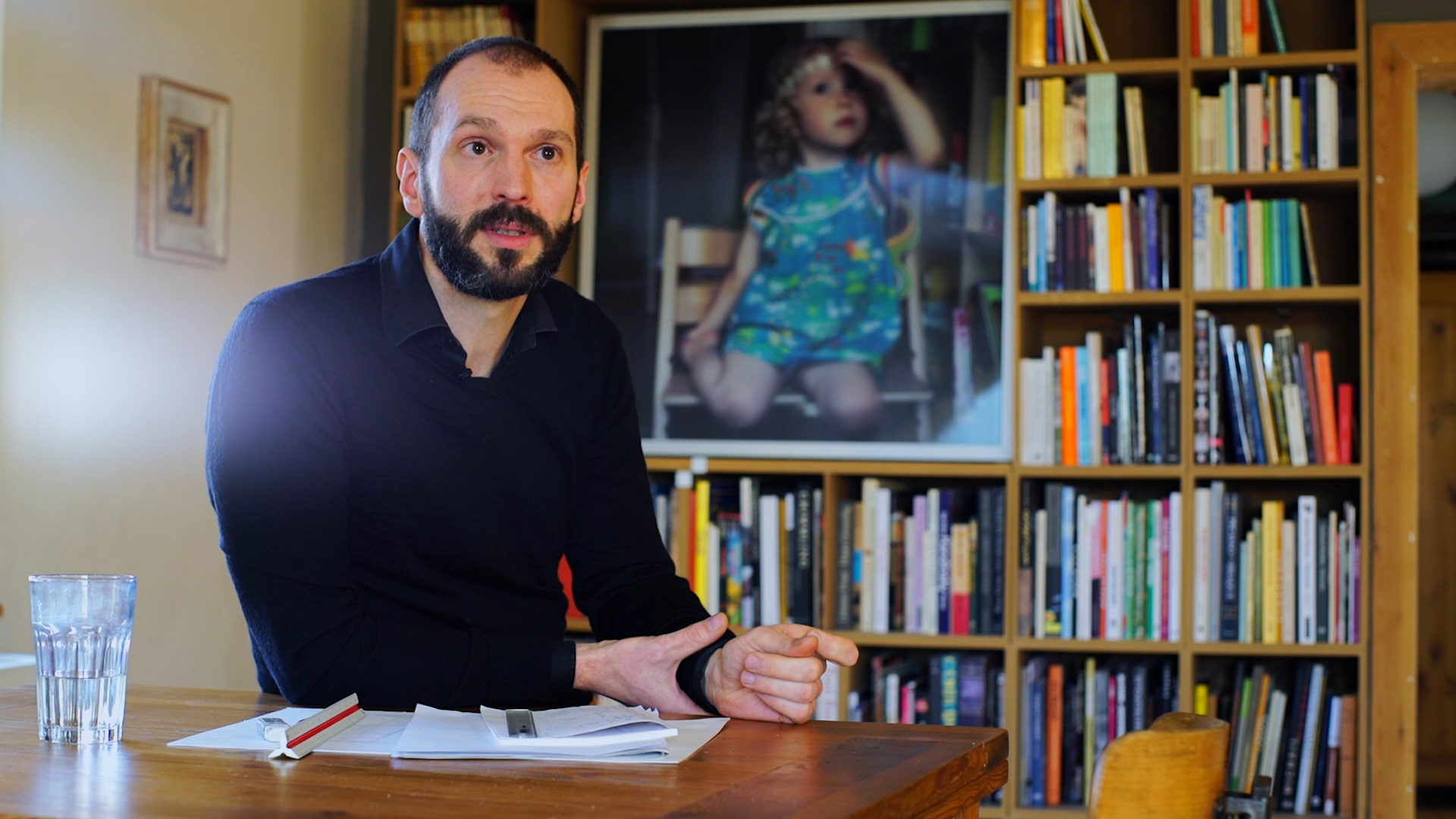
Prof. Christian MahlerProfessor für Motion Design
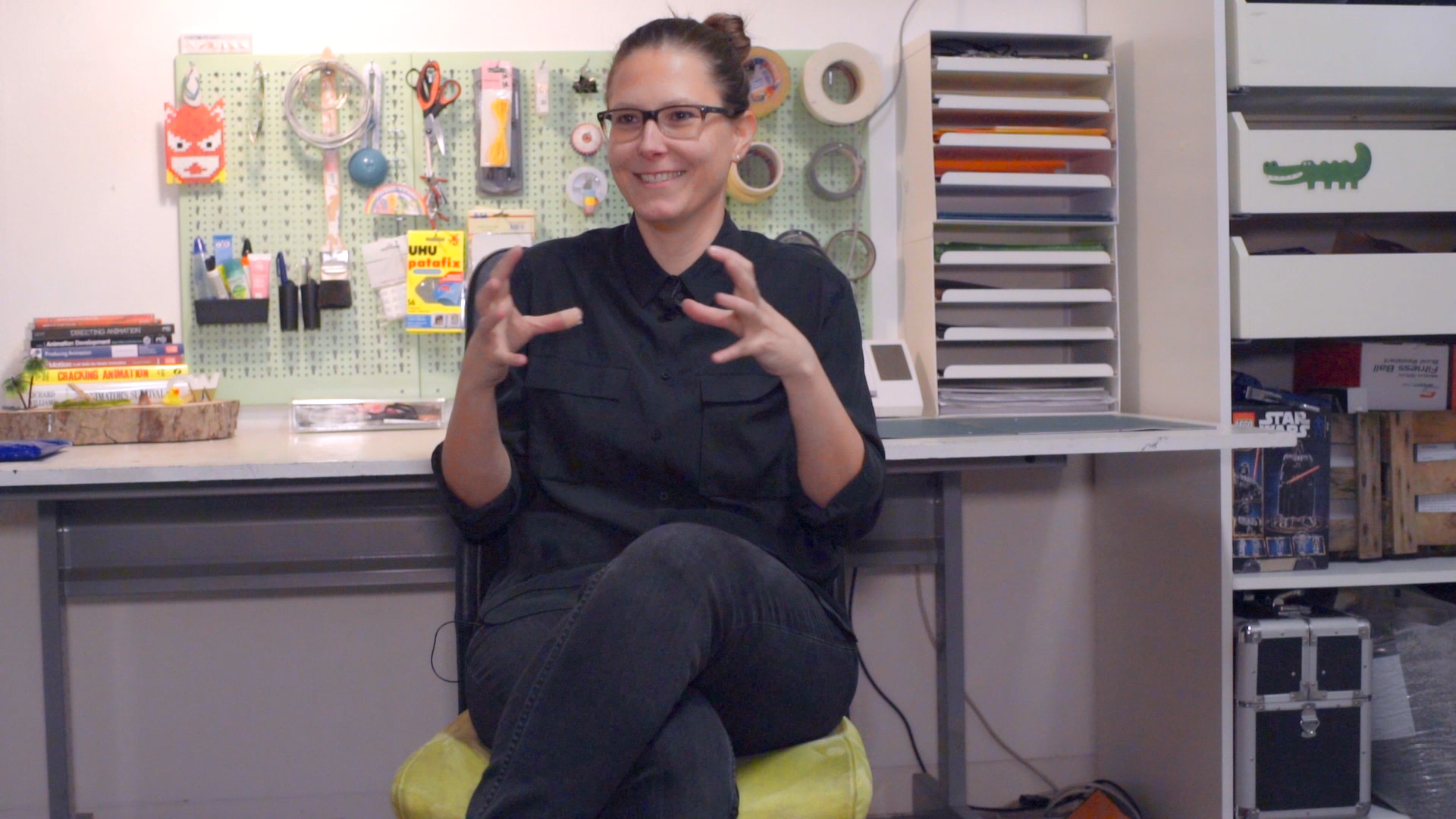
Cris WiegandtStop-Motion Animatorin
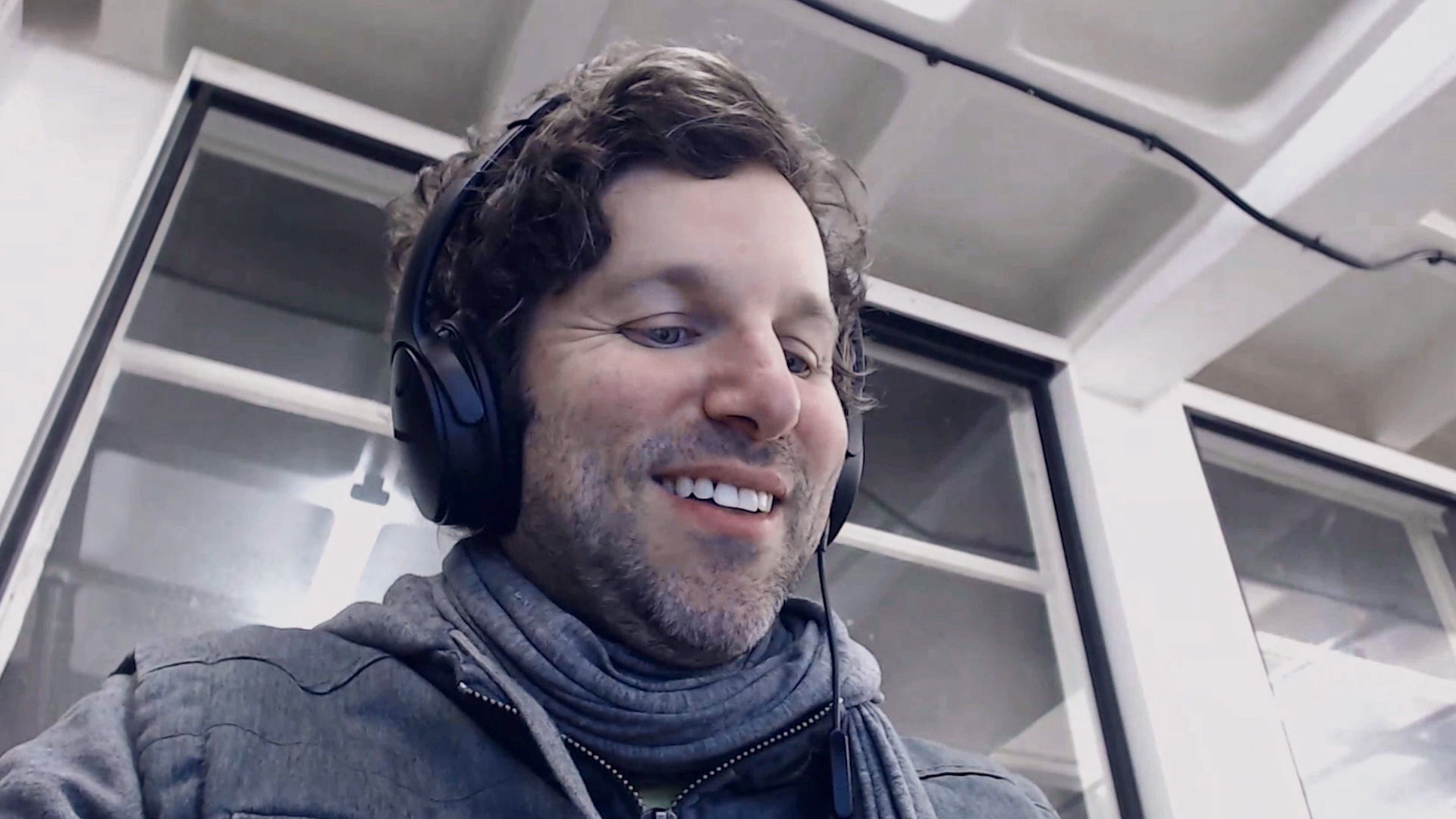
Bradley G. MunkowitzDesigner & Director
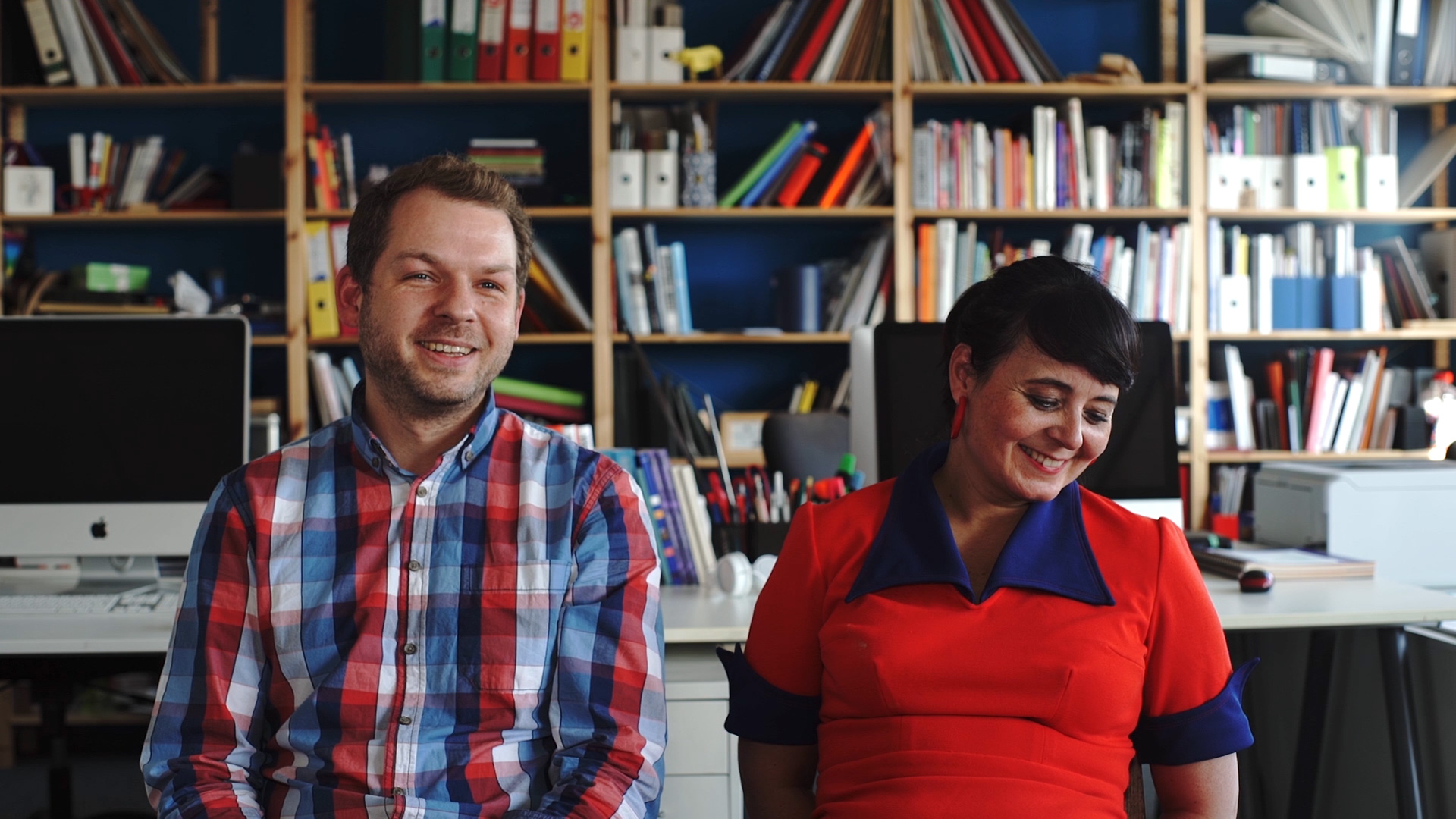
TwoPointsDesigner
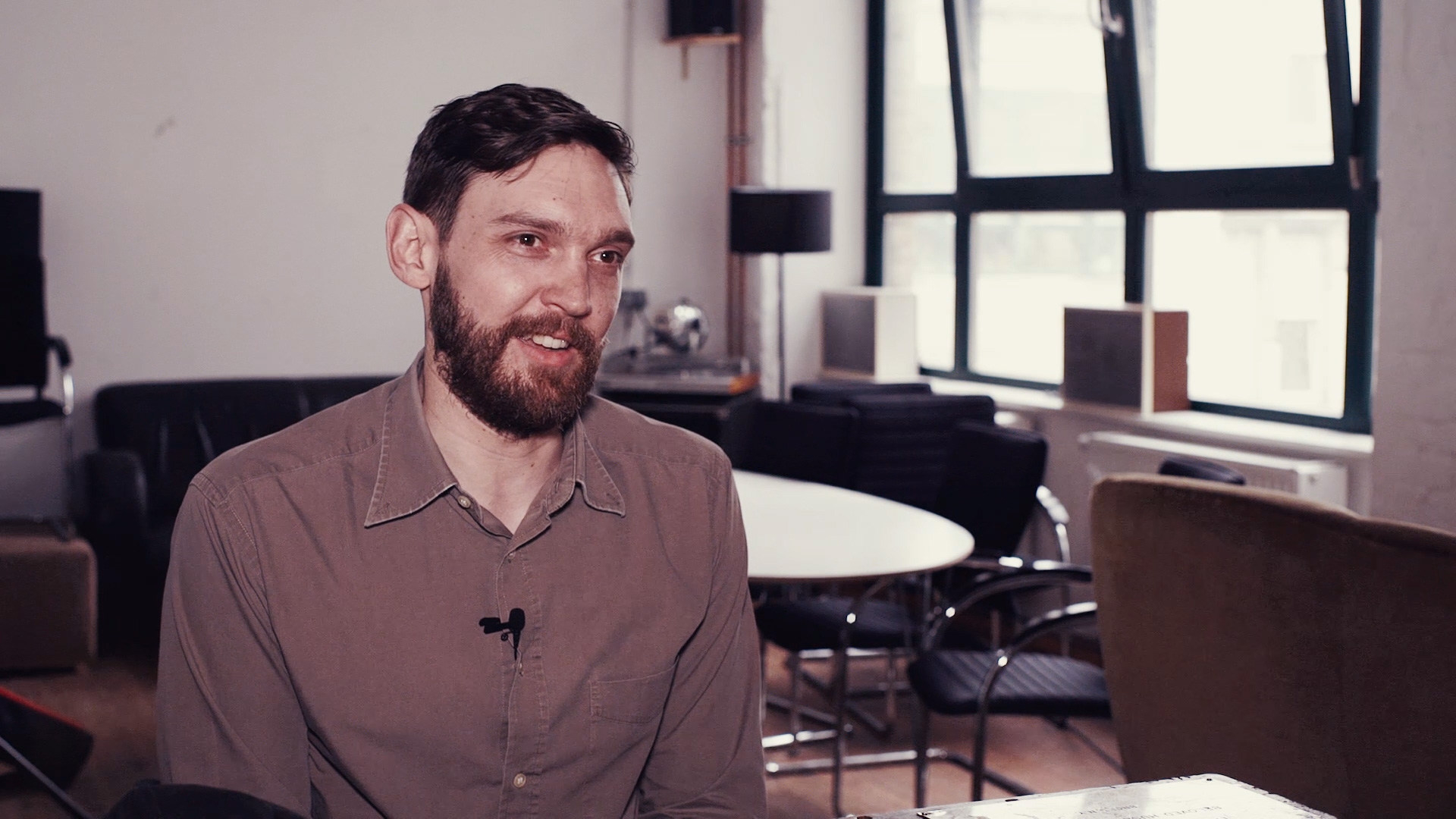
Andreas FischerKünstler
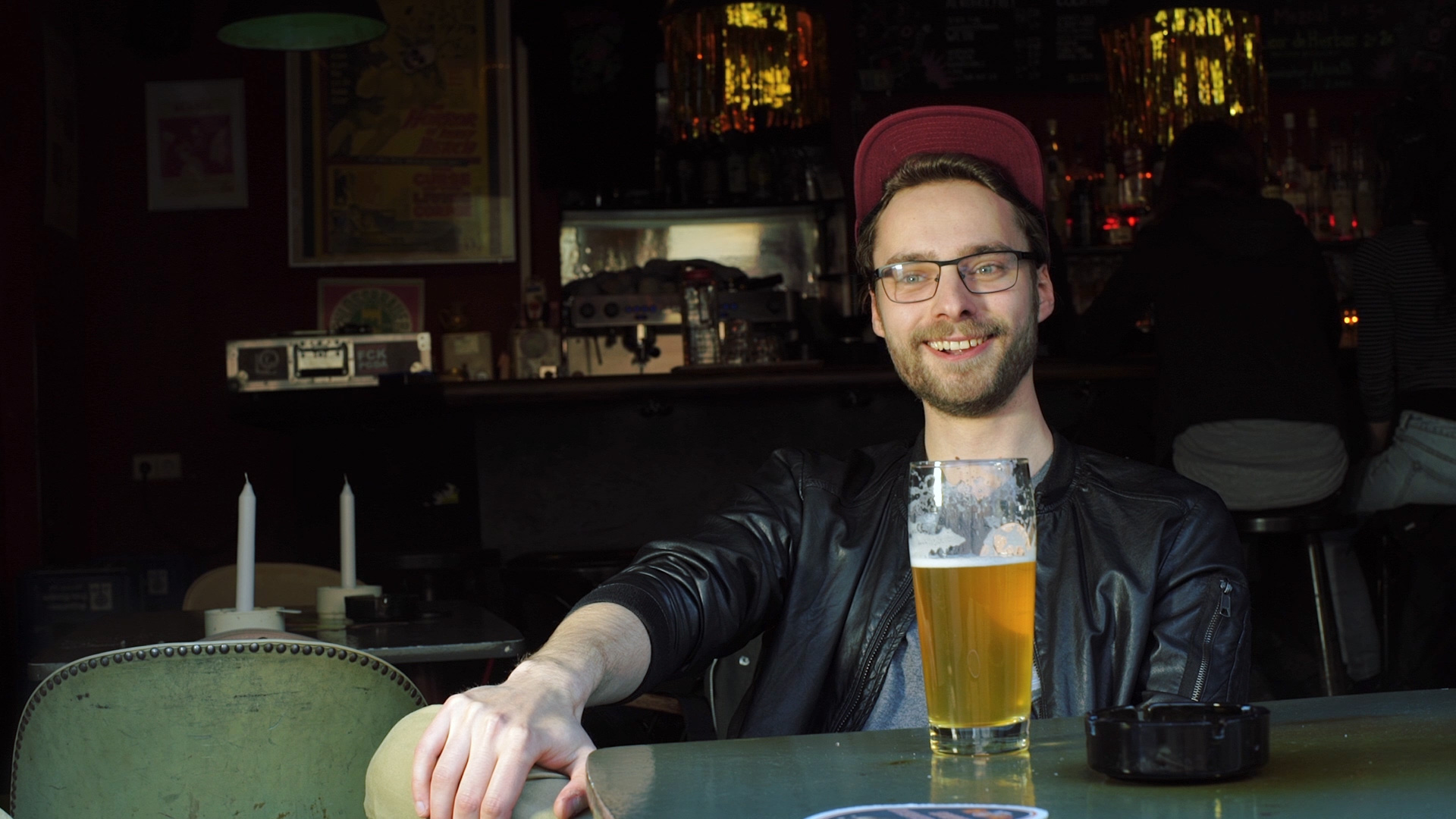
Bastian WieneckeIllustrator & Designer
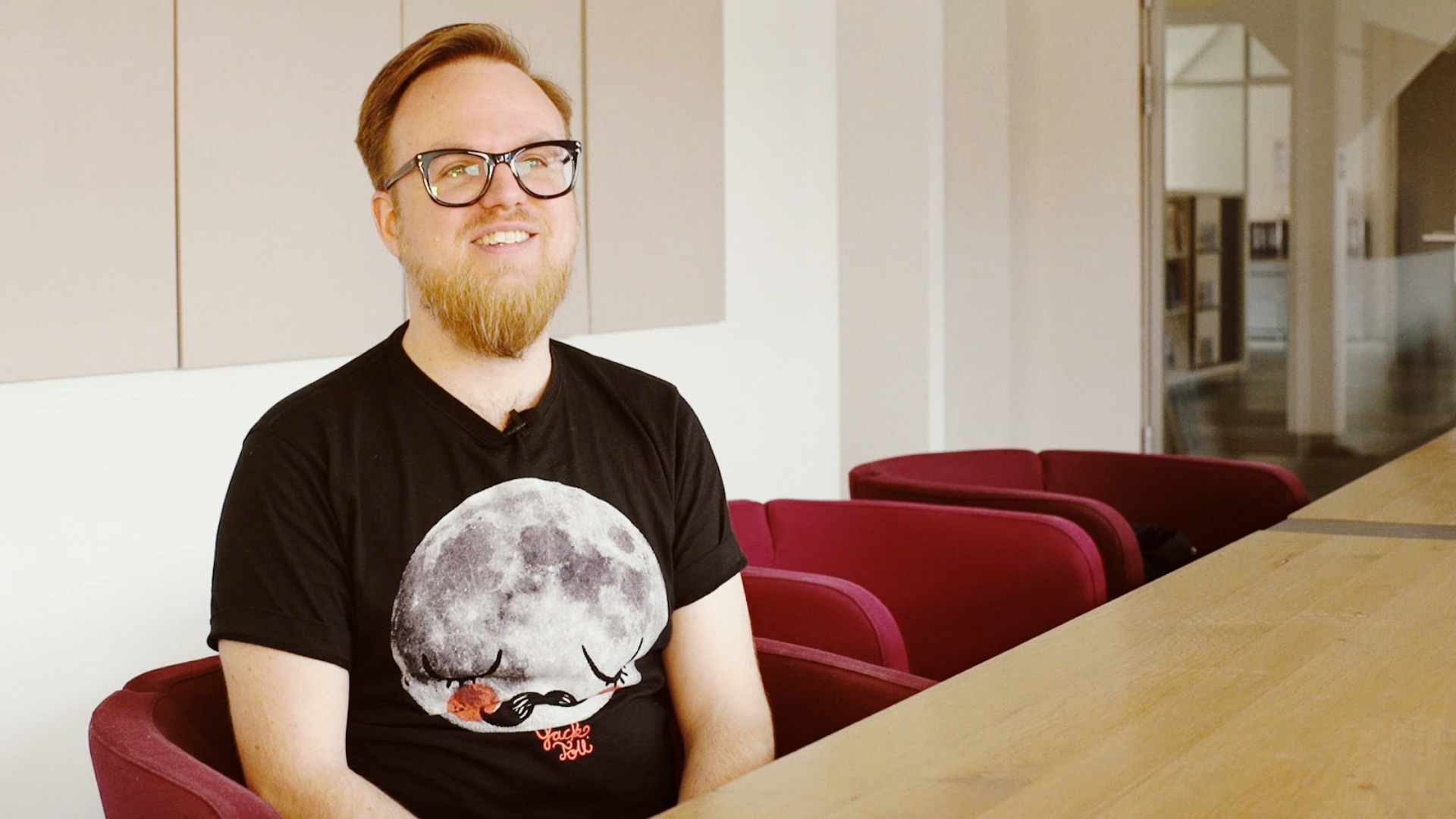
Chris SmallfieldVFX Supervisor & 3D Generalist
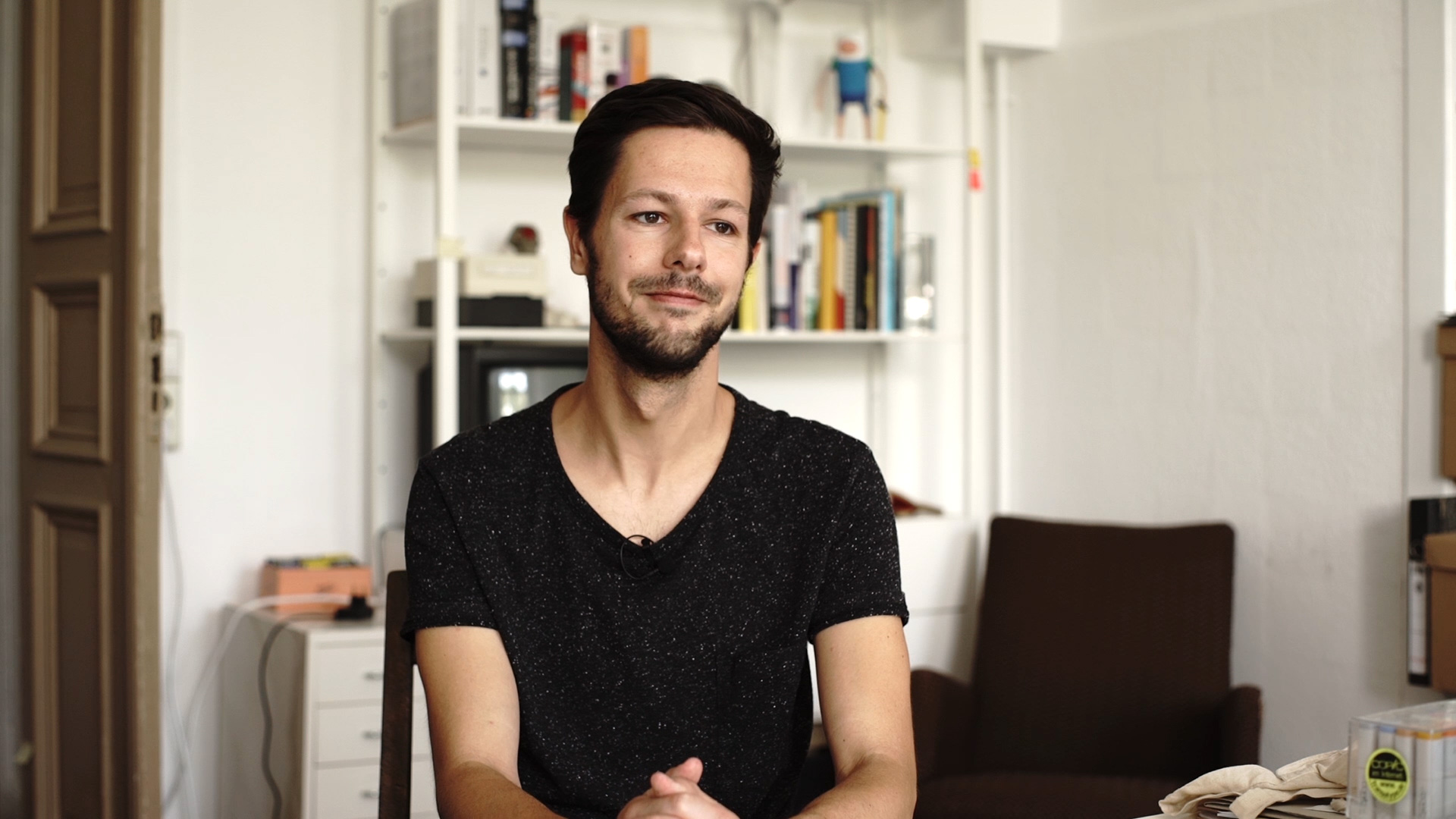
Ronny Schmidt3D Artist & Designer
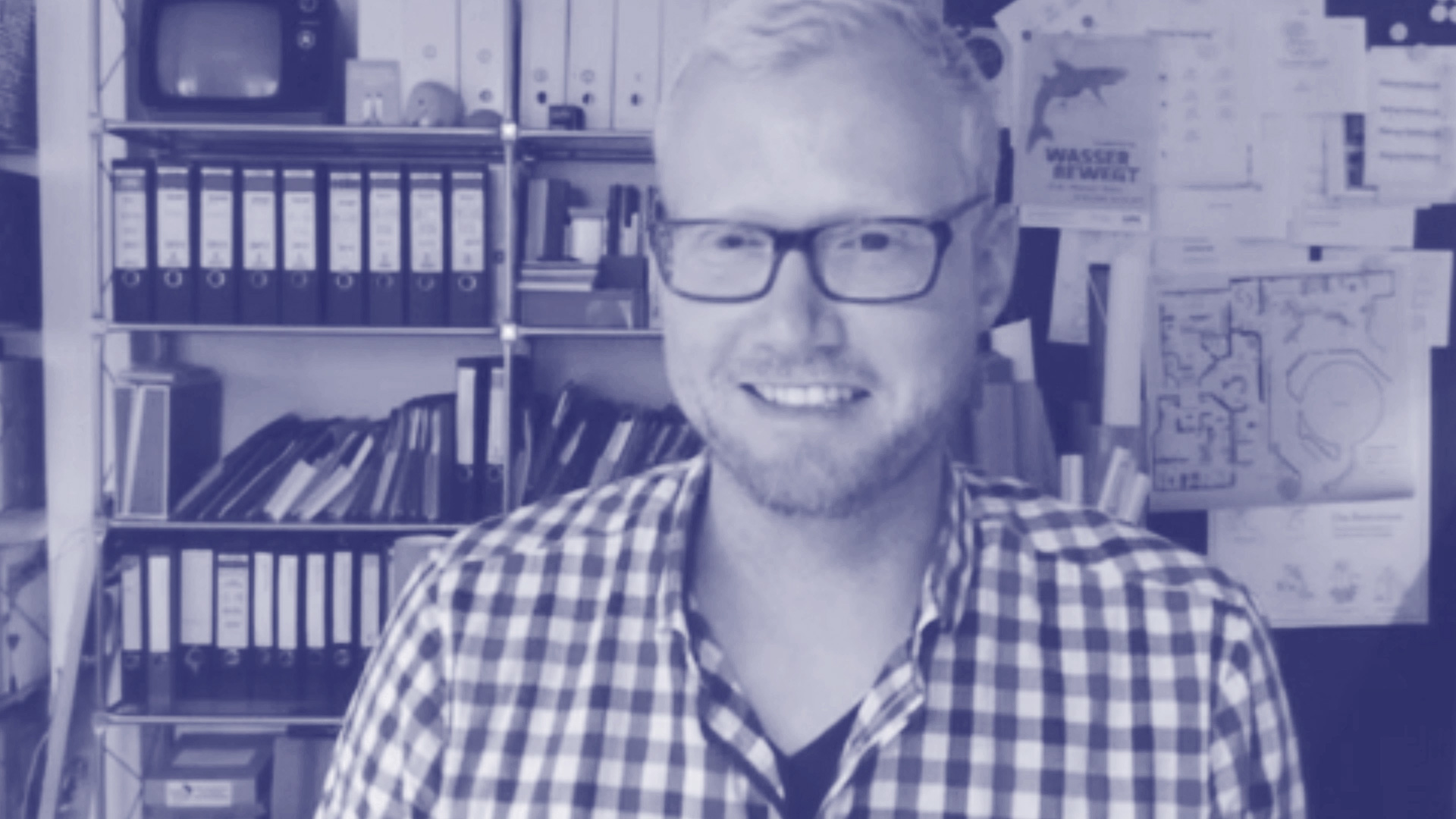
Christian BüningInformationsgestalter
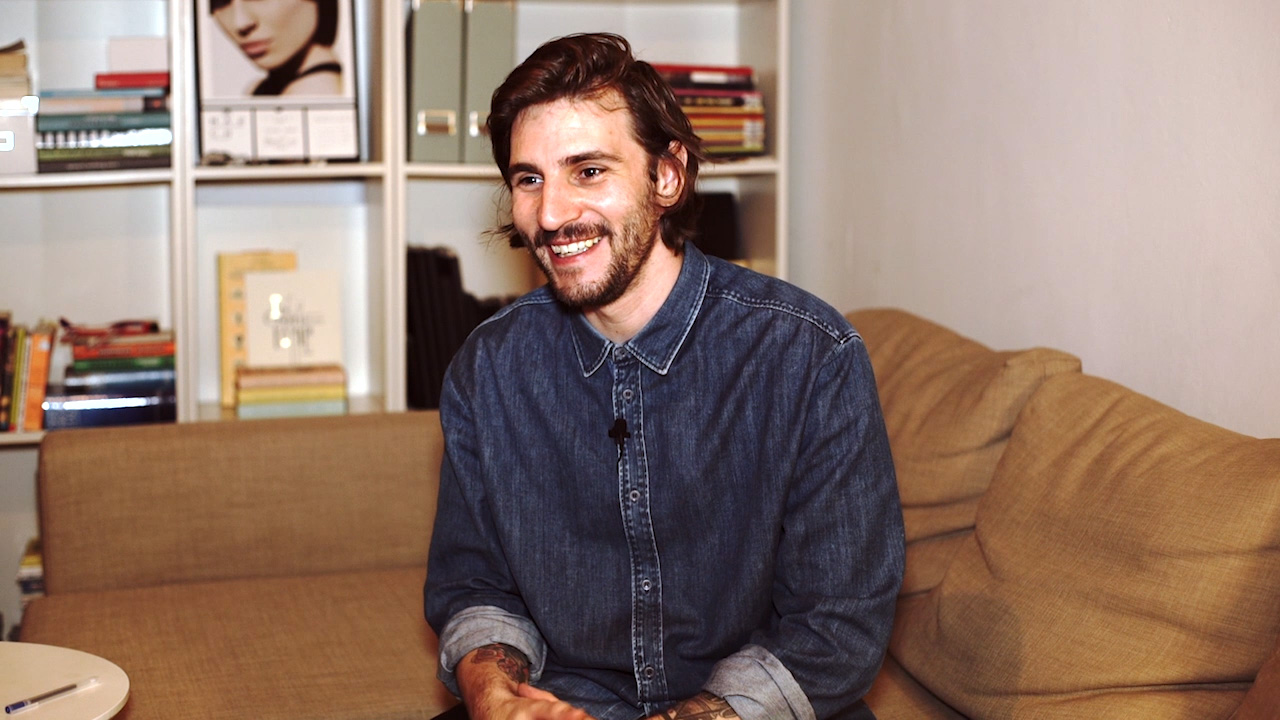
Hassan HaiderArt Director & Designer
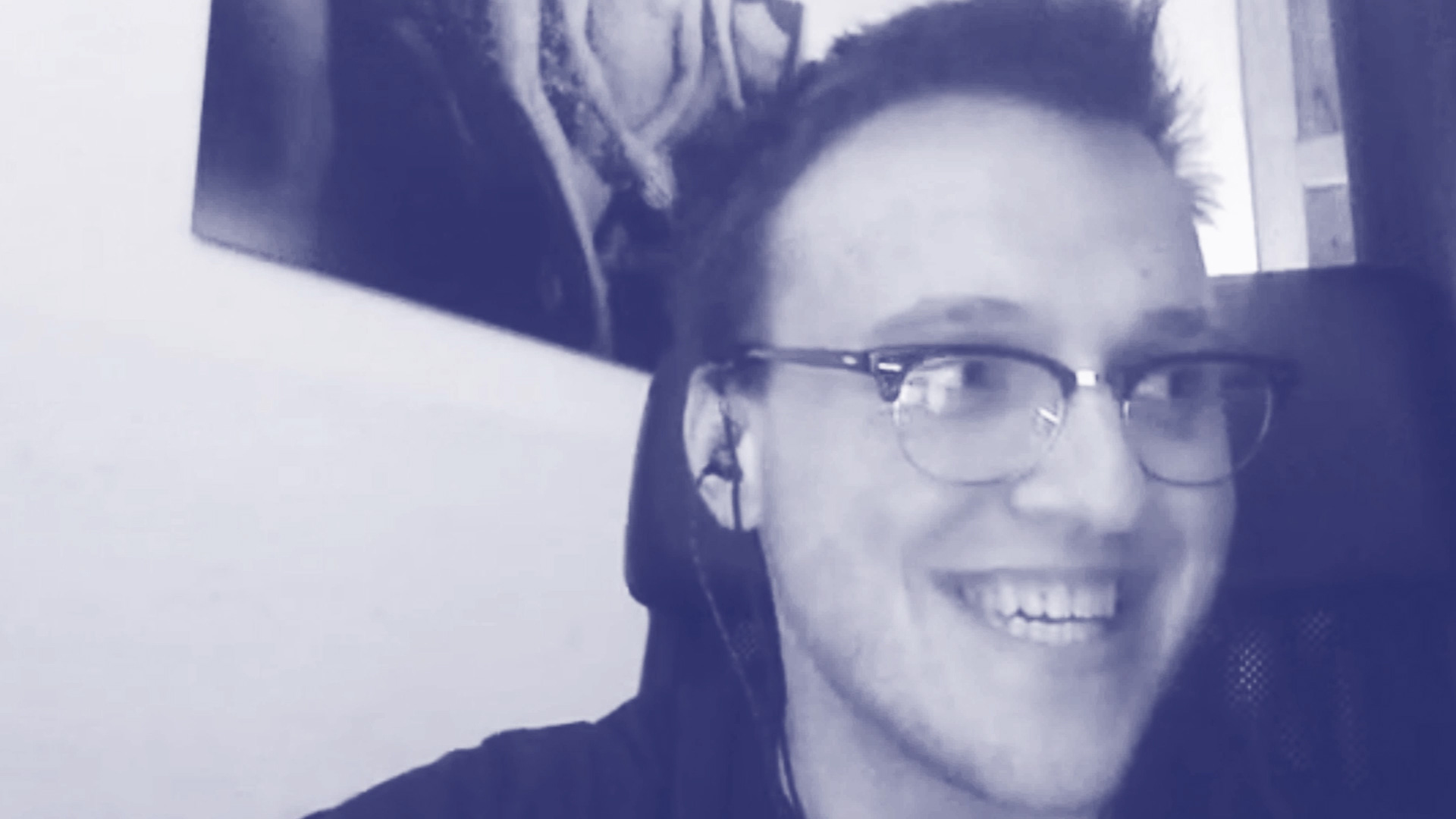
Andreas HofstetterJunior Creative & Filmemacher
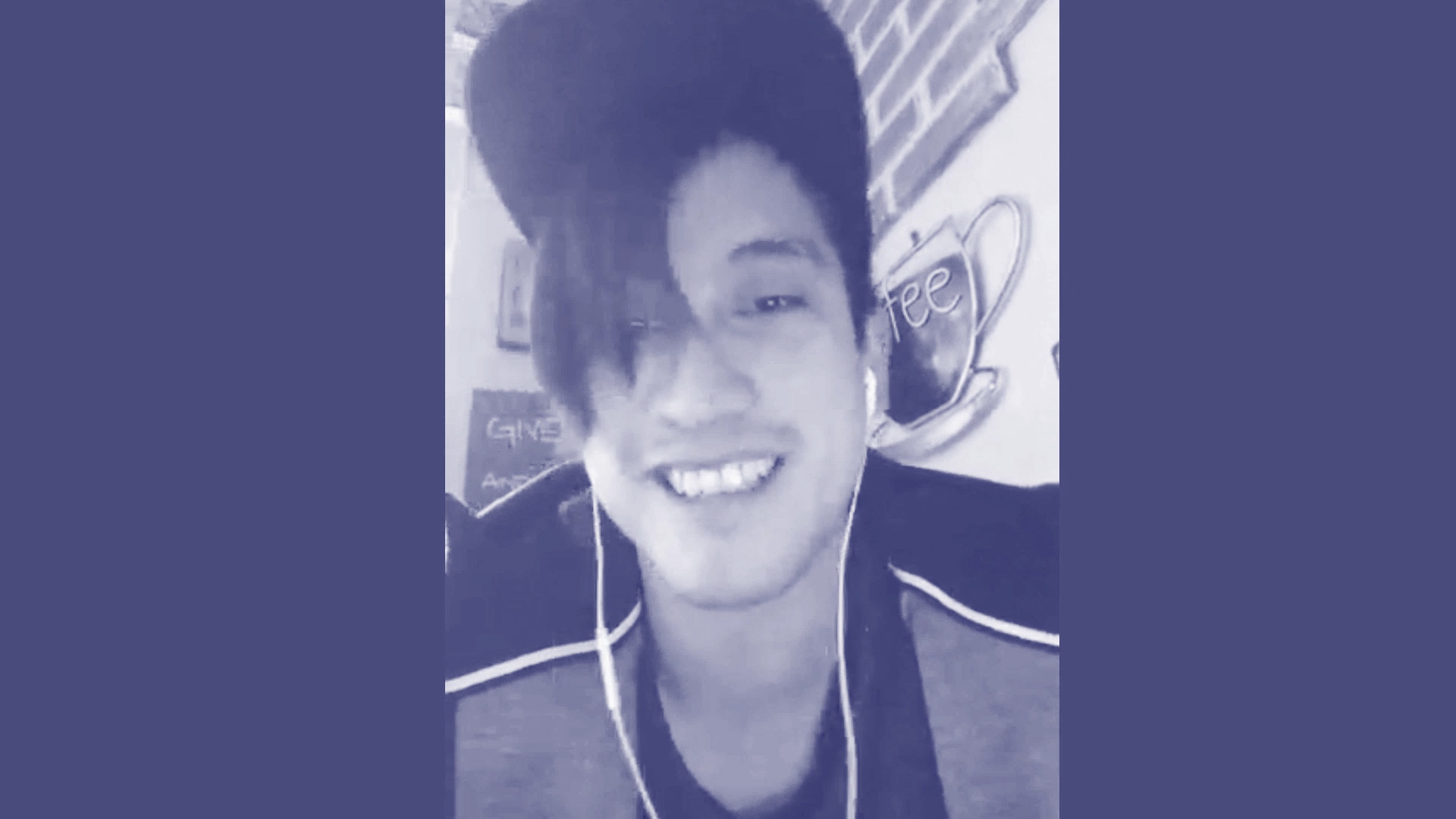
Vi-Dan TranRegisseur & Stuntman
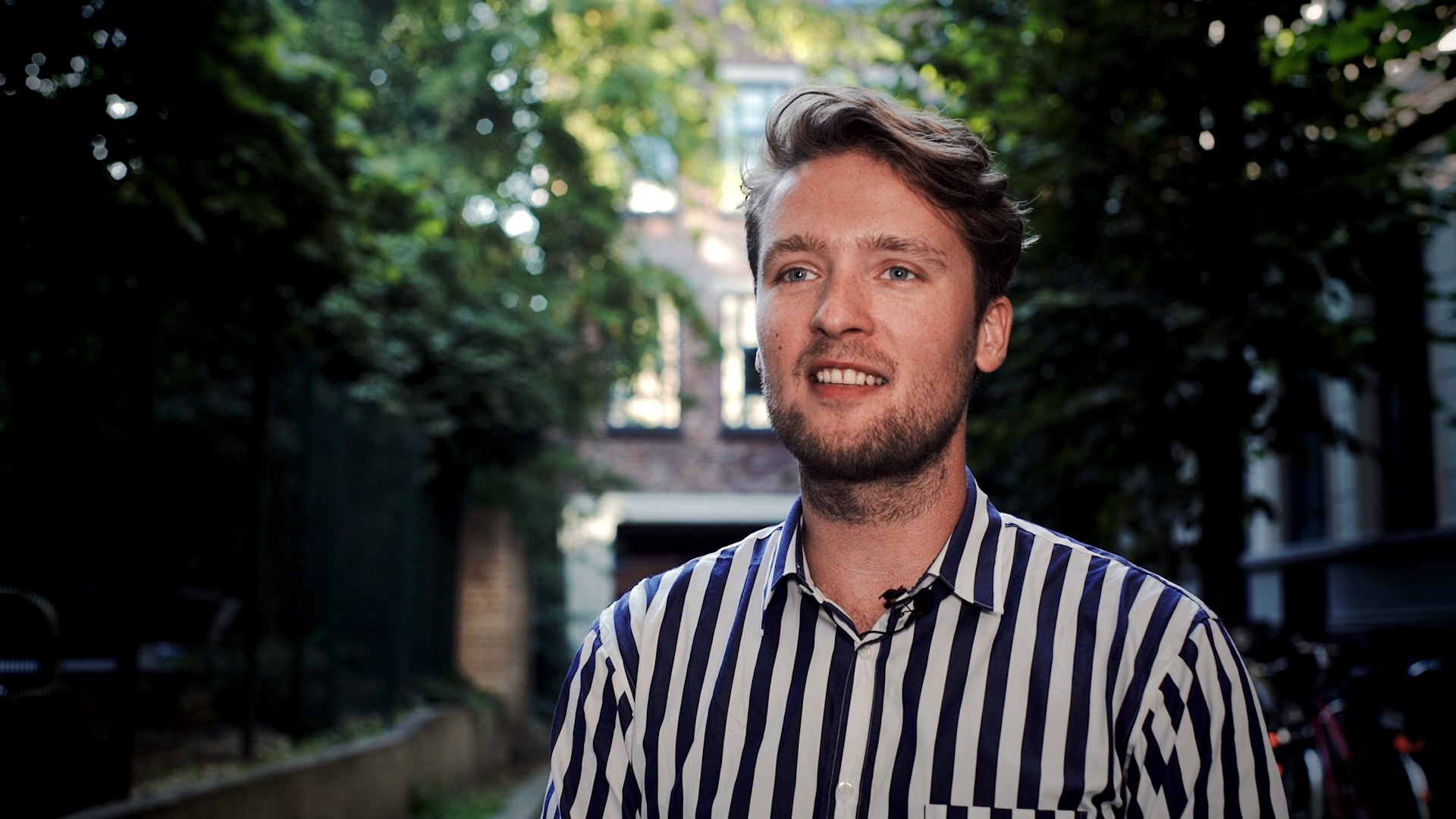
Dominic RepenningDesigner & Regisseur
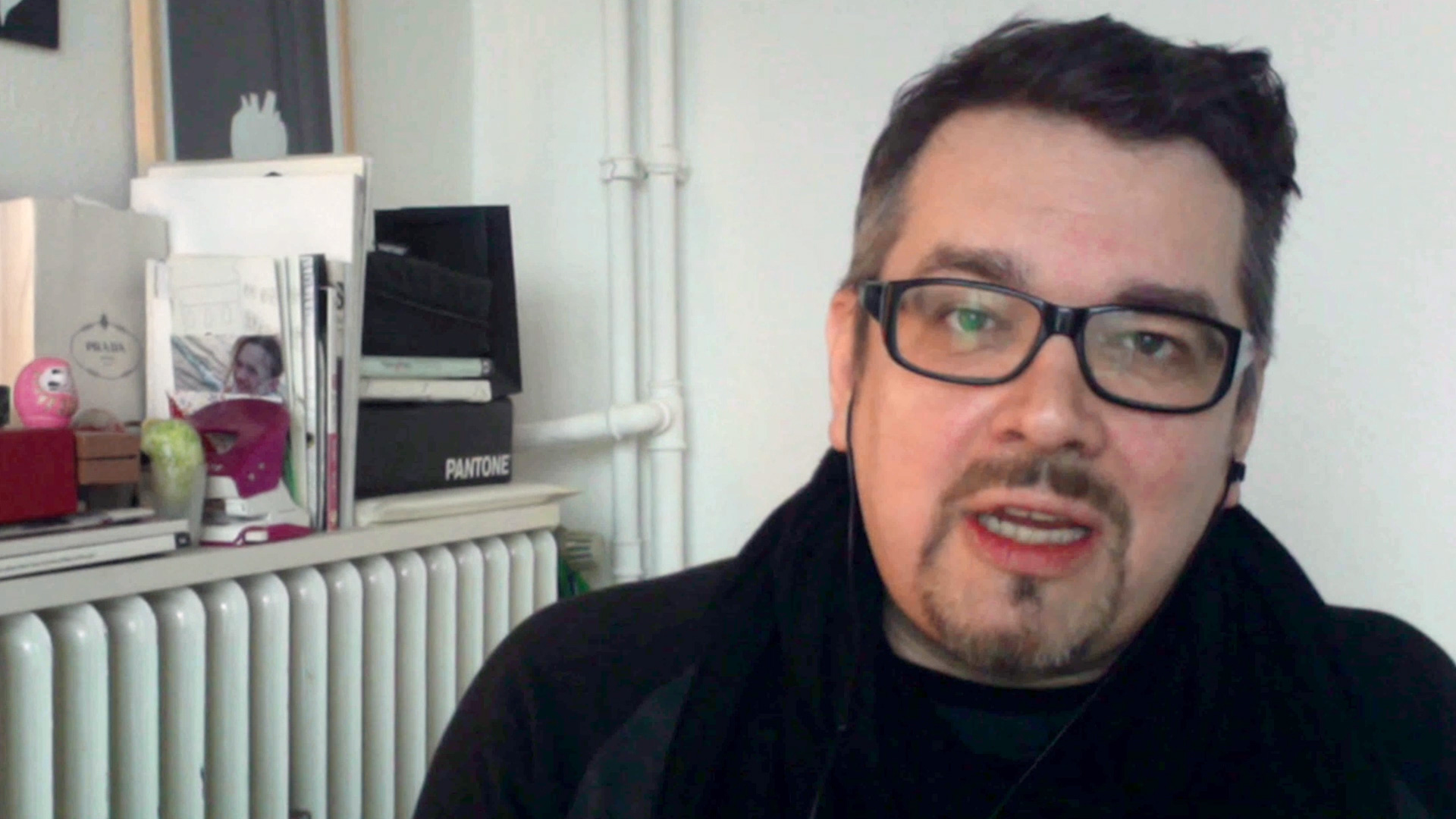
Kay TennemannAnimation Director & Designer
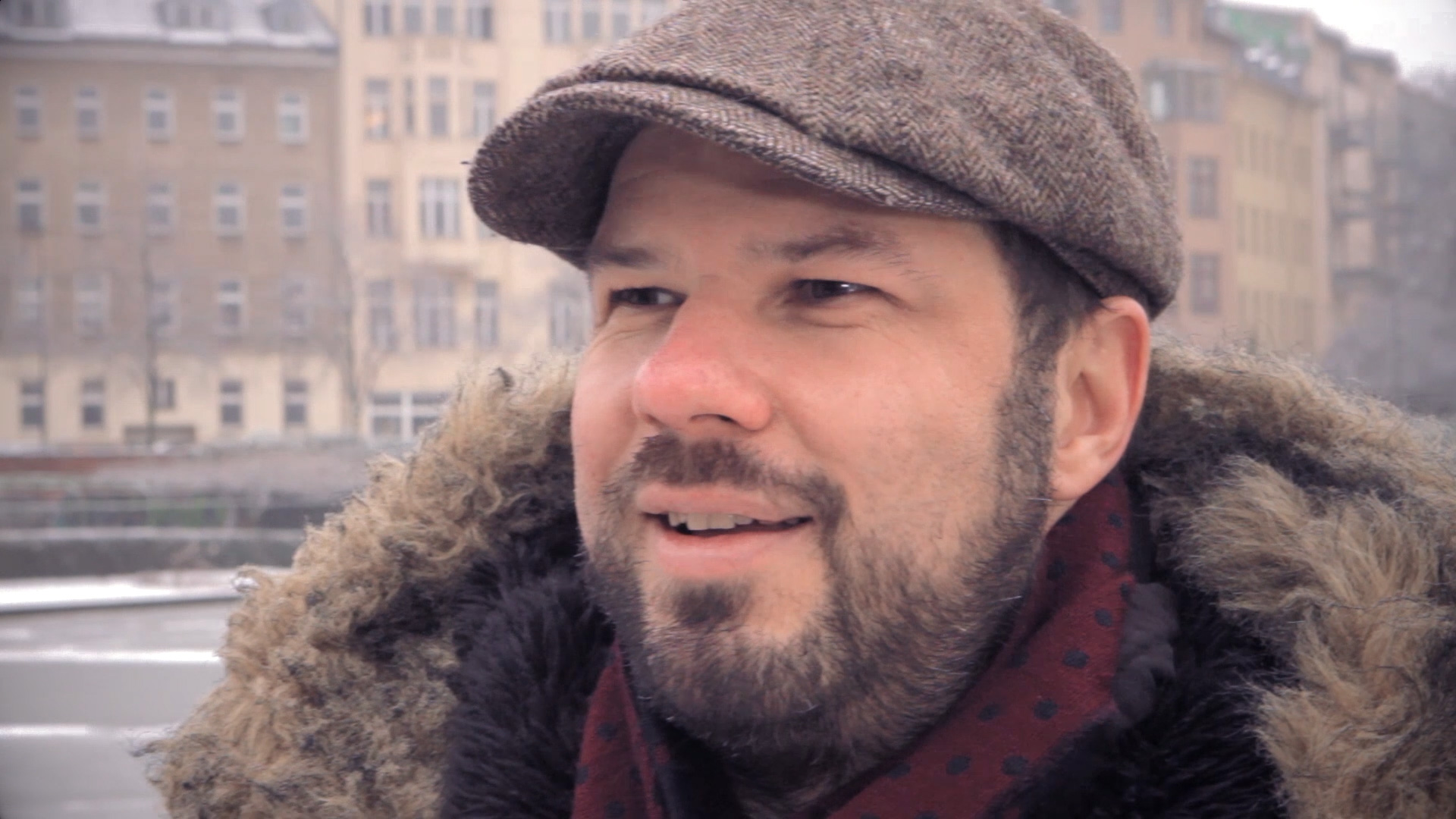
Uwe FladeRegisseur
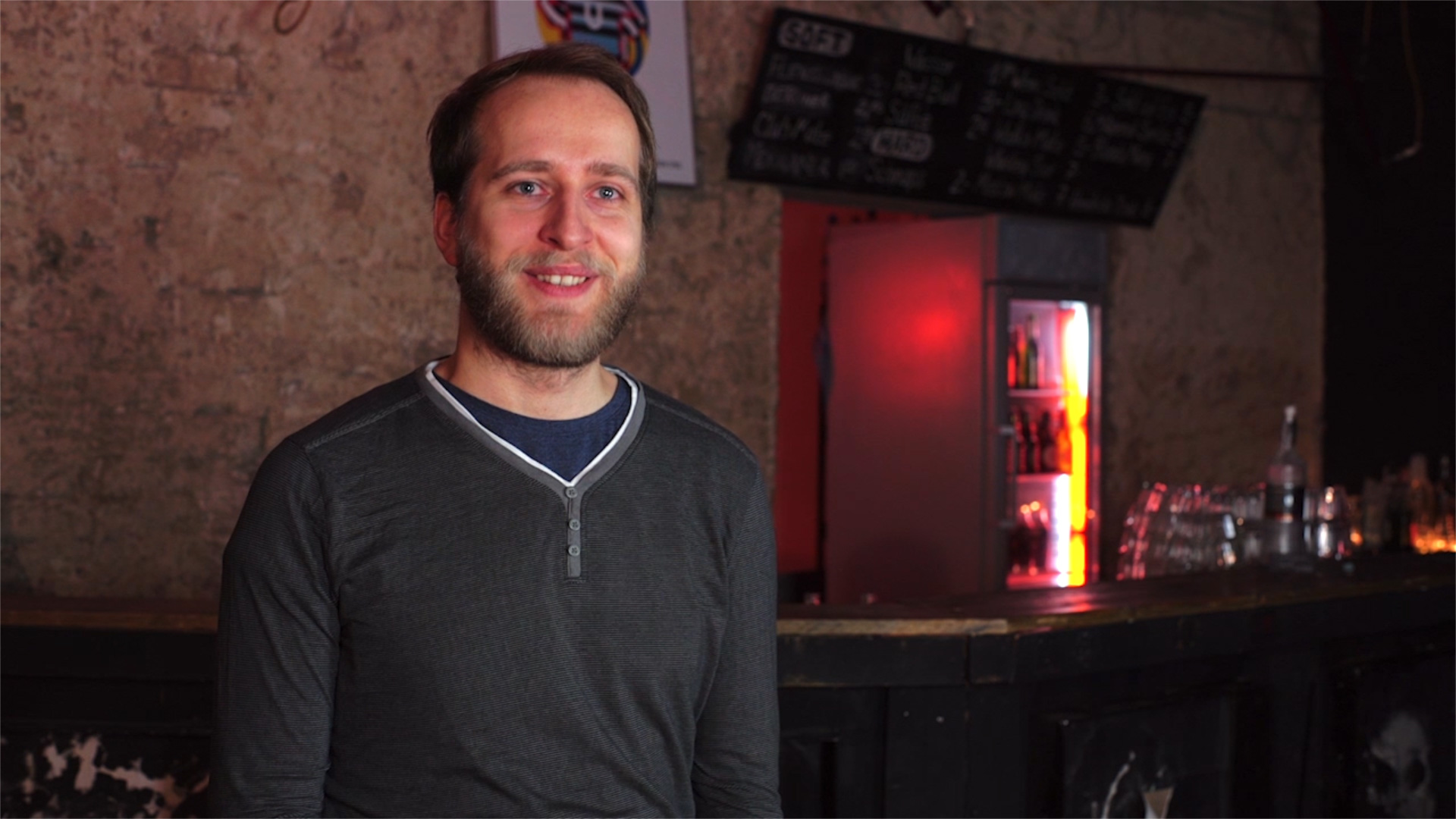
Johannes FiglhuberConcept Designer
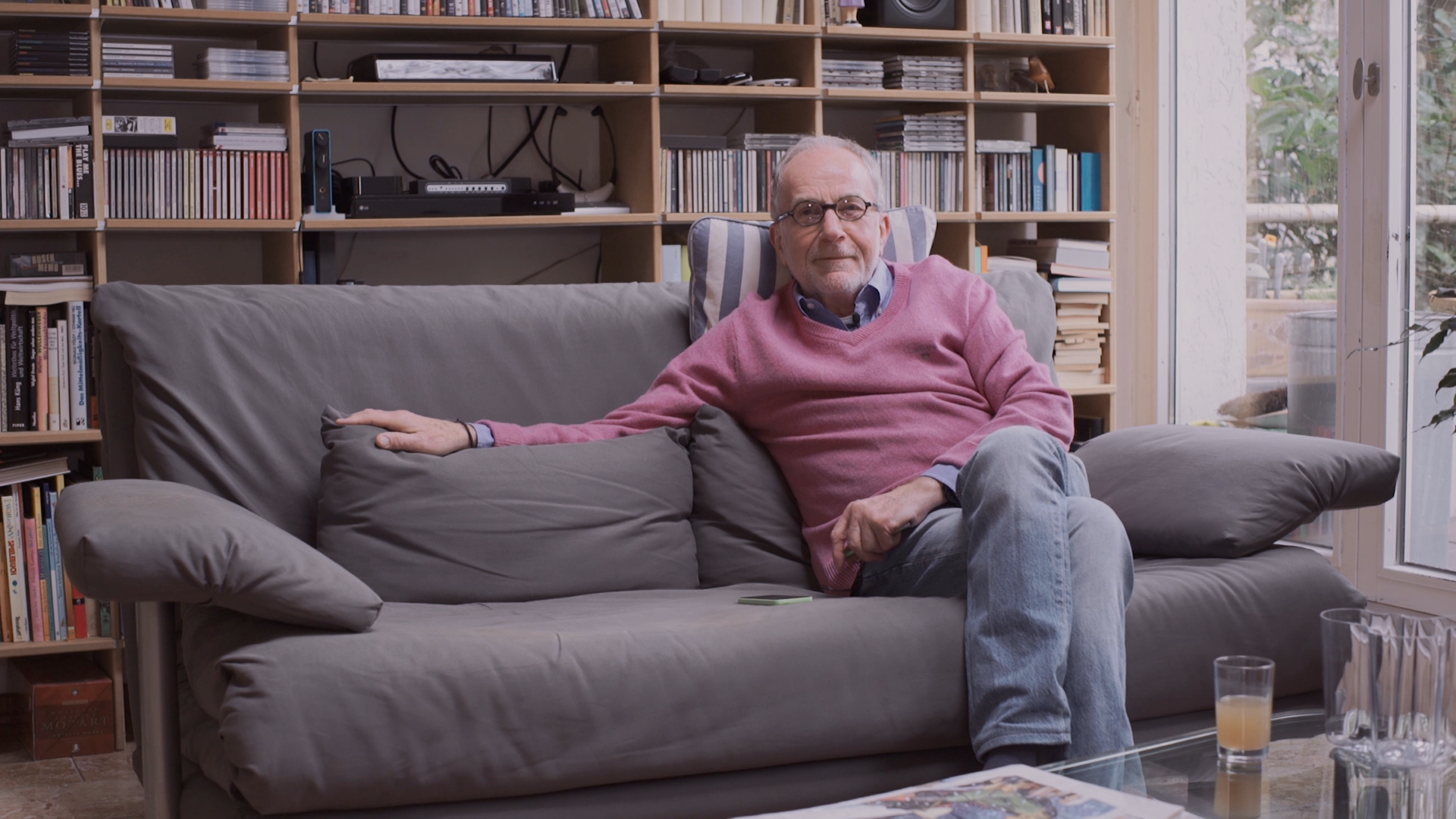
Helmut M. Schmitt-SiegelGestalter
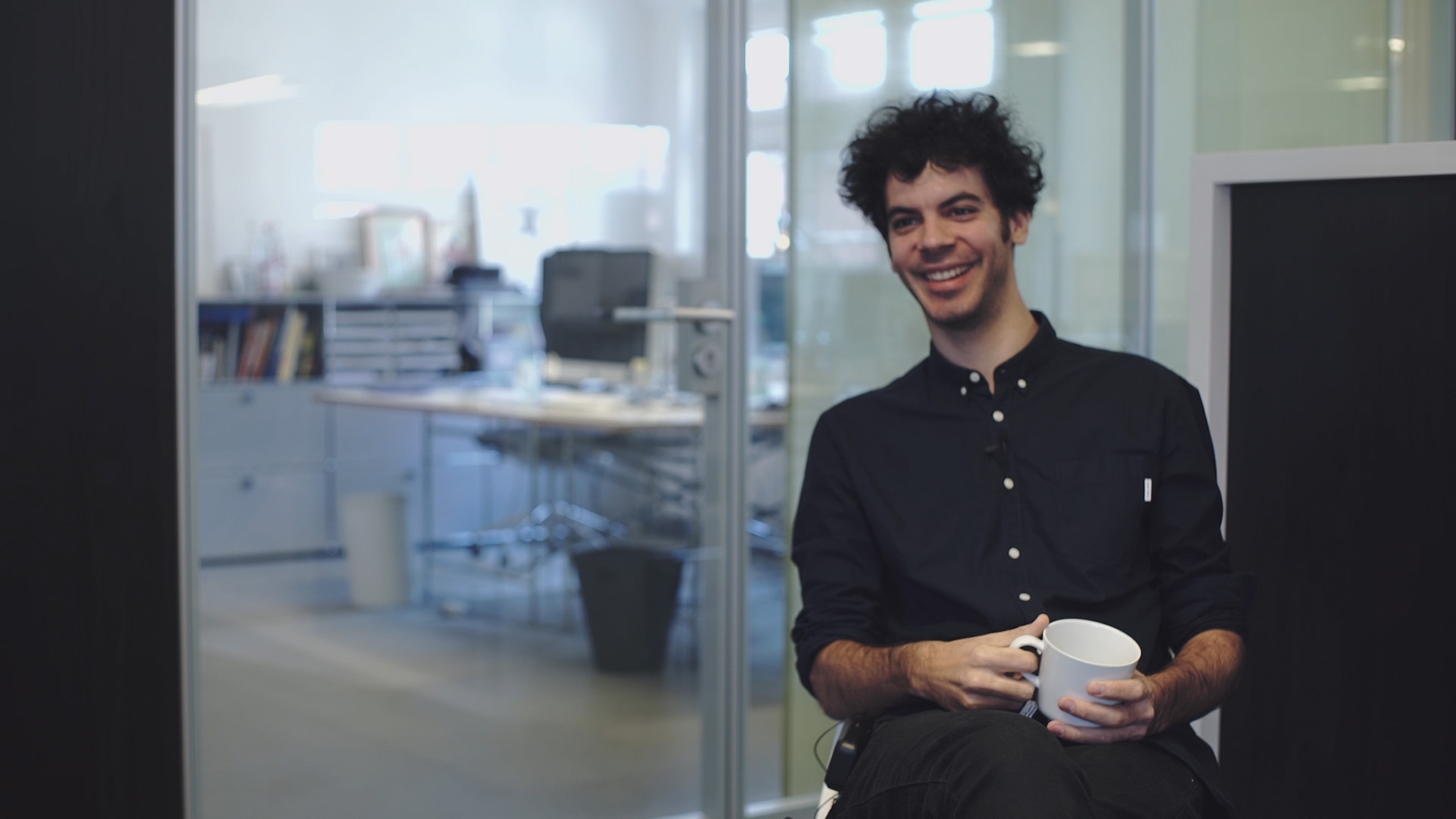
Dante ZaballaAnimator
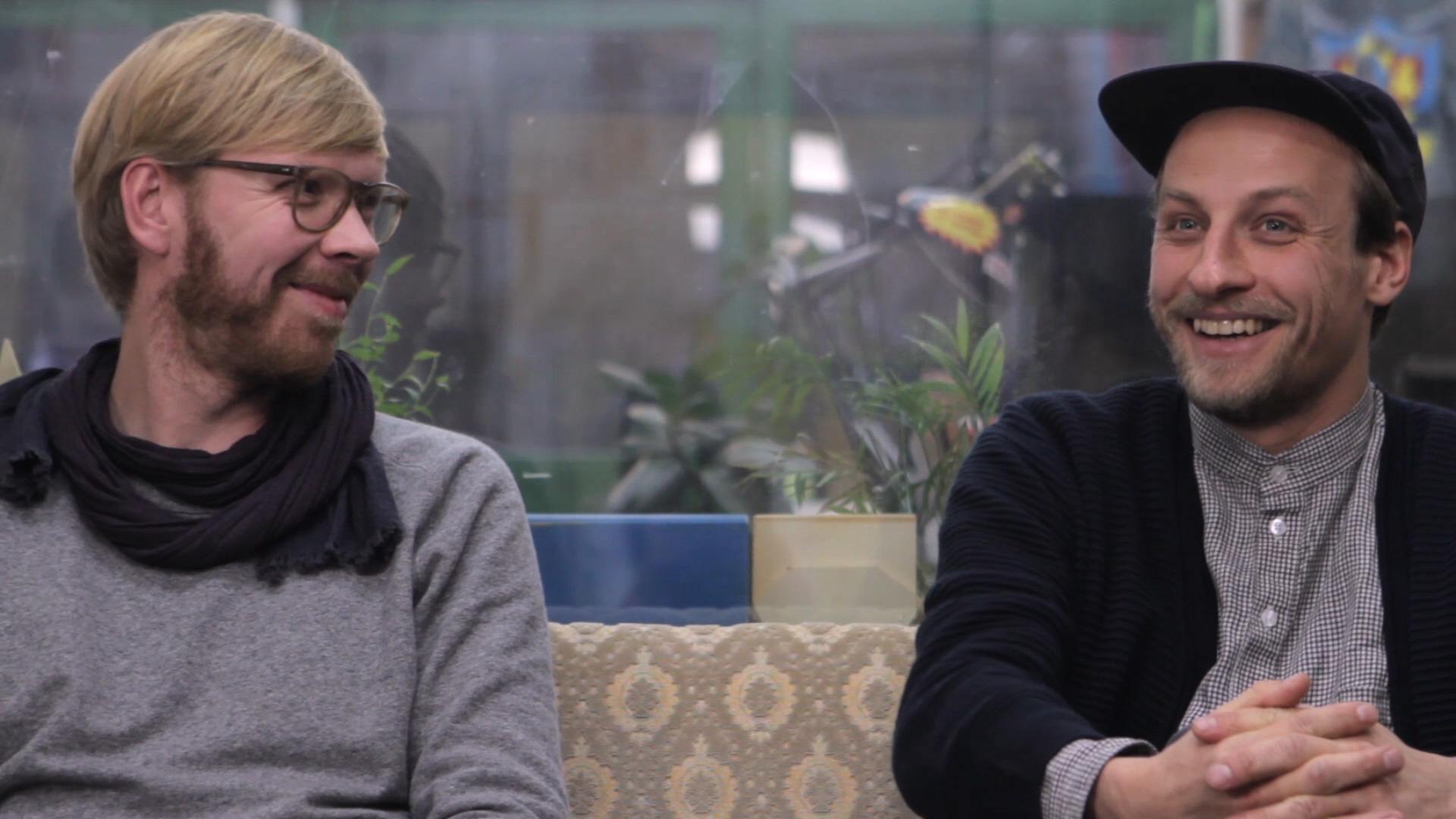
44FLAVOURSKünstler
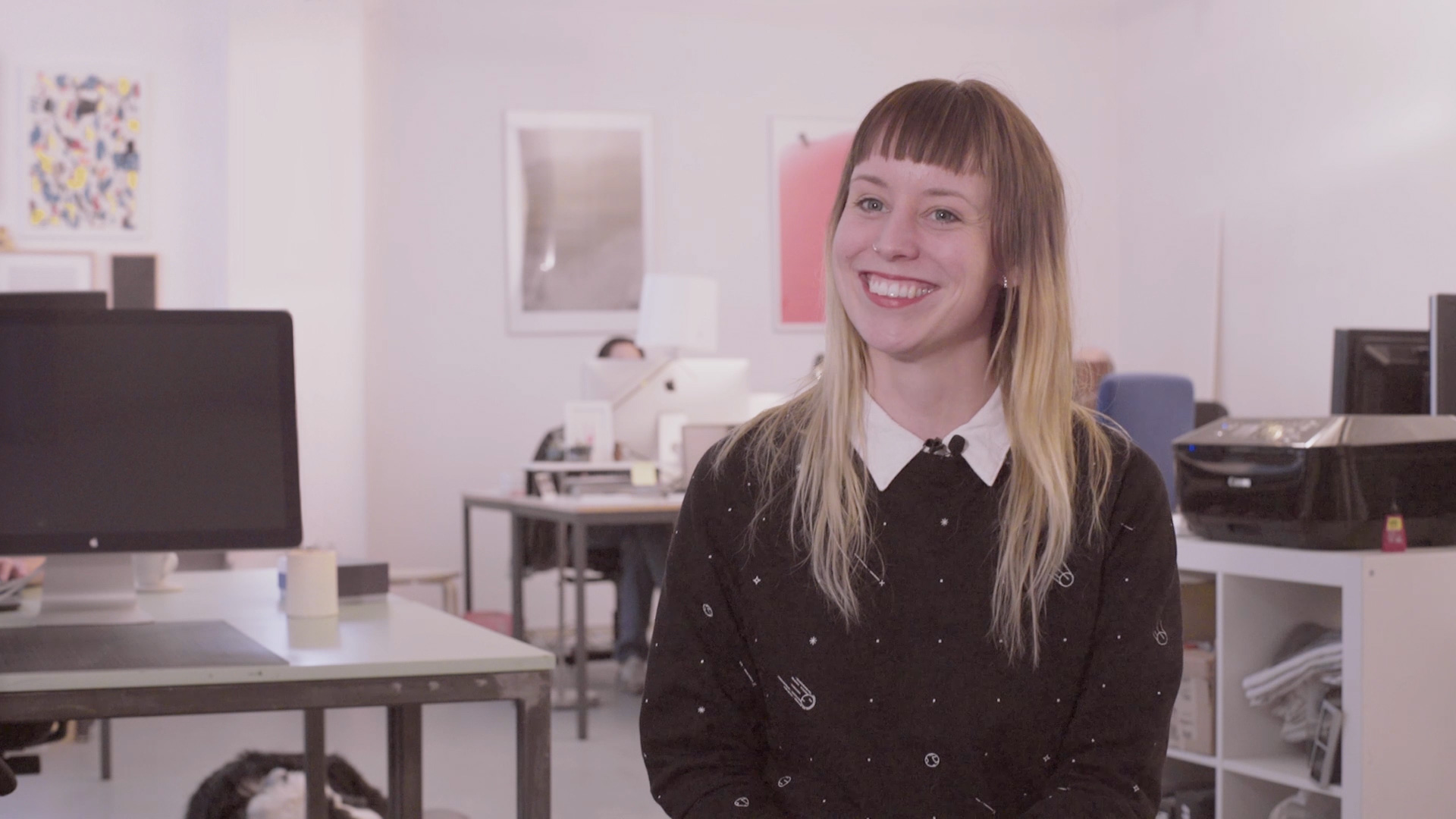
Mette Ilene HolmriisIllustratorin & Animatorin
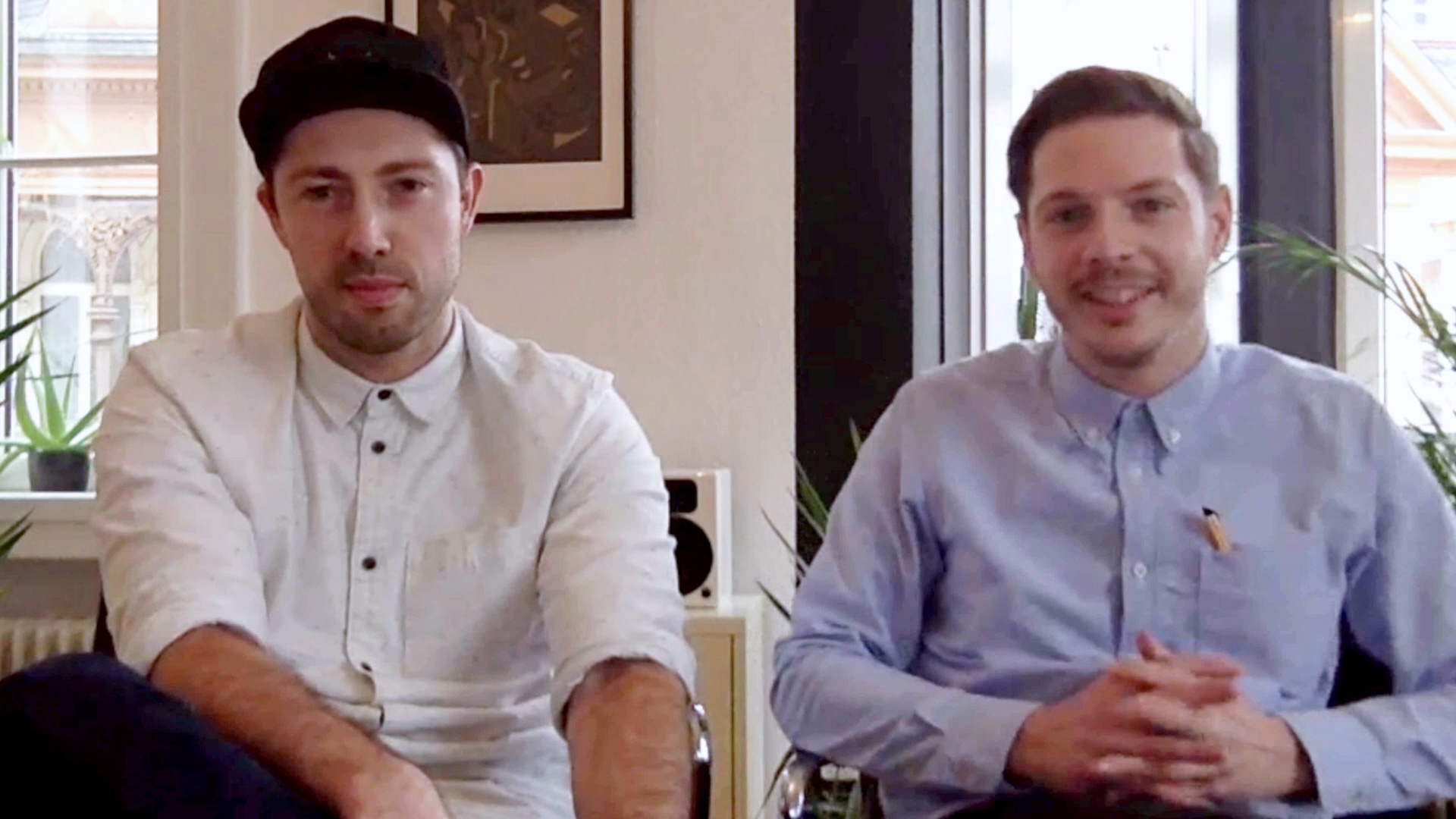
FOREALDesigner
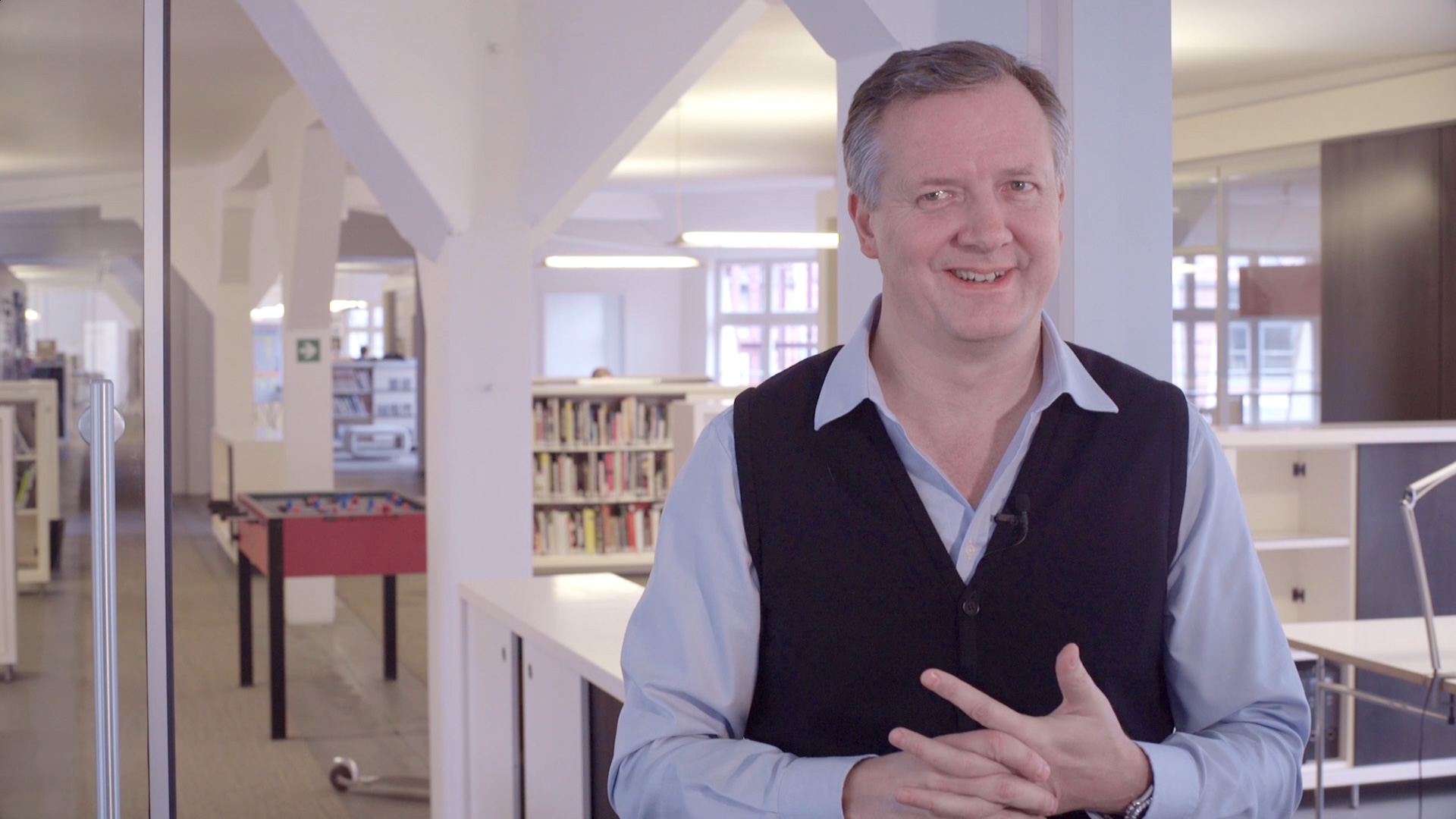
Tammo F. BrunsDesigner & Geschäftsführer
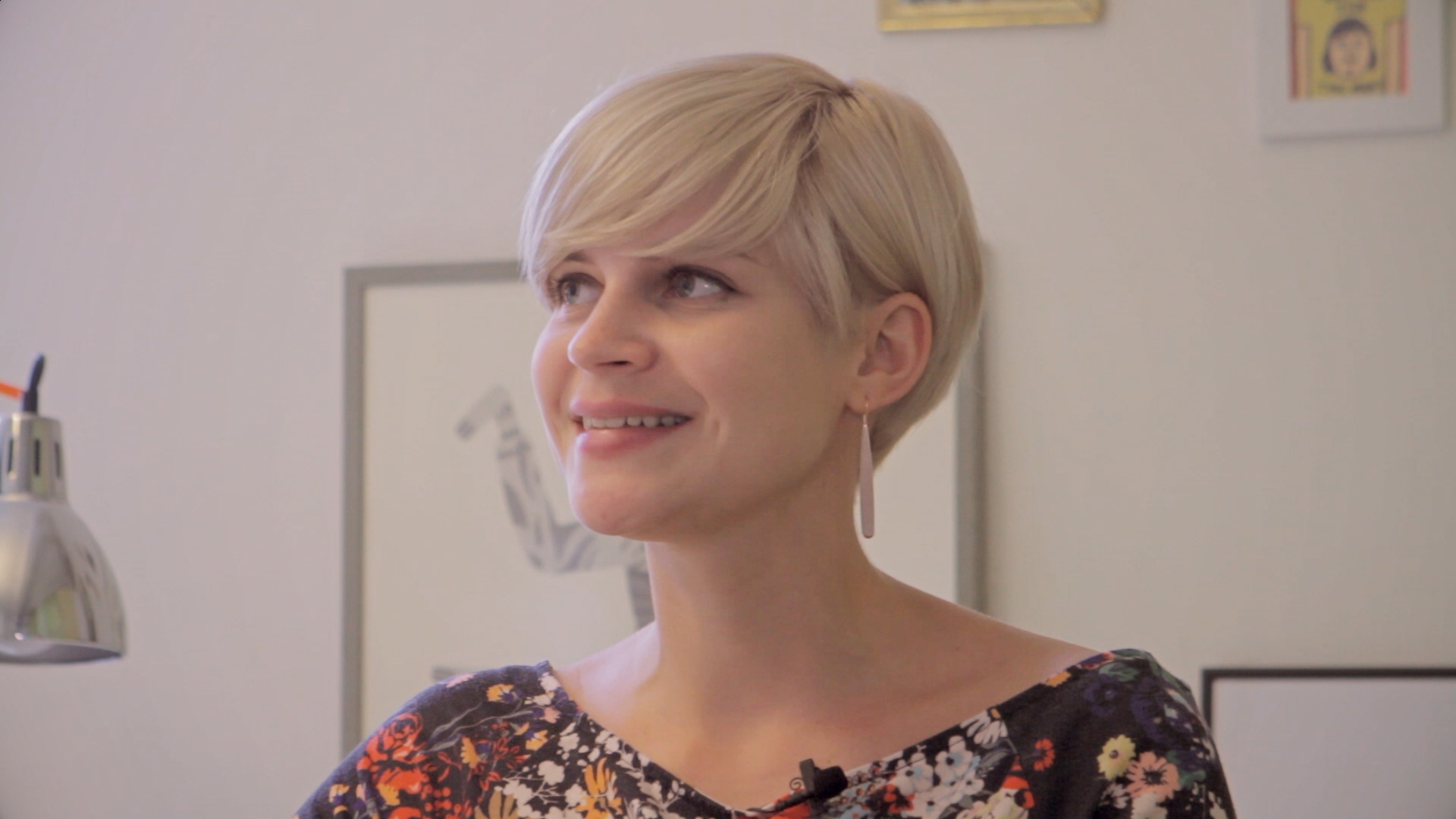
Susann Stötzner2D-Animatorin
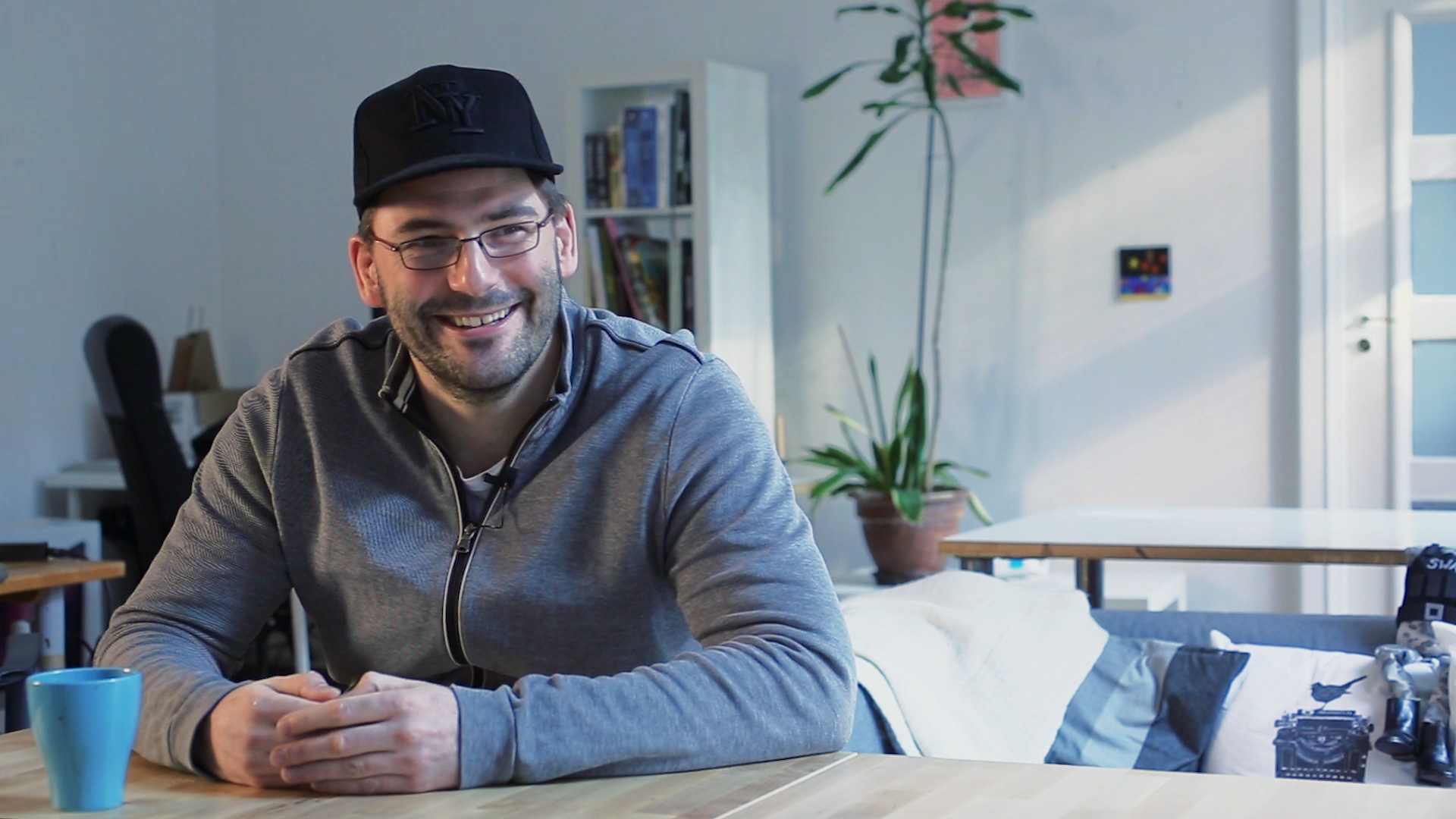
Alexander GellnerZeichner & Filmemacher
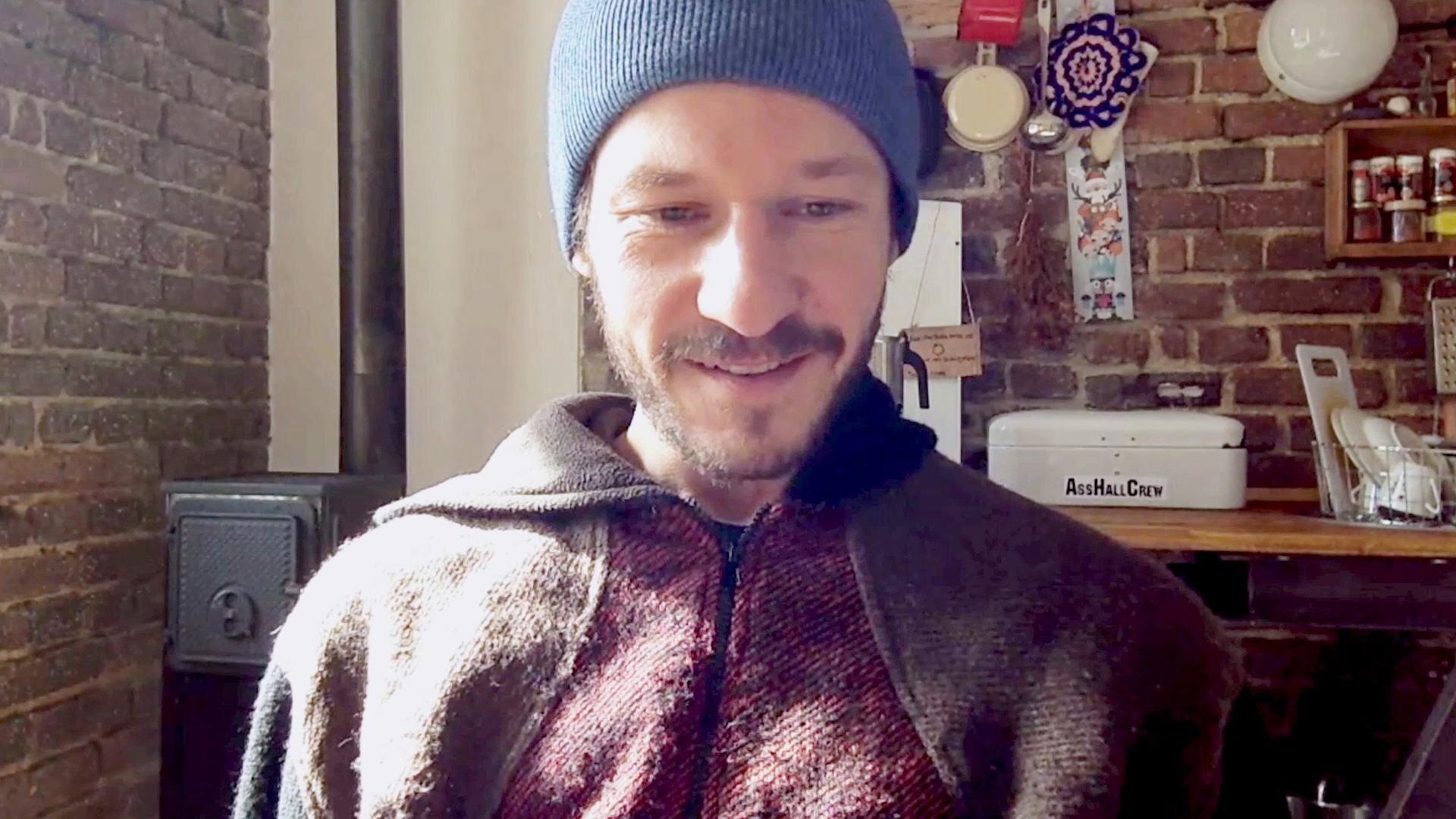
René EckertFilmemacher & Fotograf
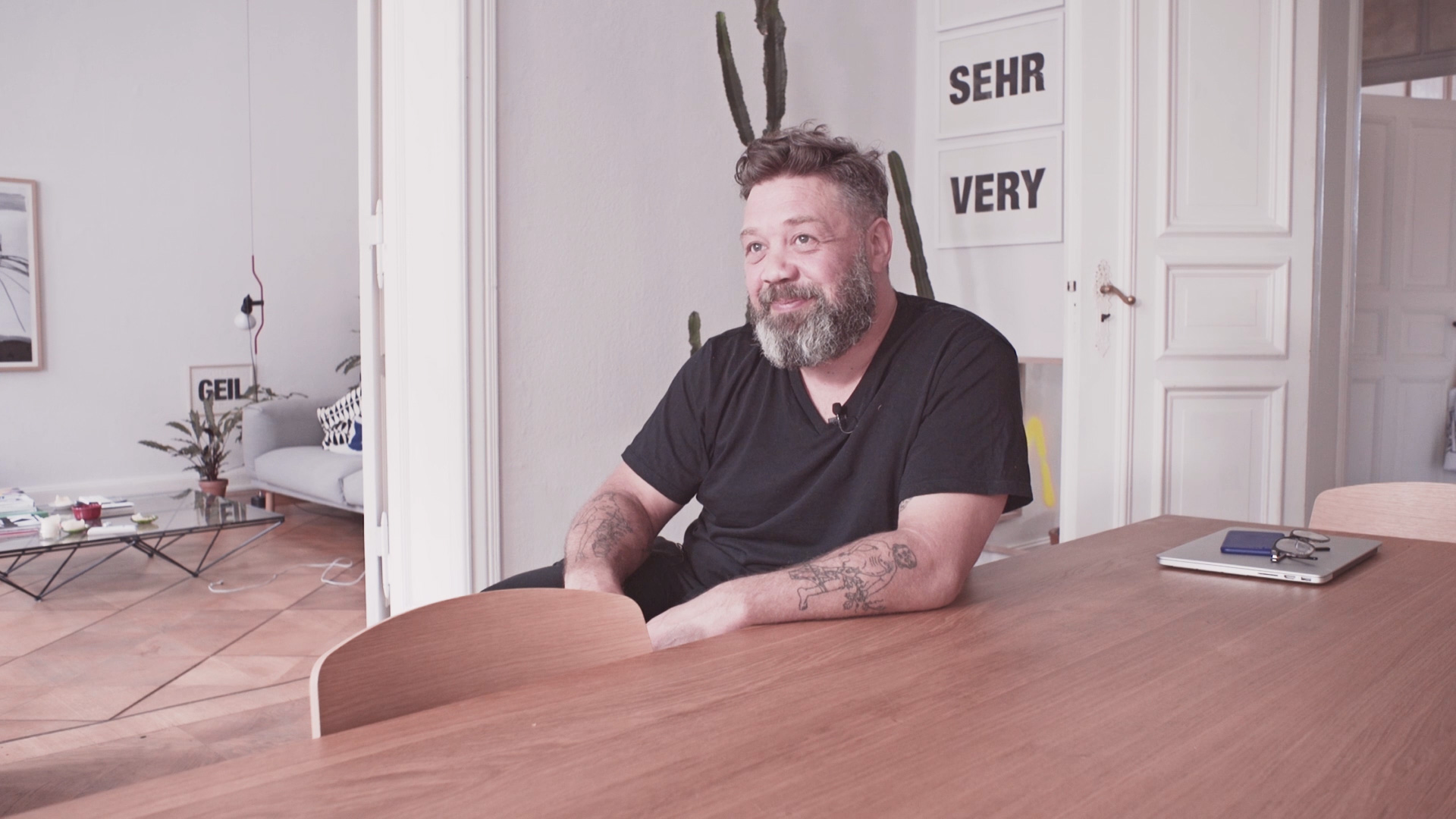
Eike KönigGestalter
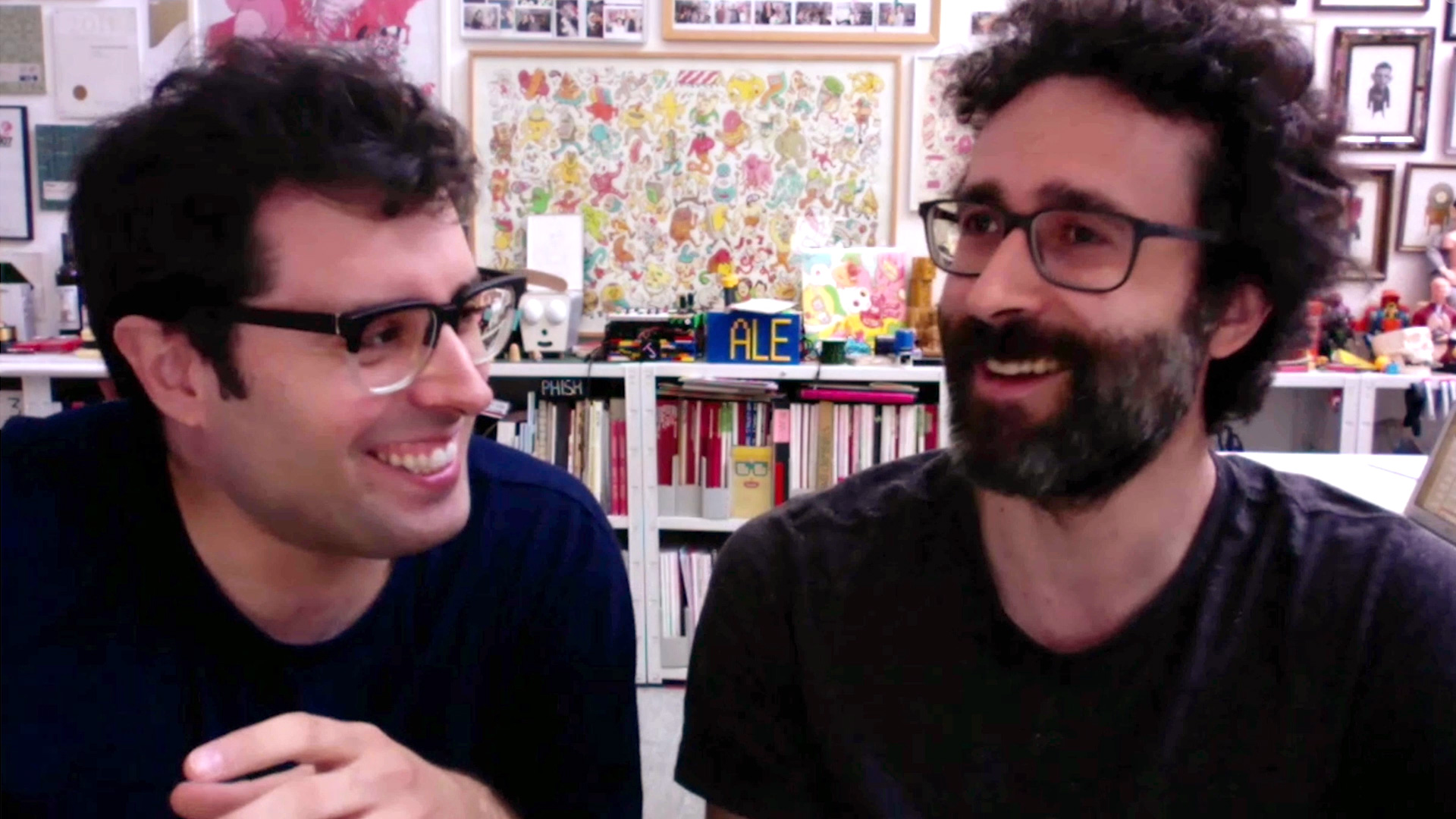
BrosmindIllustratoren & Künstler
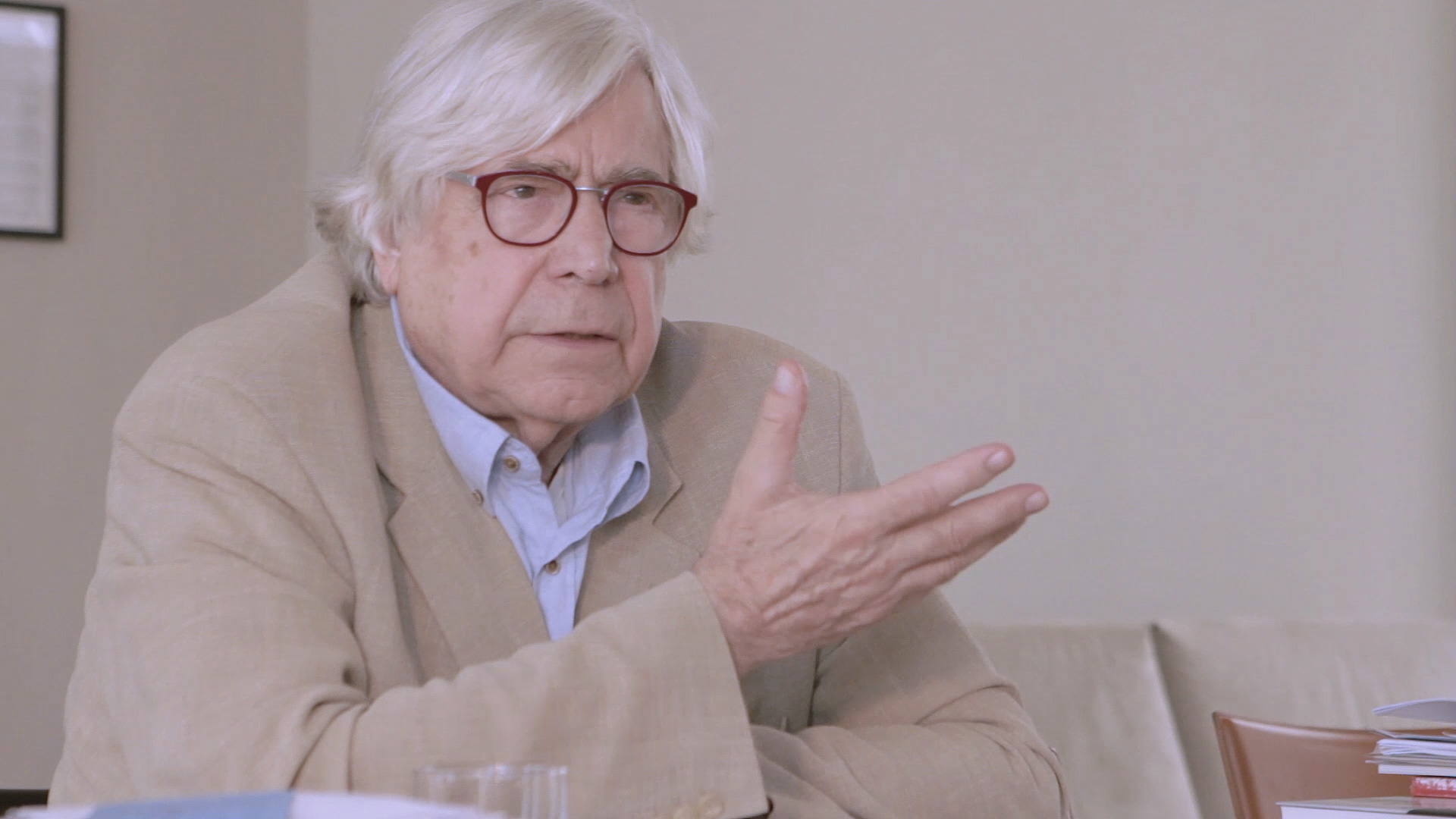
Bazon BrockKünstler & Kulturkritiker
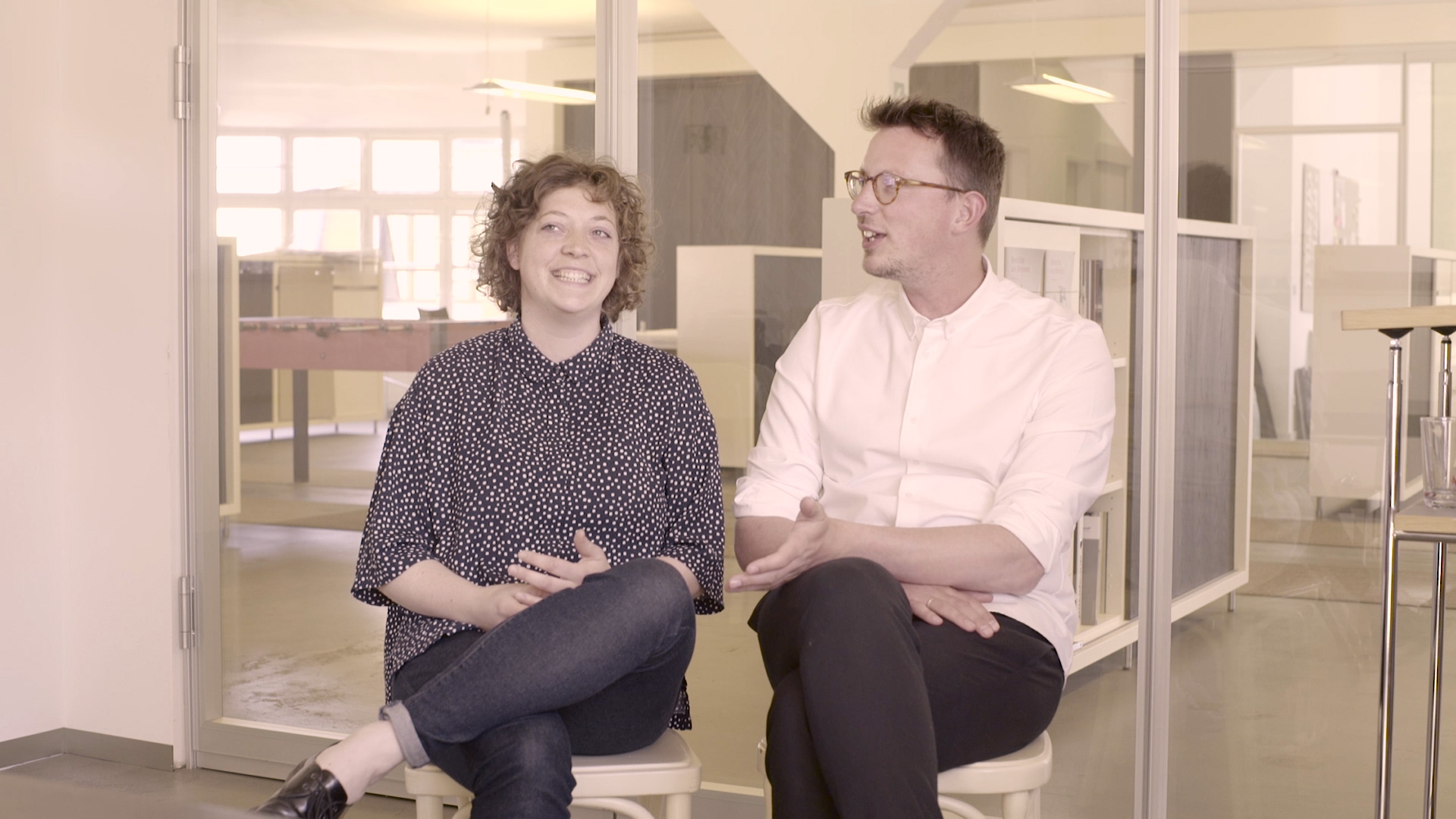
From FormDesigner & Filmmacher
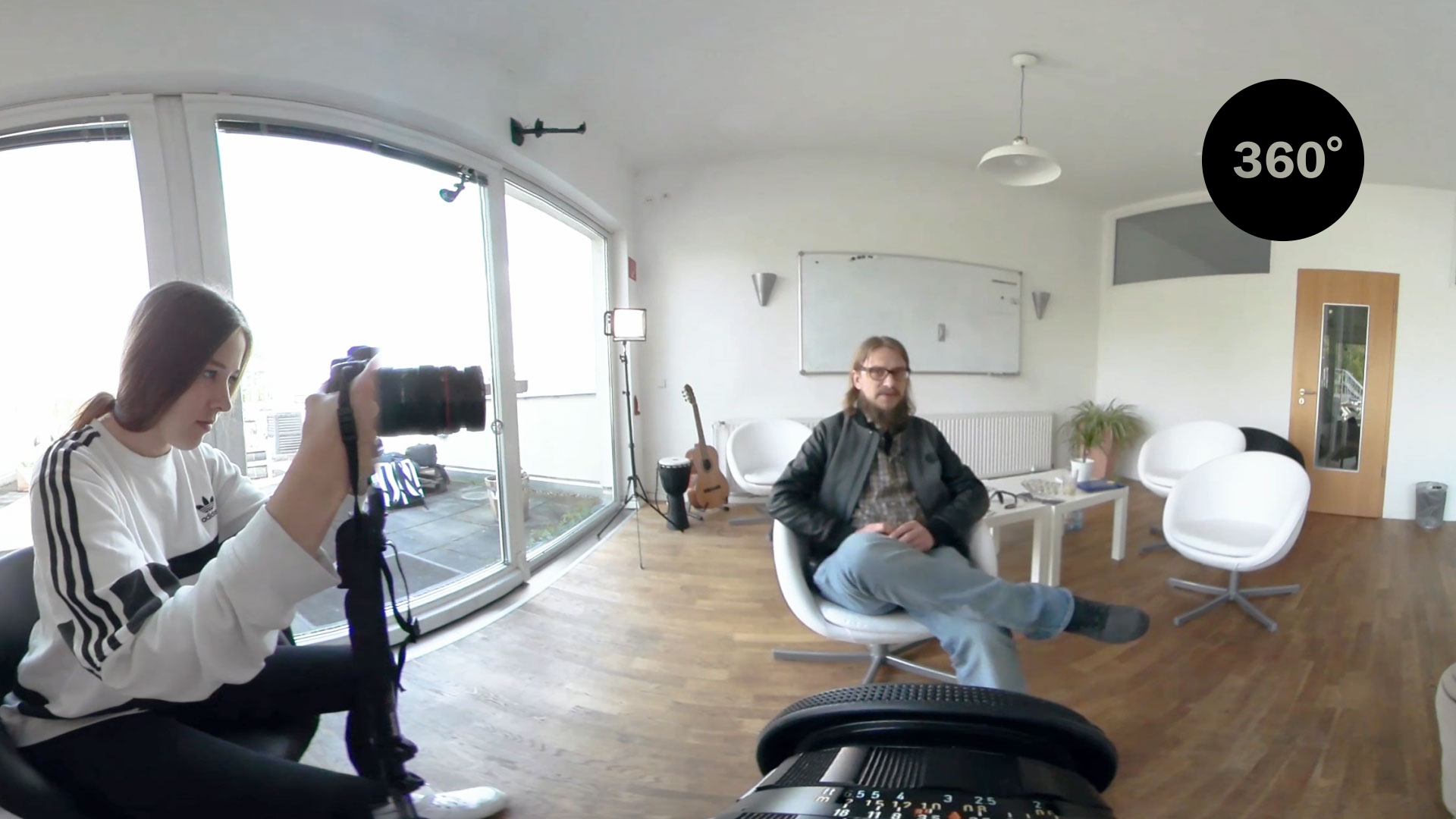
Sönke KirchhoffFilmemacher
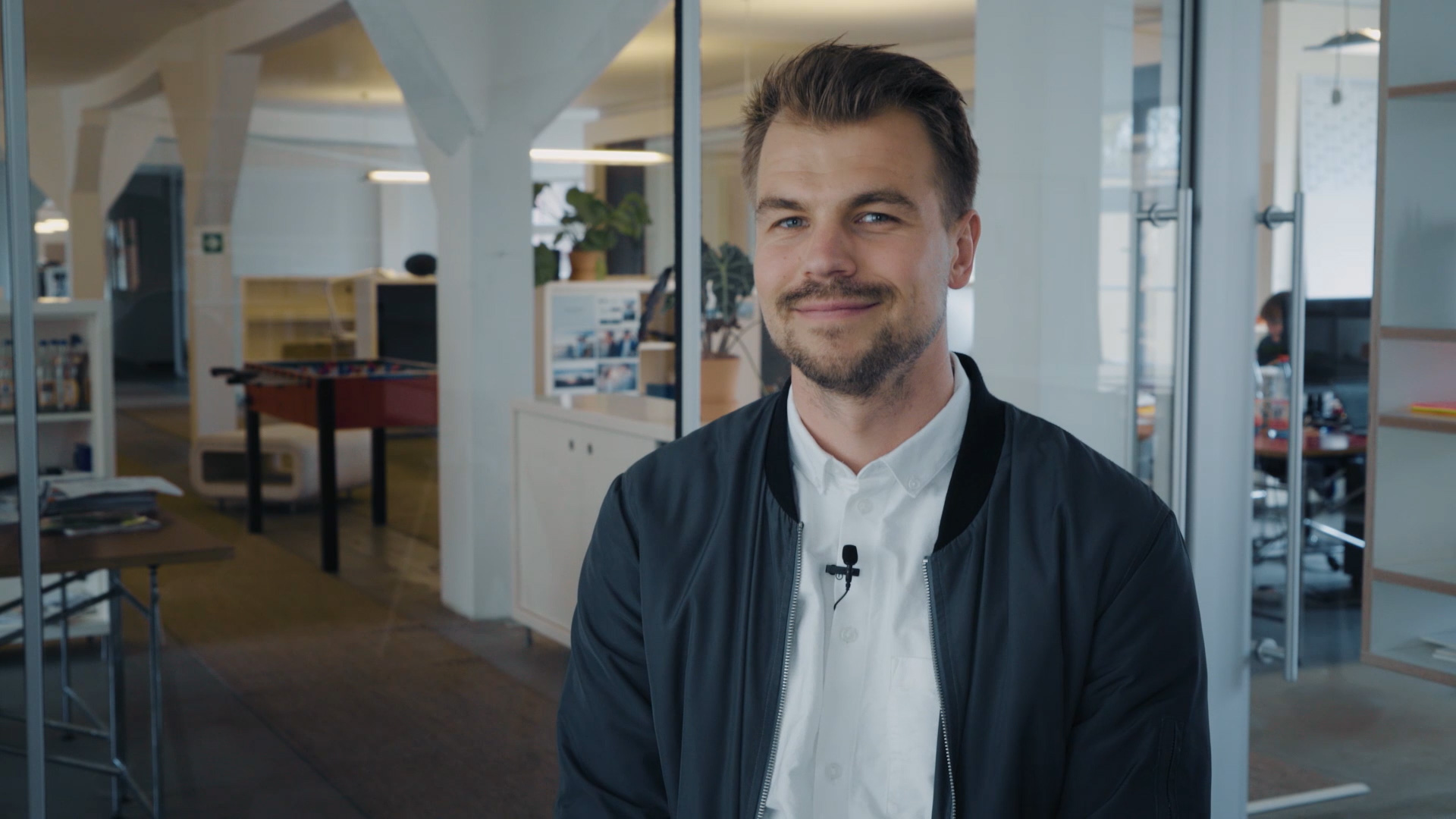
Holger JungnickelKameramann
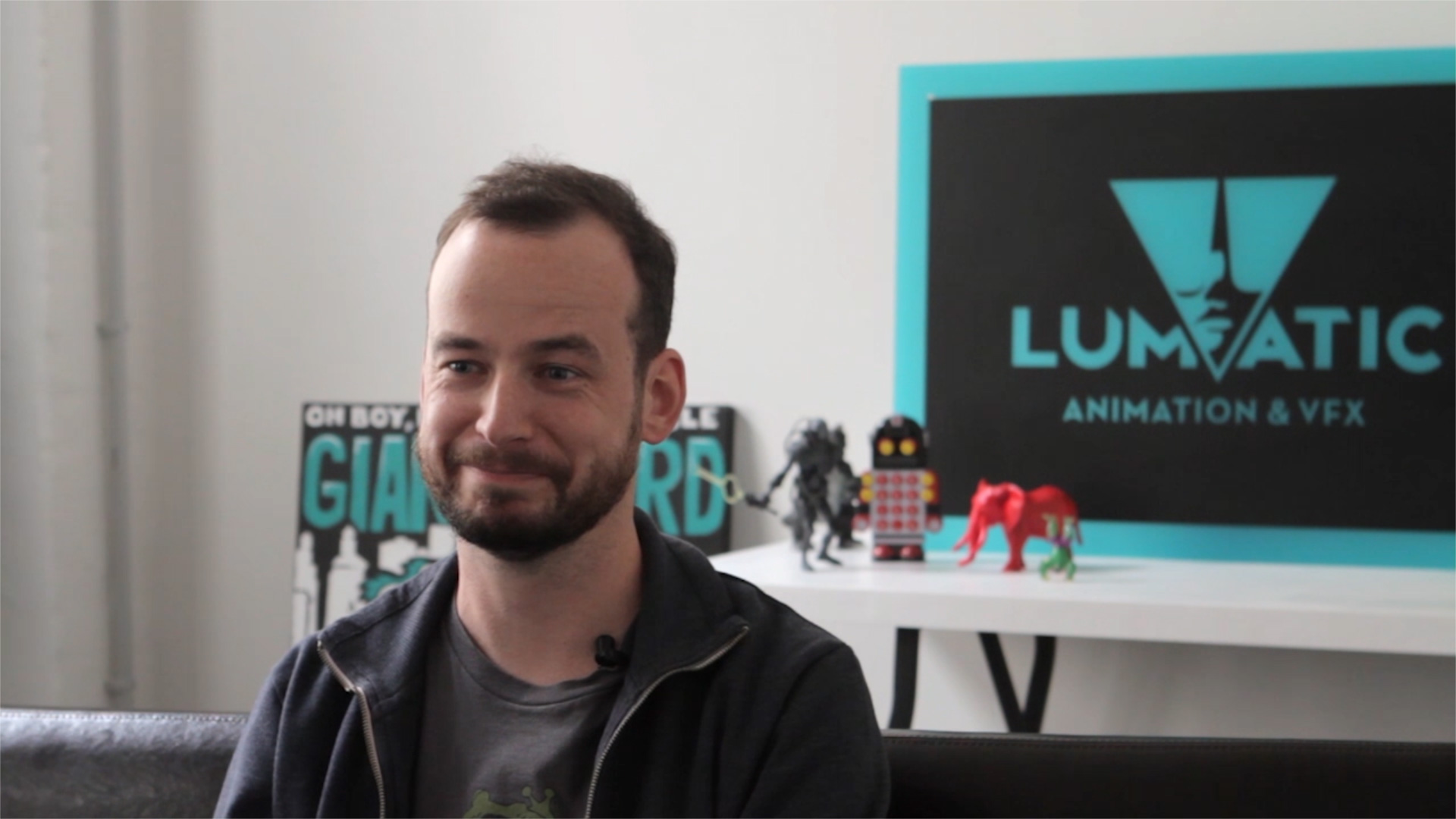
Lars KrügerAnimator & Co-Founder Lumatic
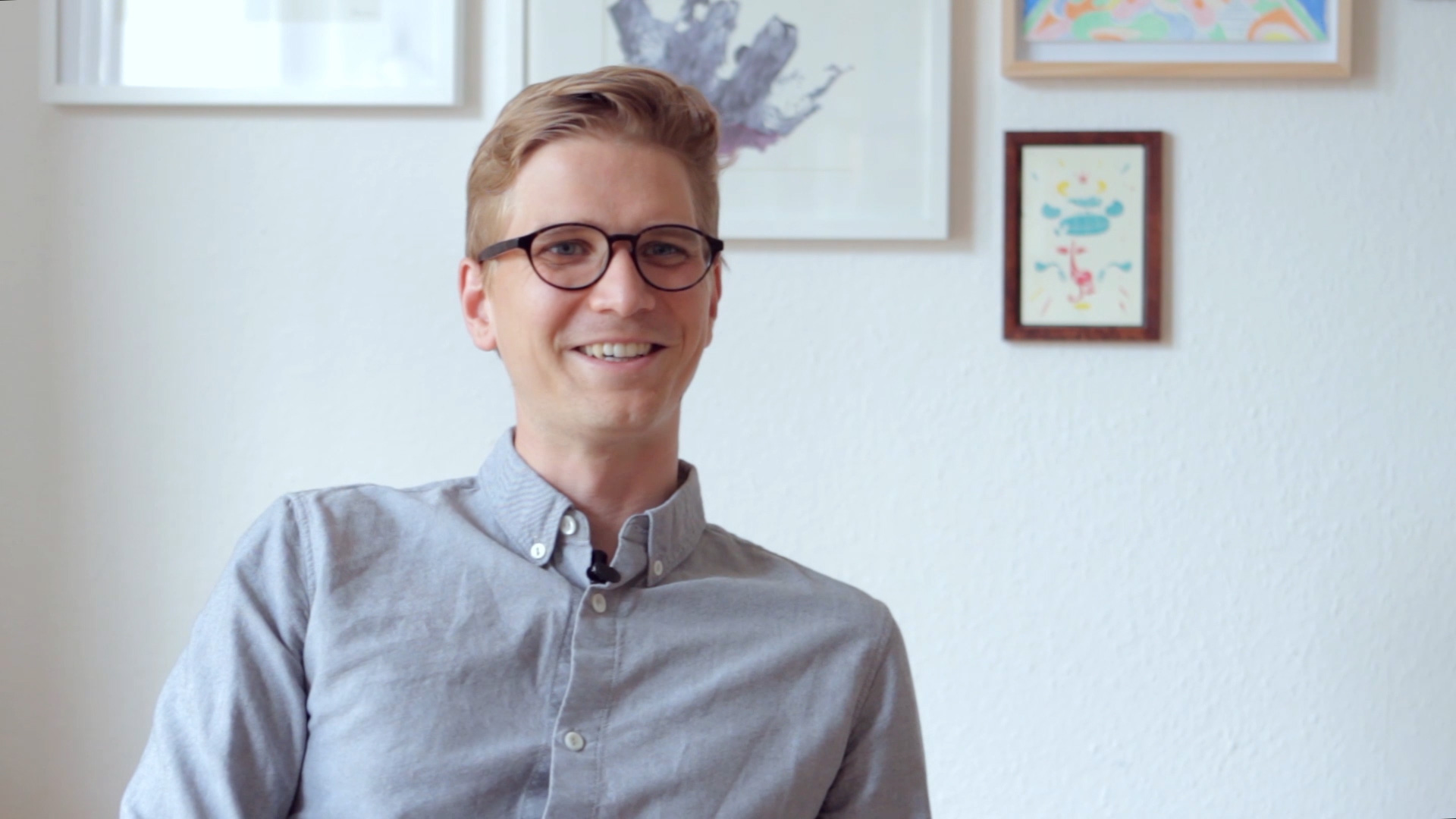
Conrad OstwaldAnimator & Compositor
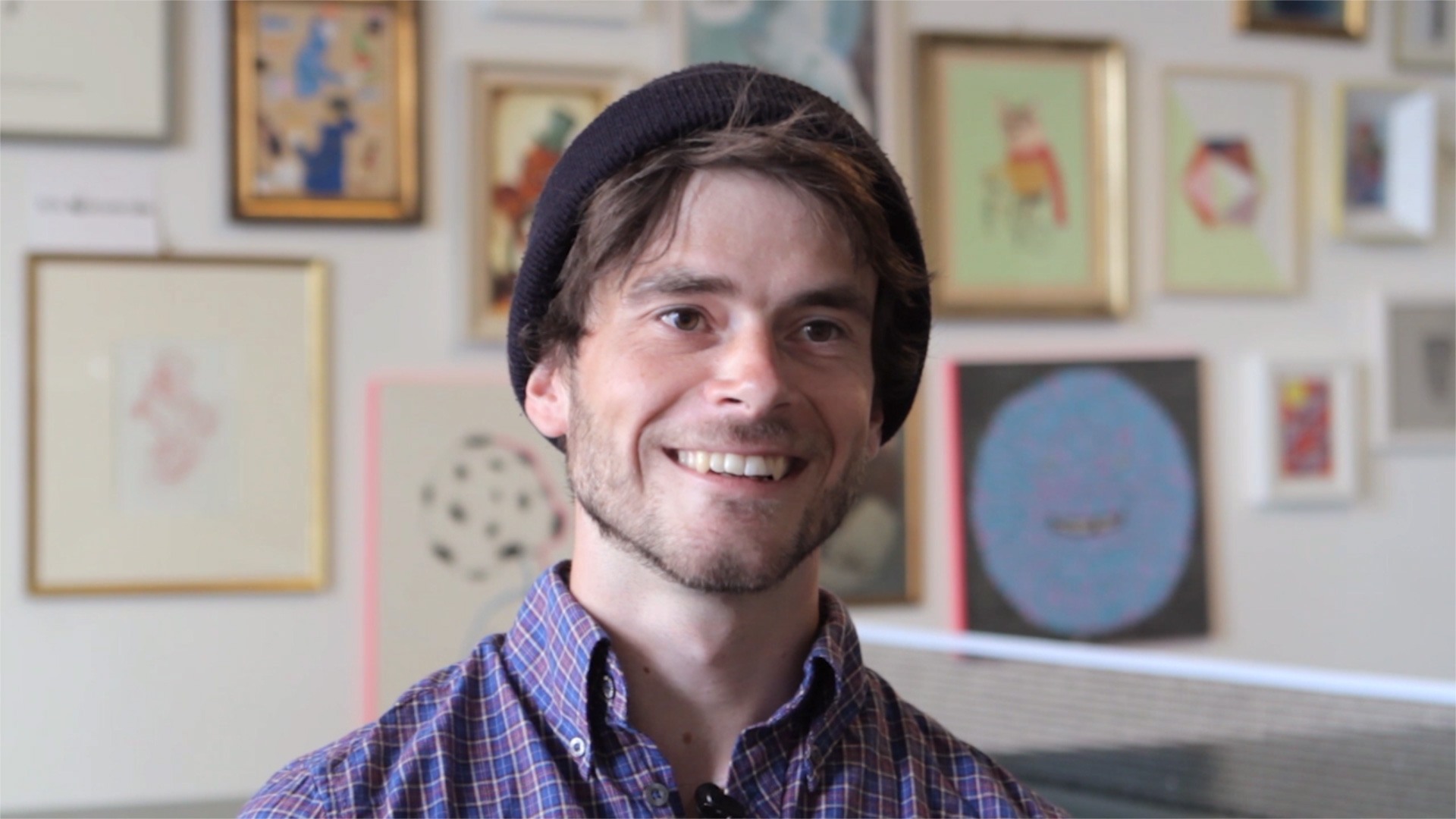
Kristian BarthenFotograf
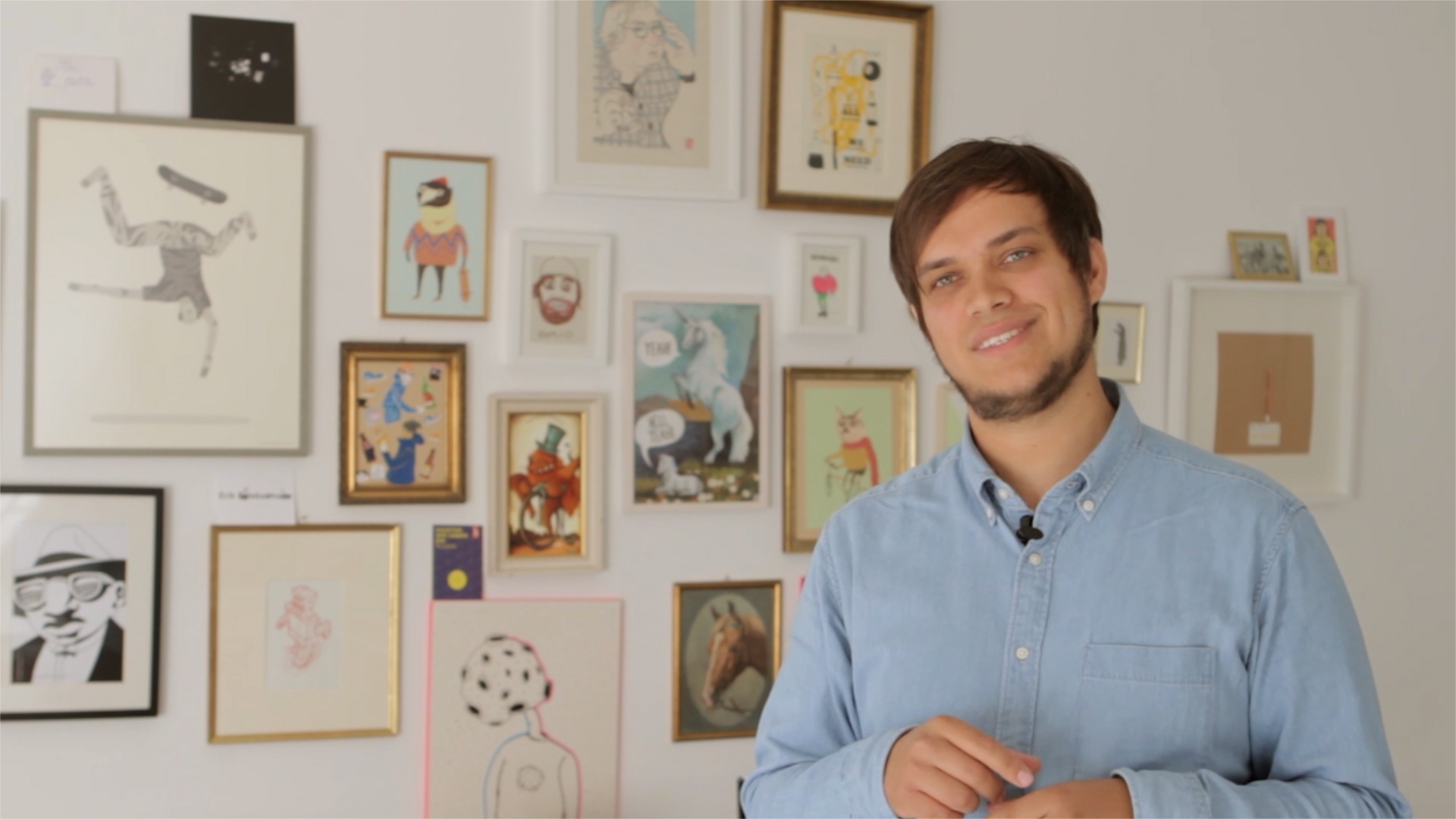
Mario GorniokArt Director, Motion Designer & Founder KEENLY
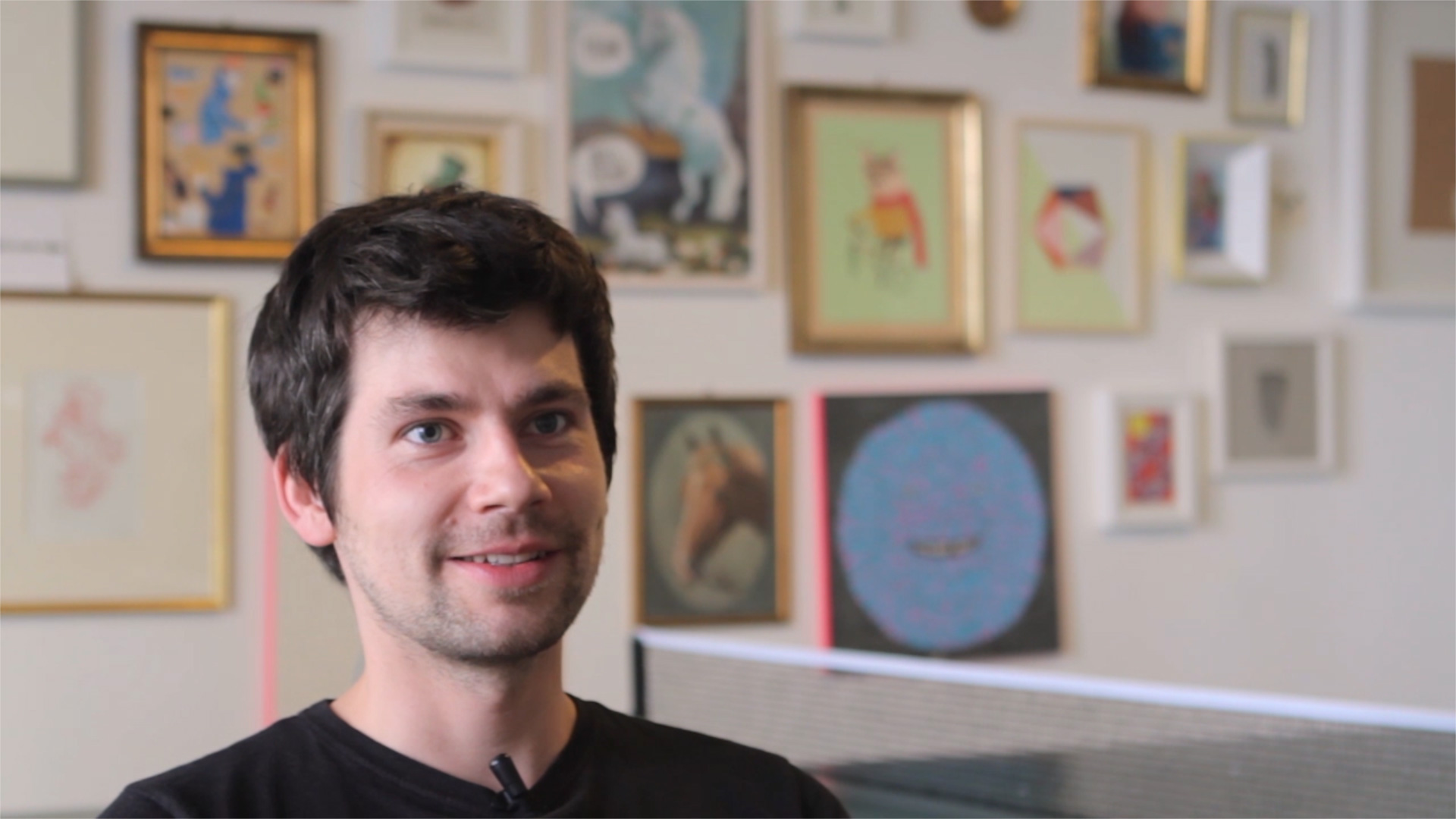
Robert LöbelIllustrator & Animator